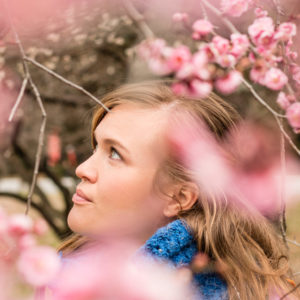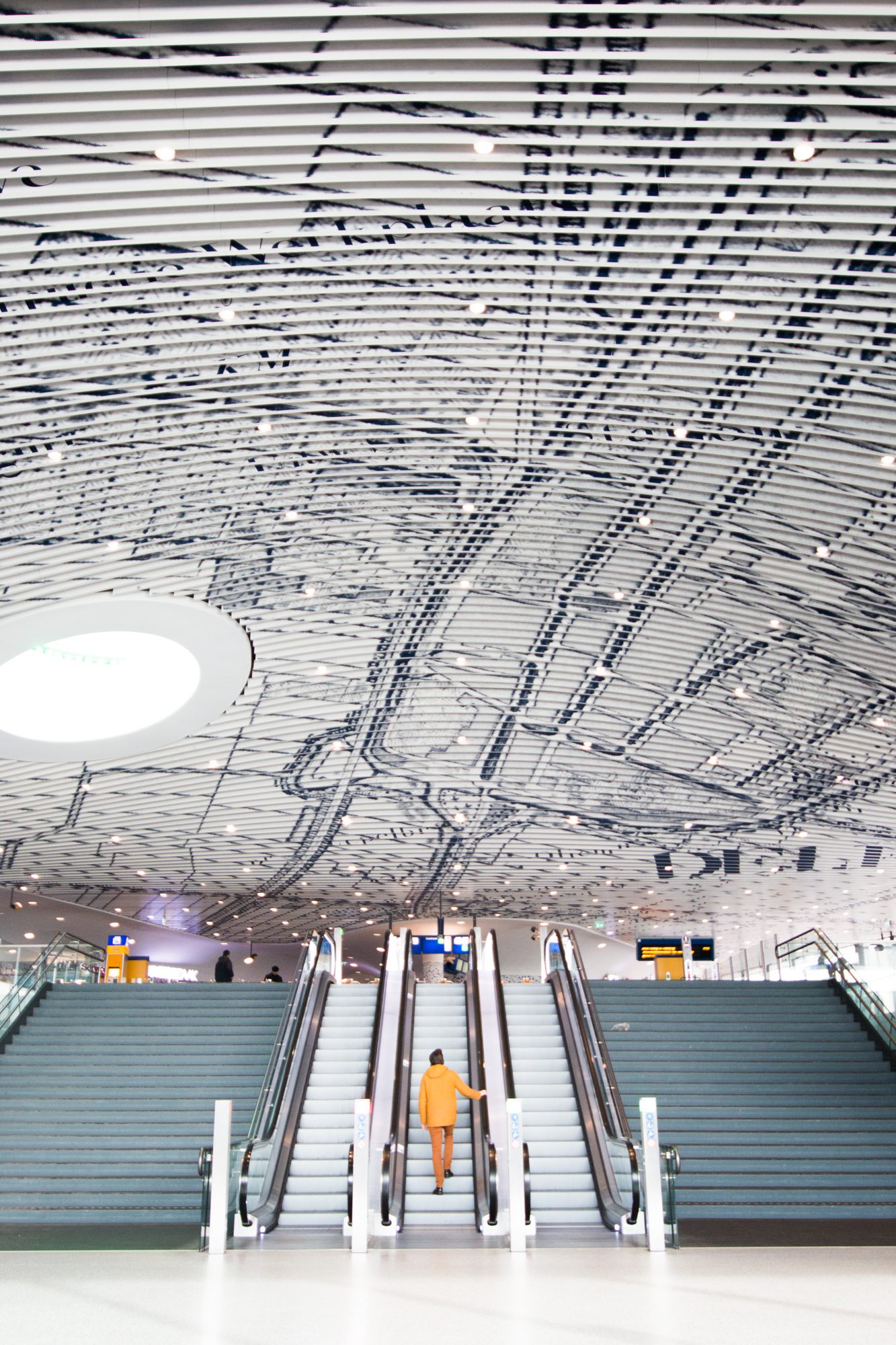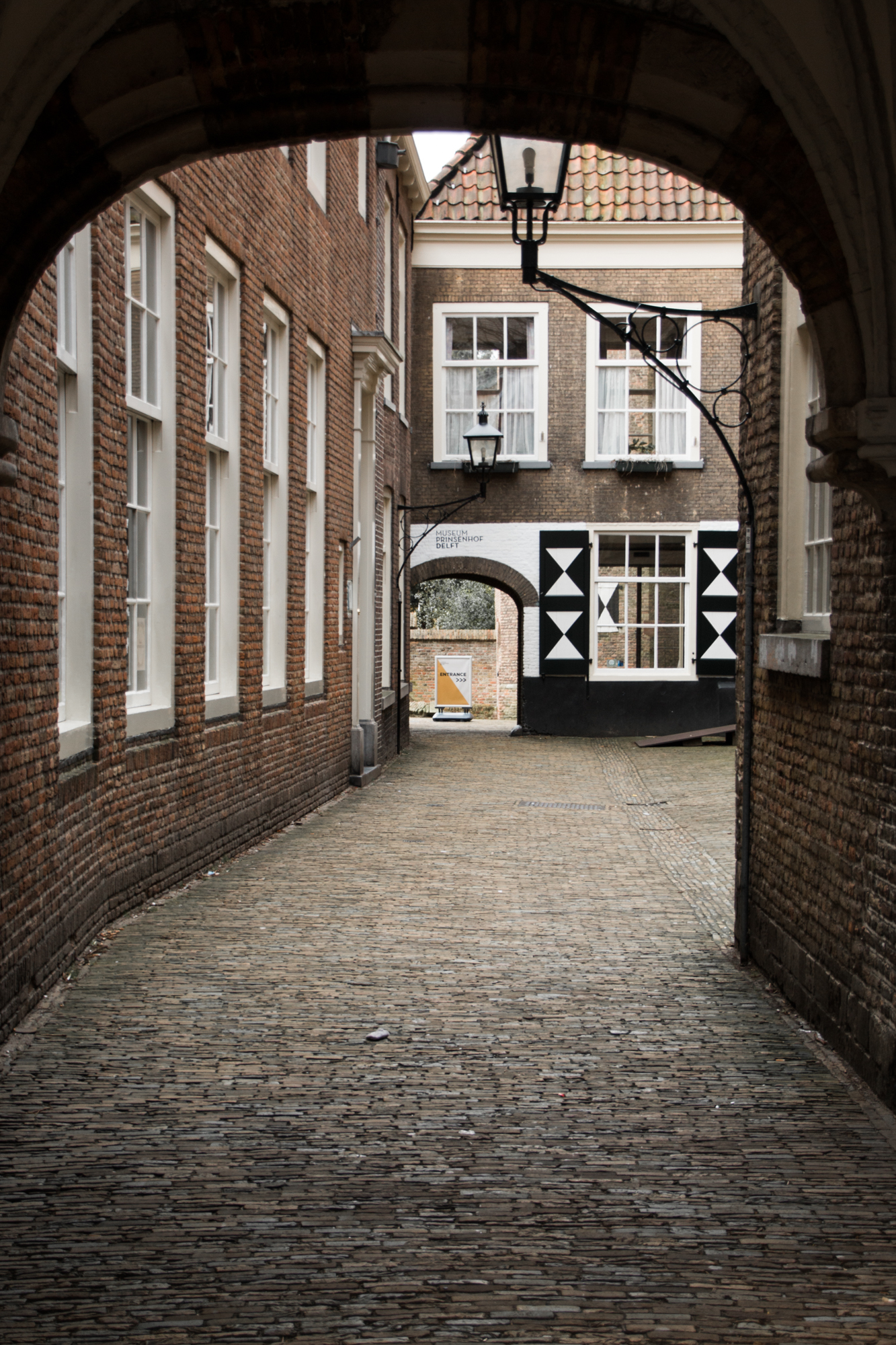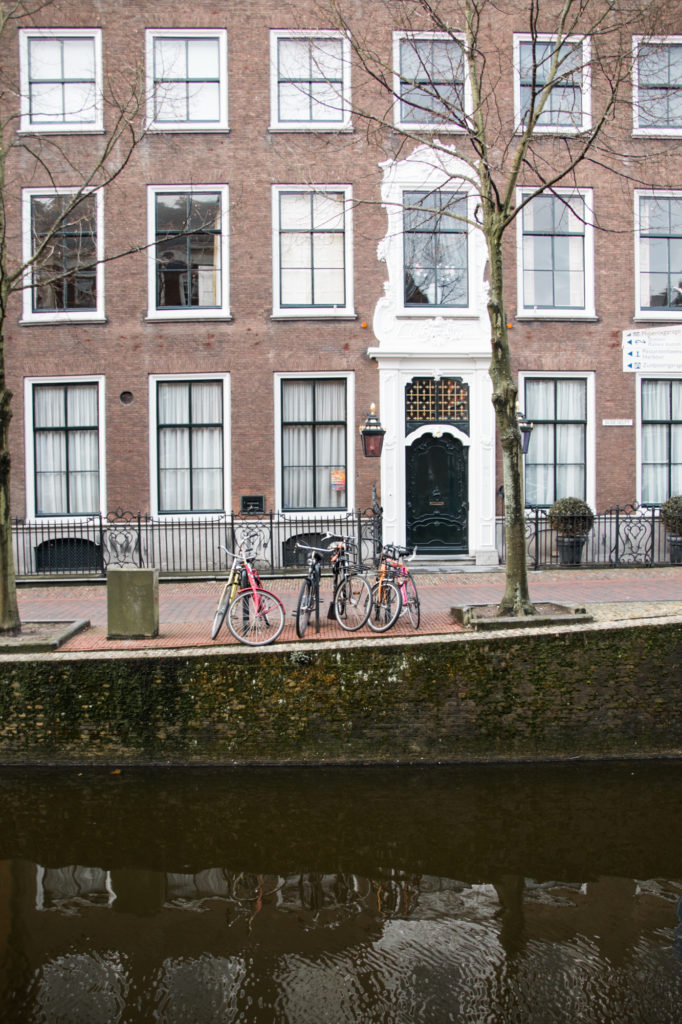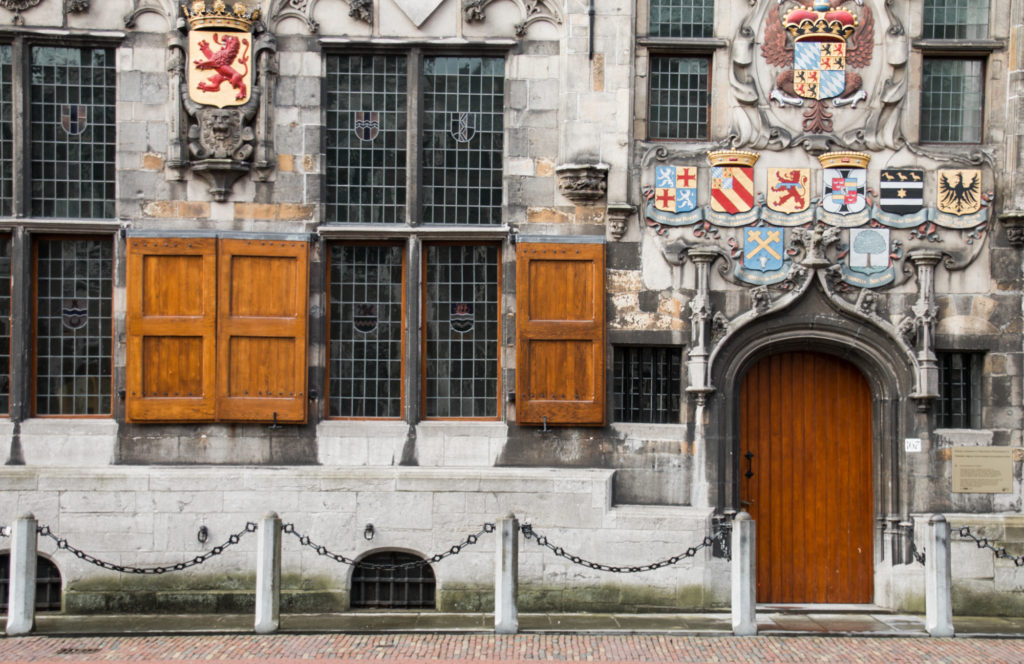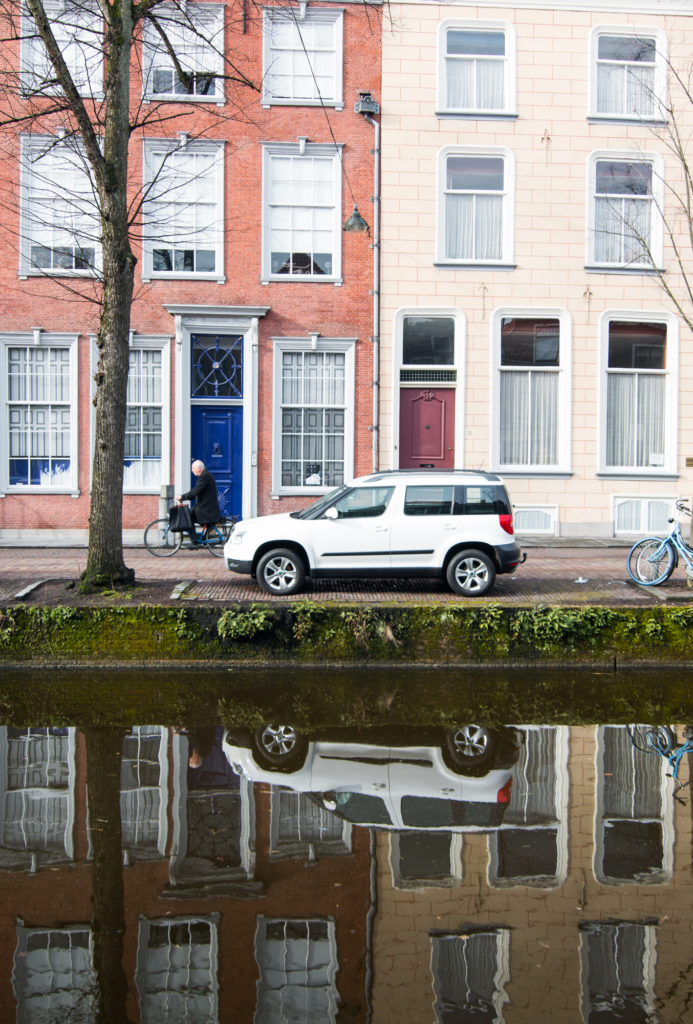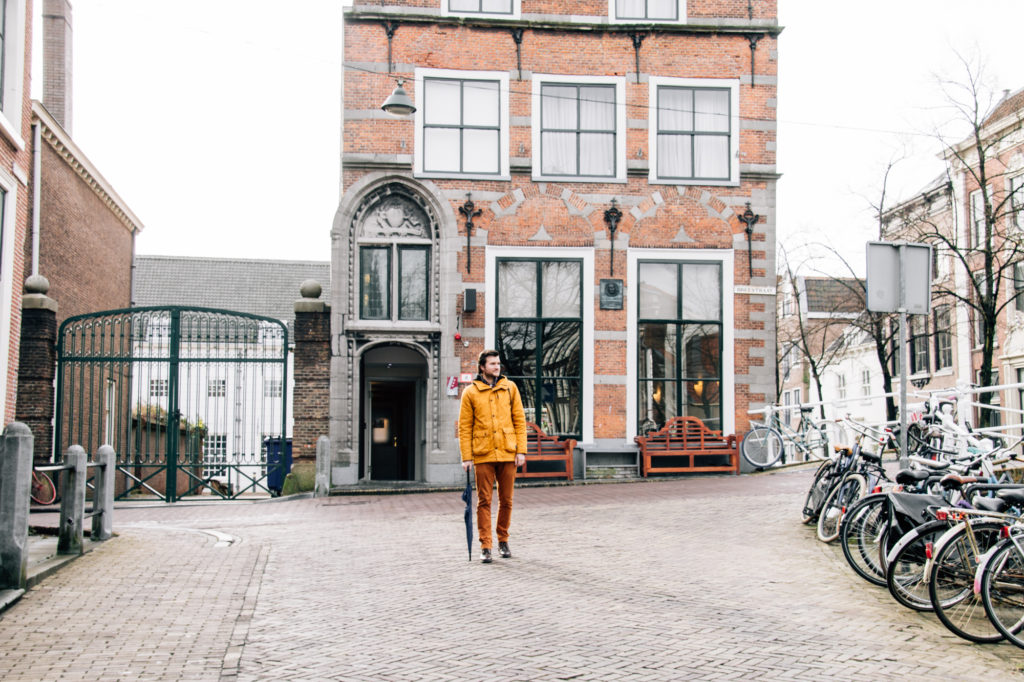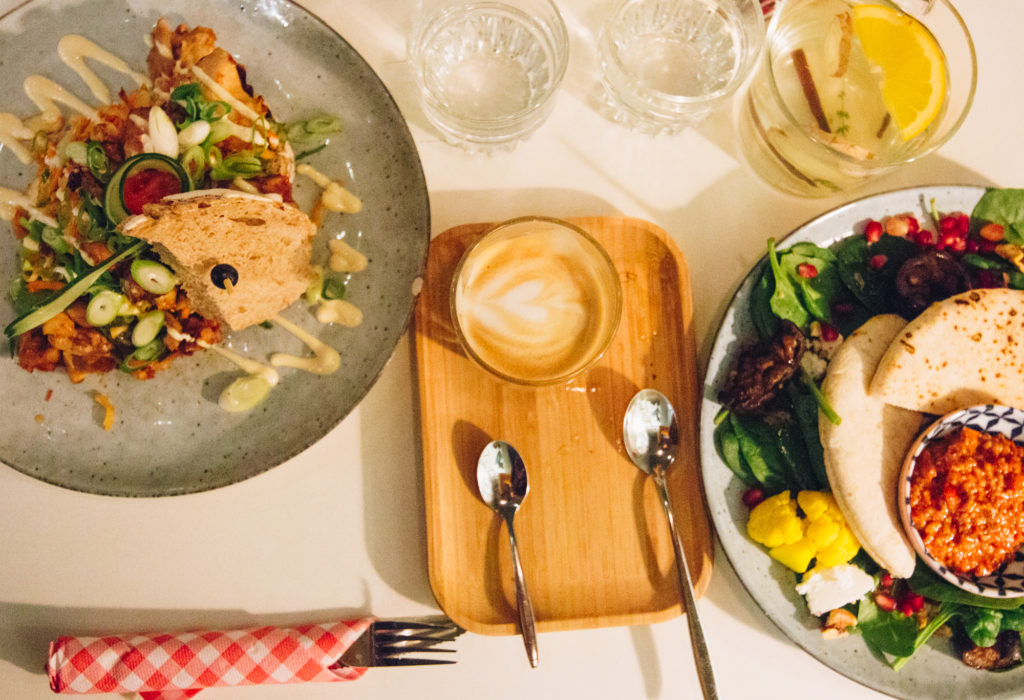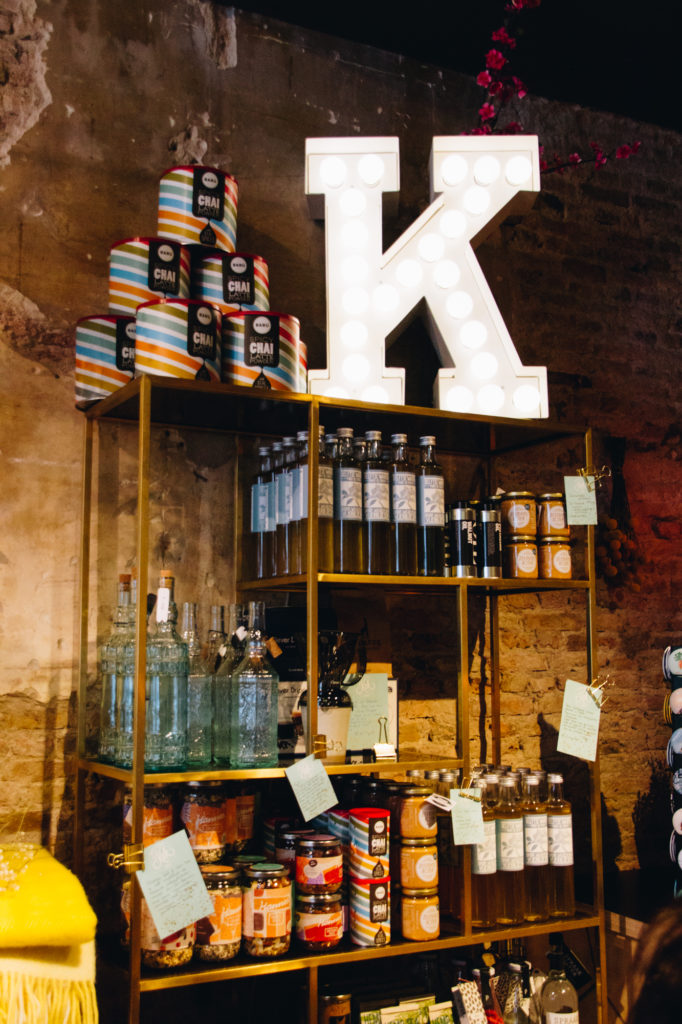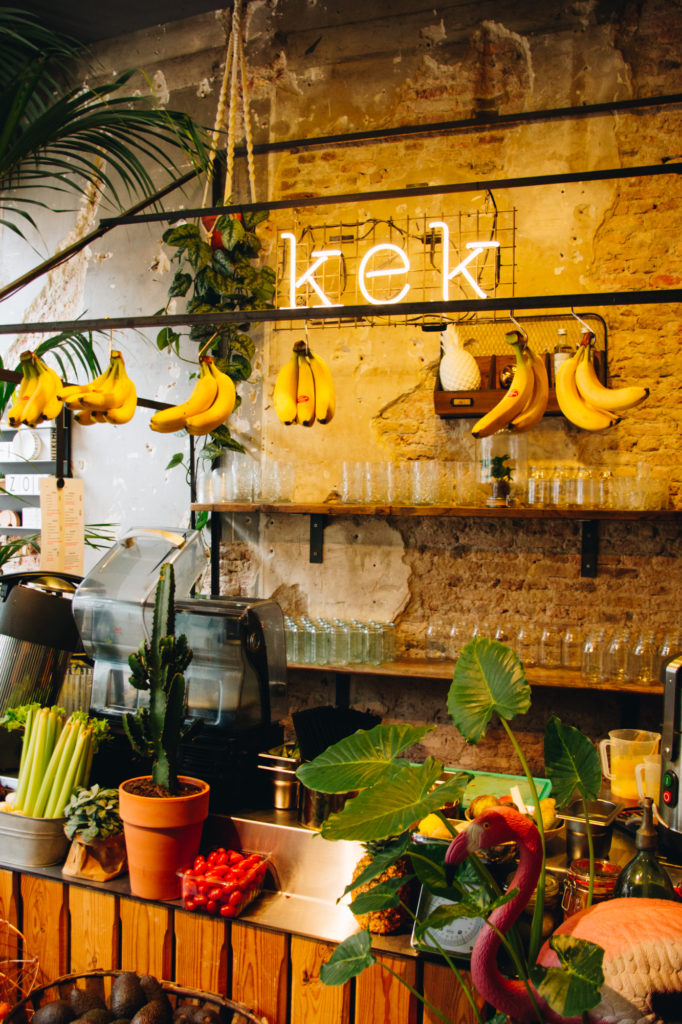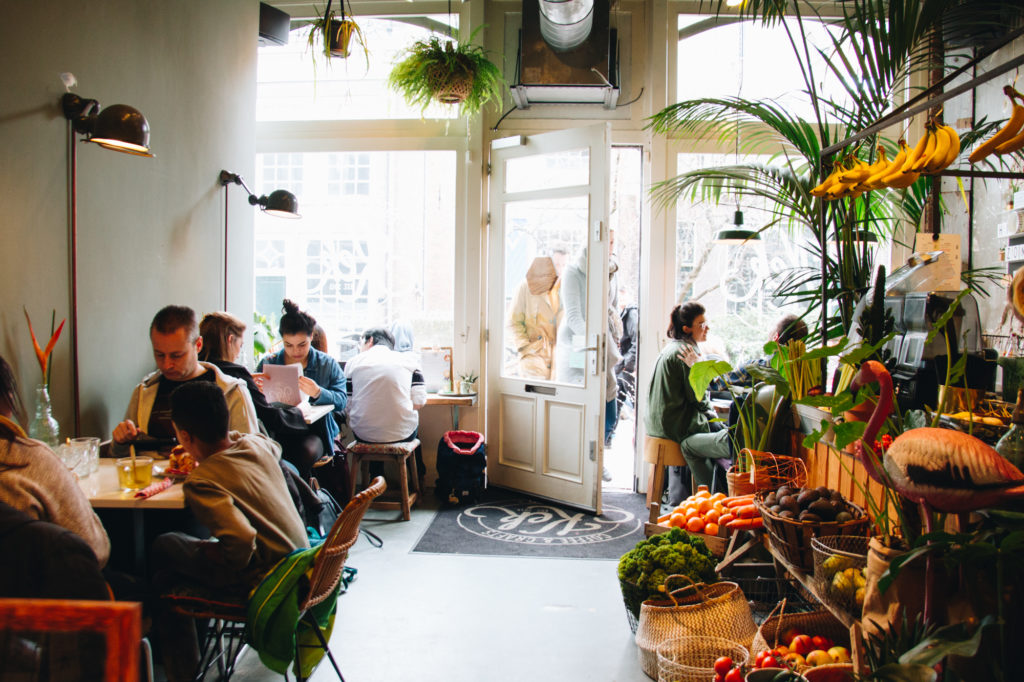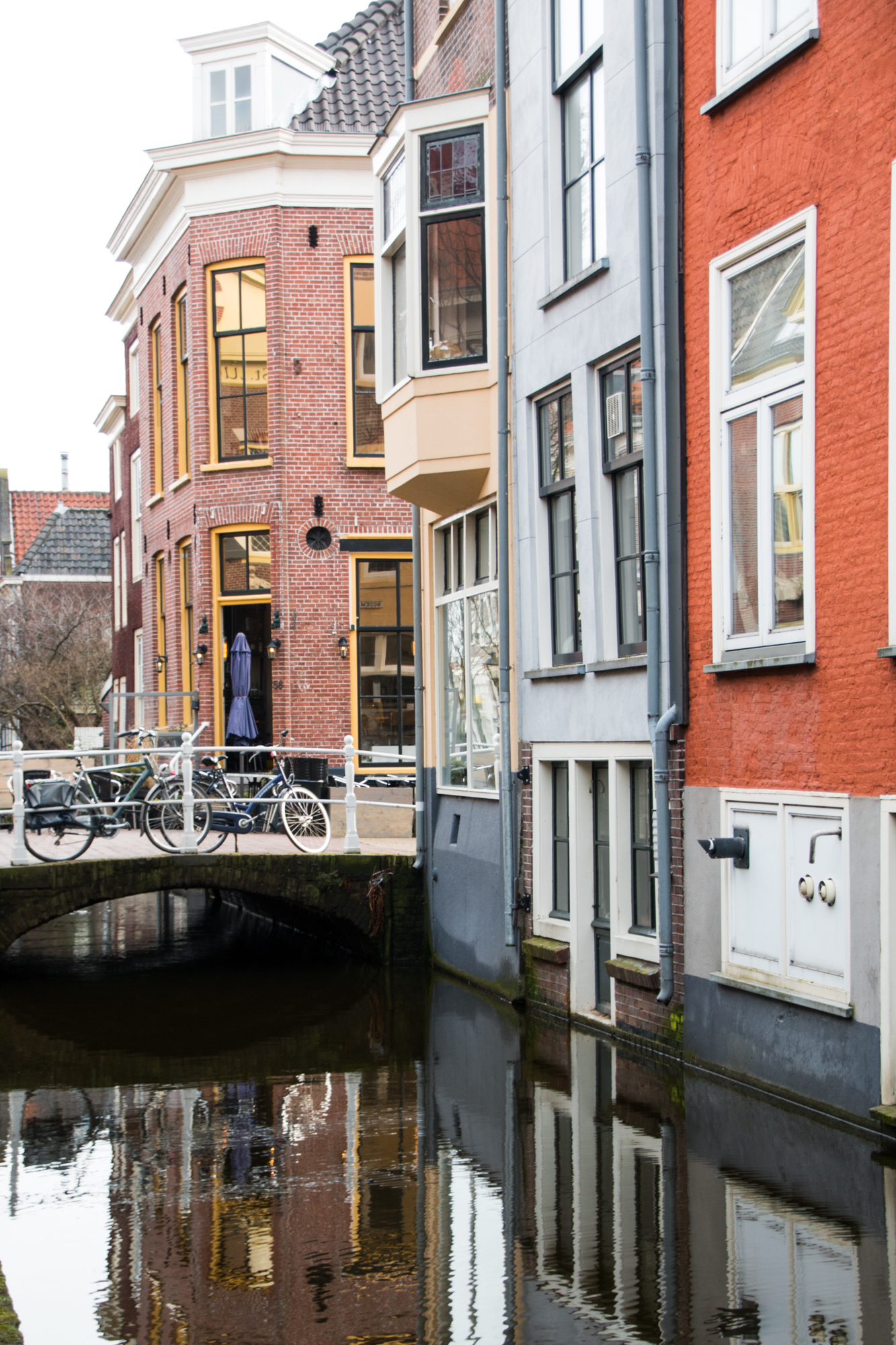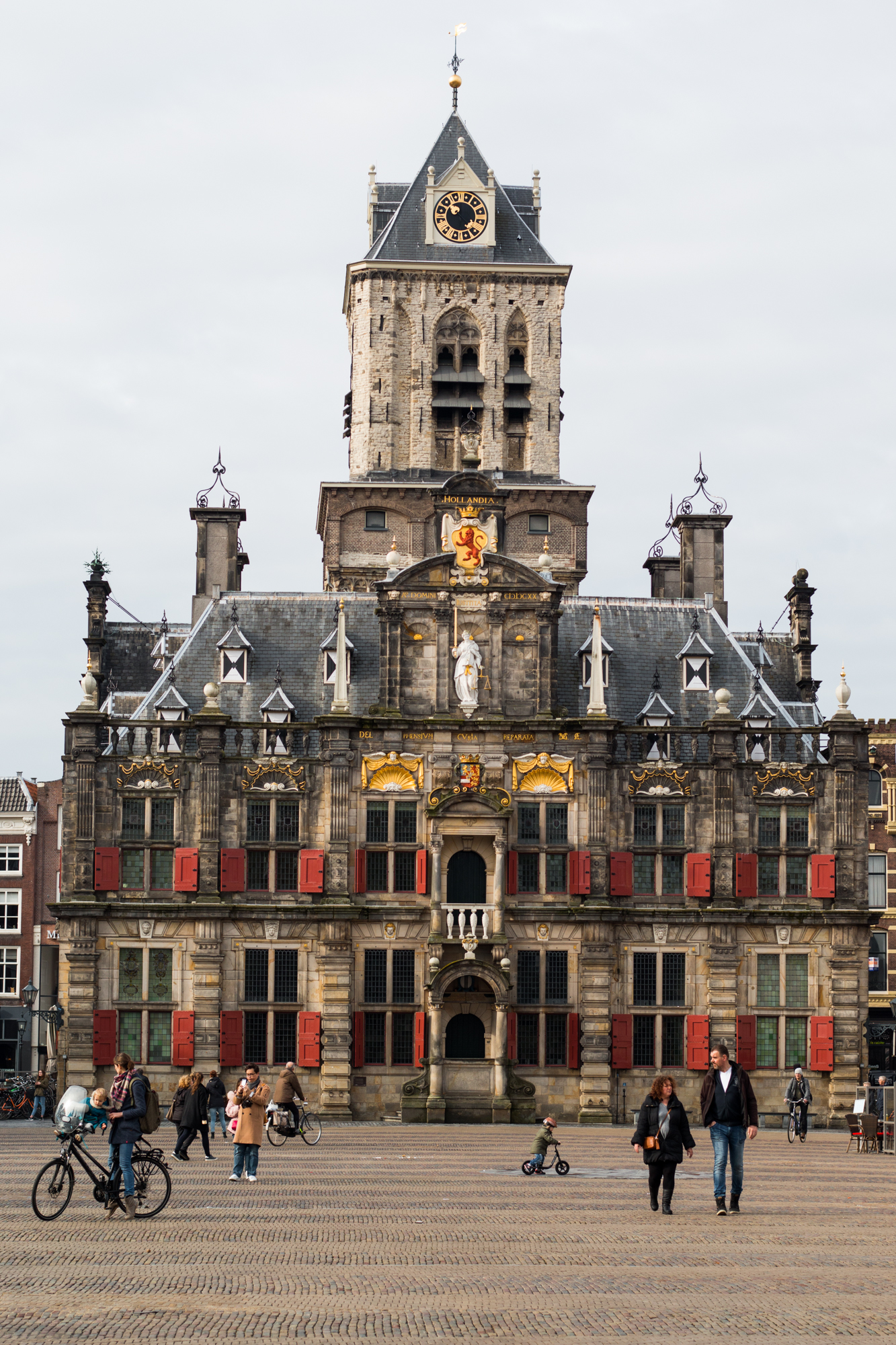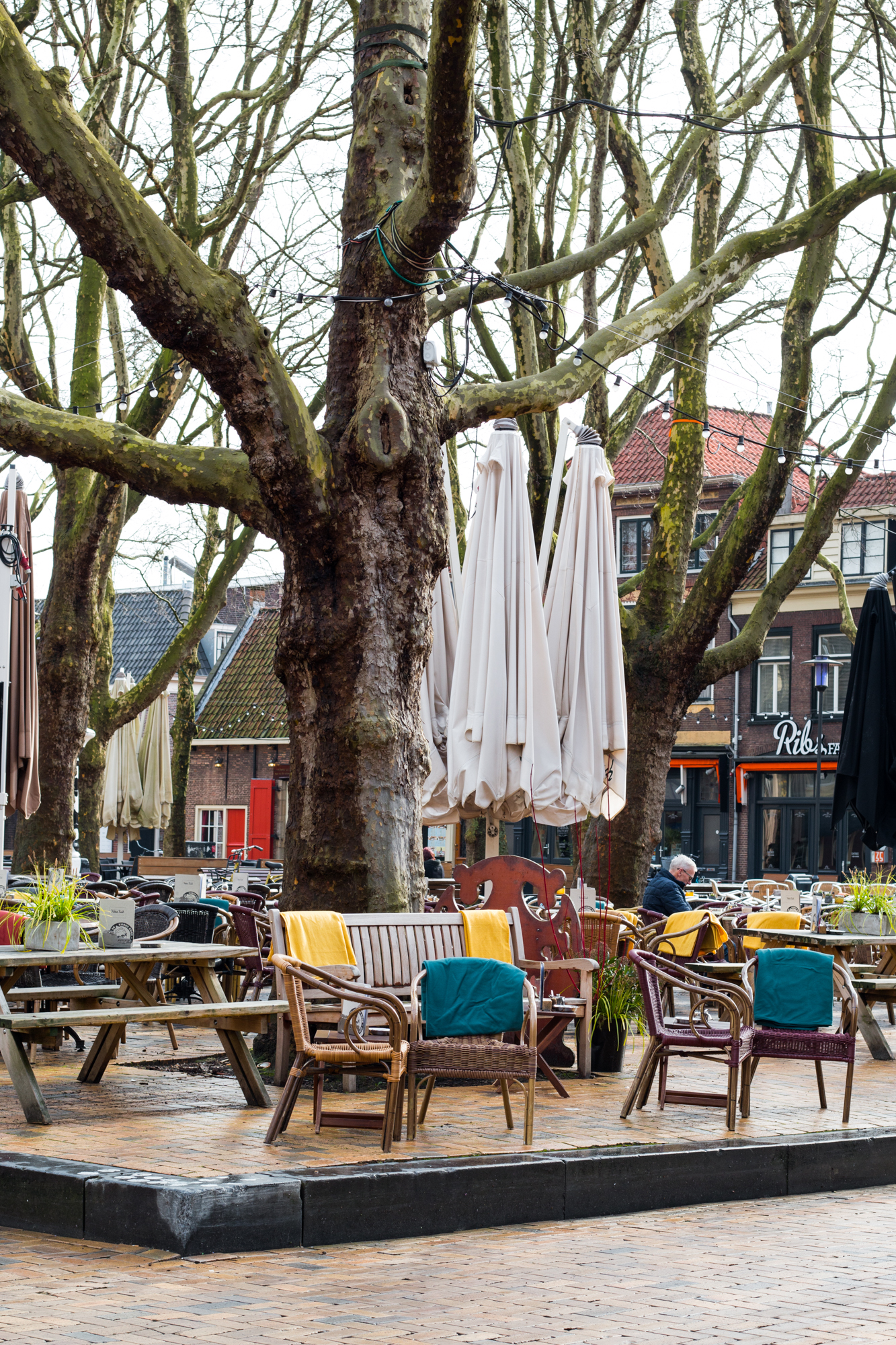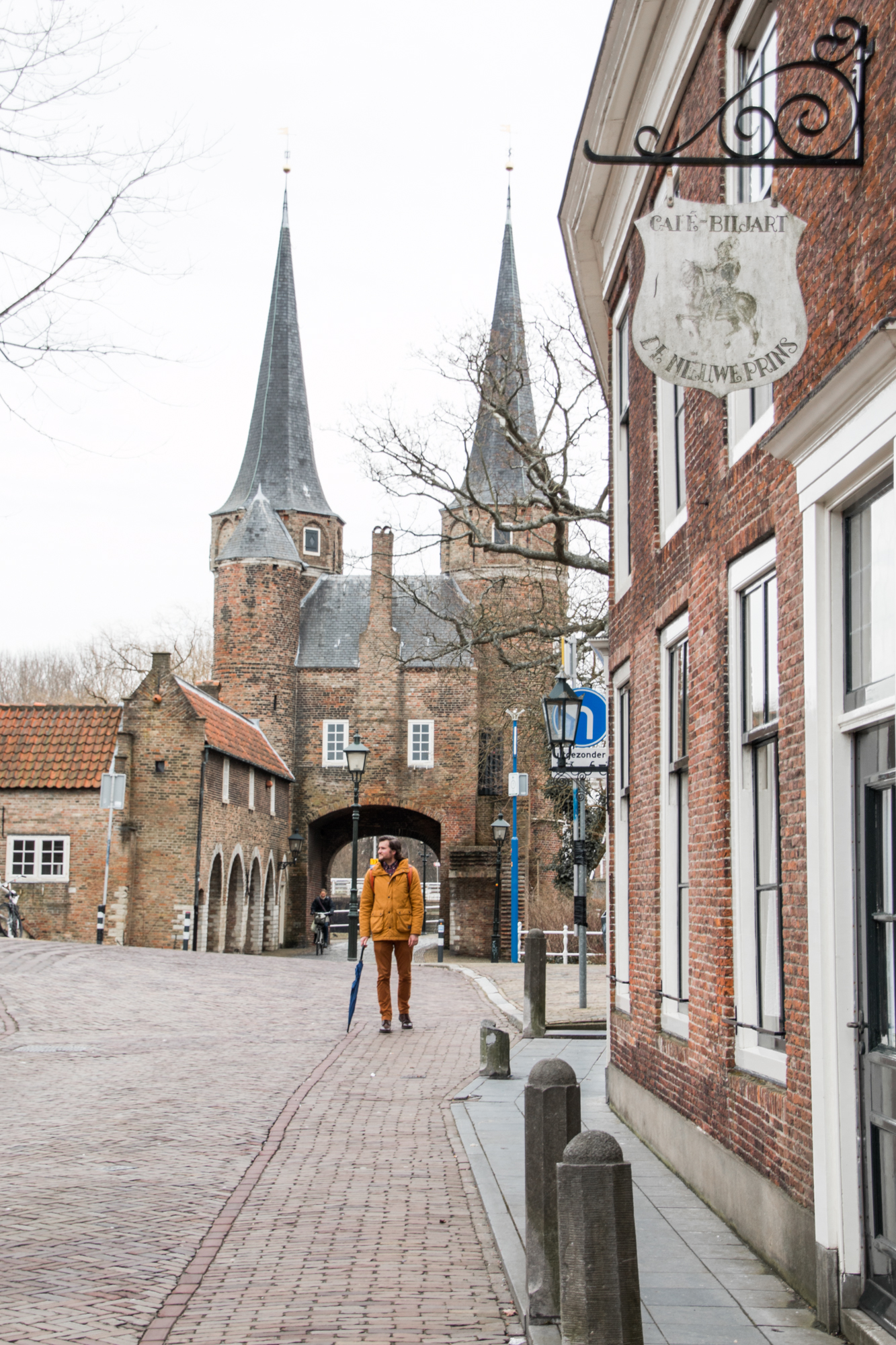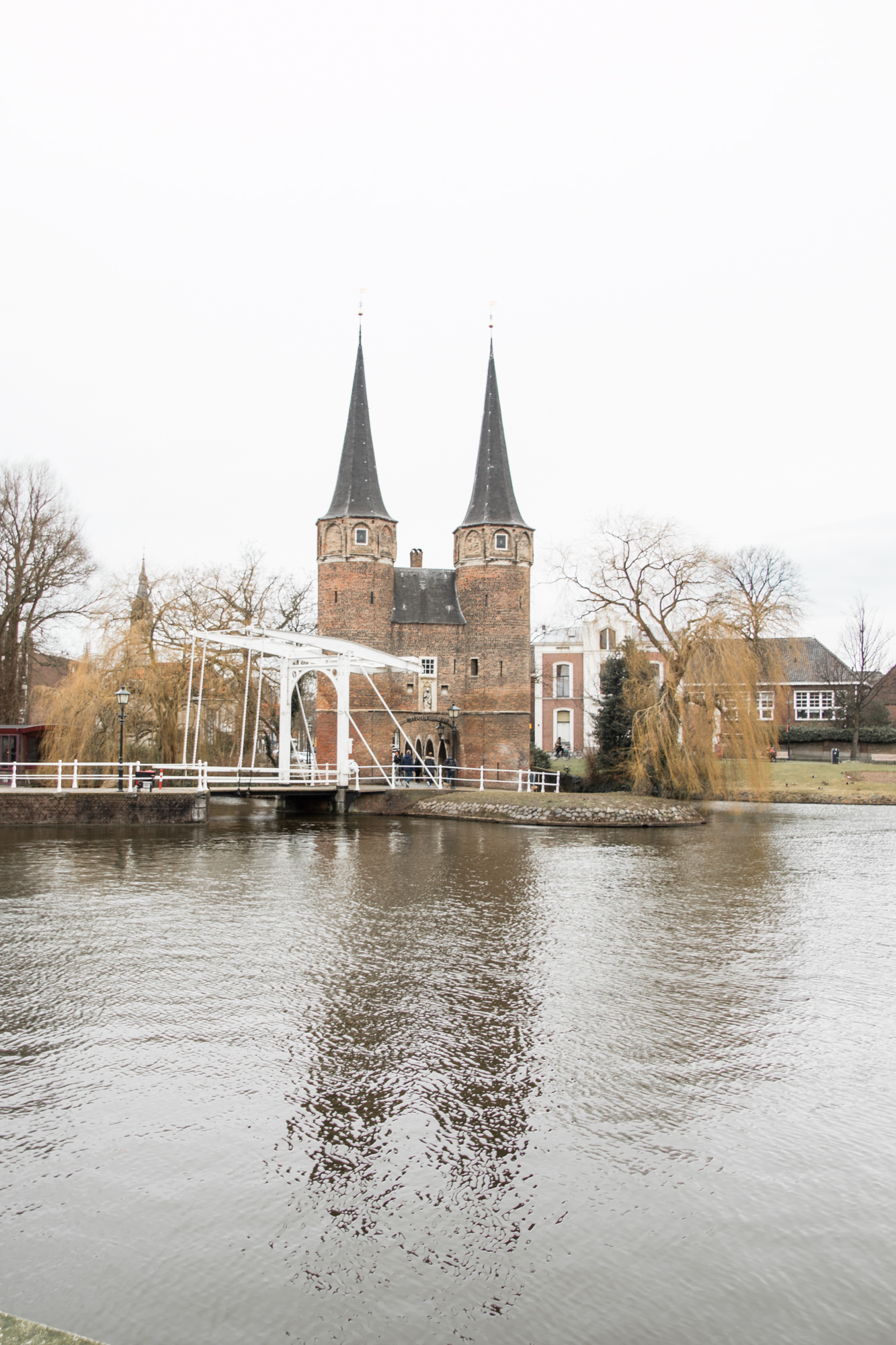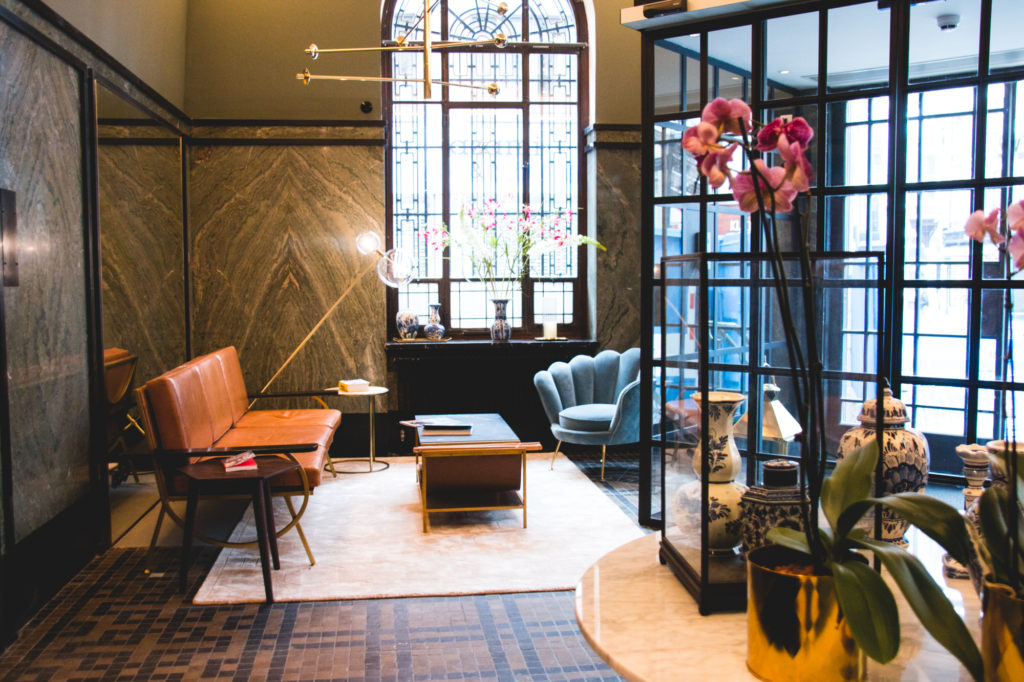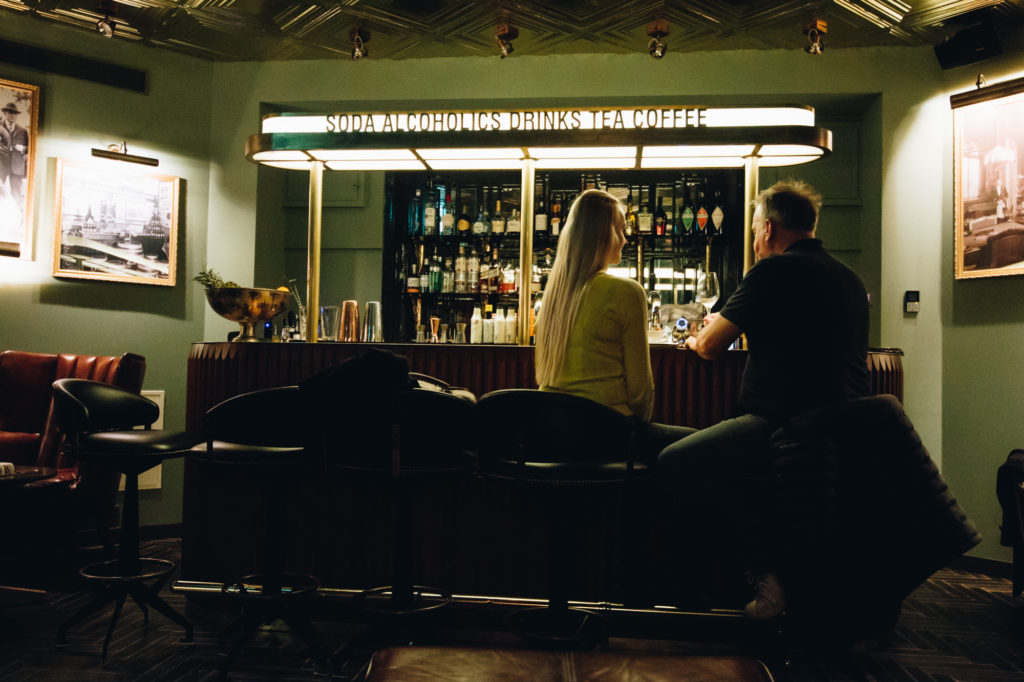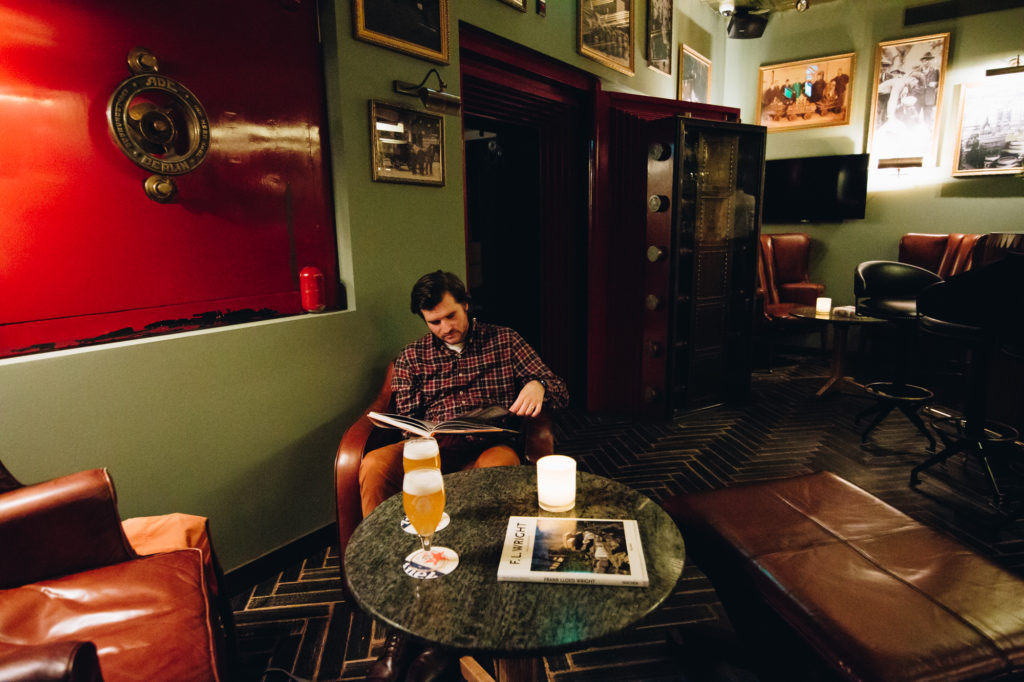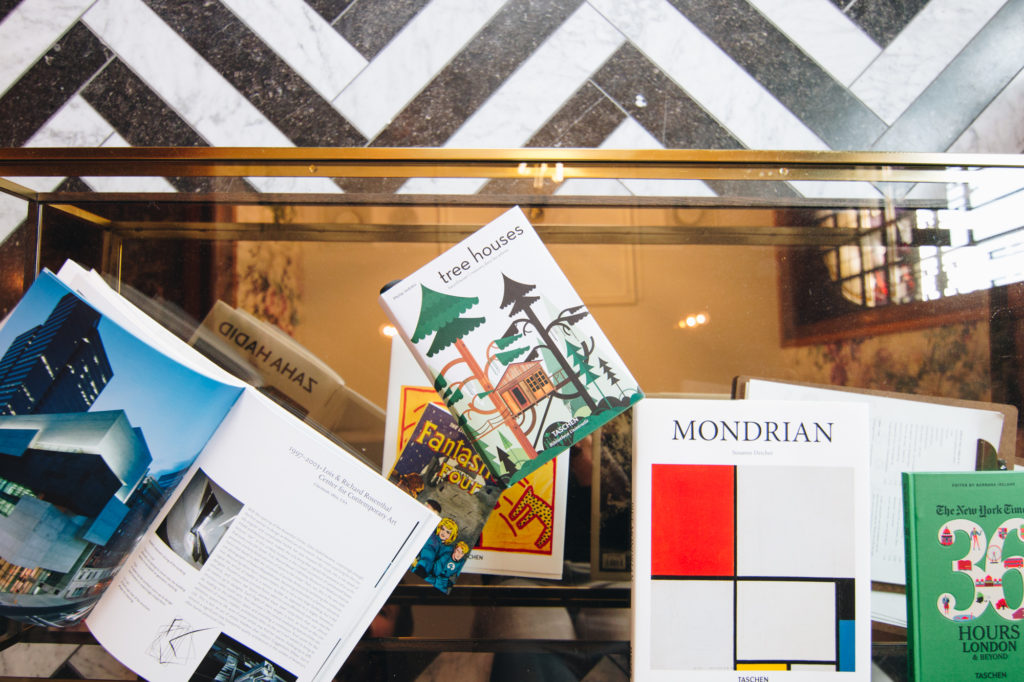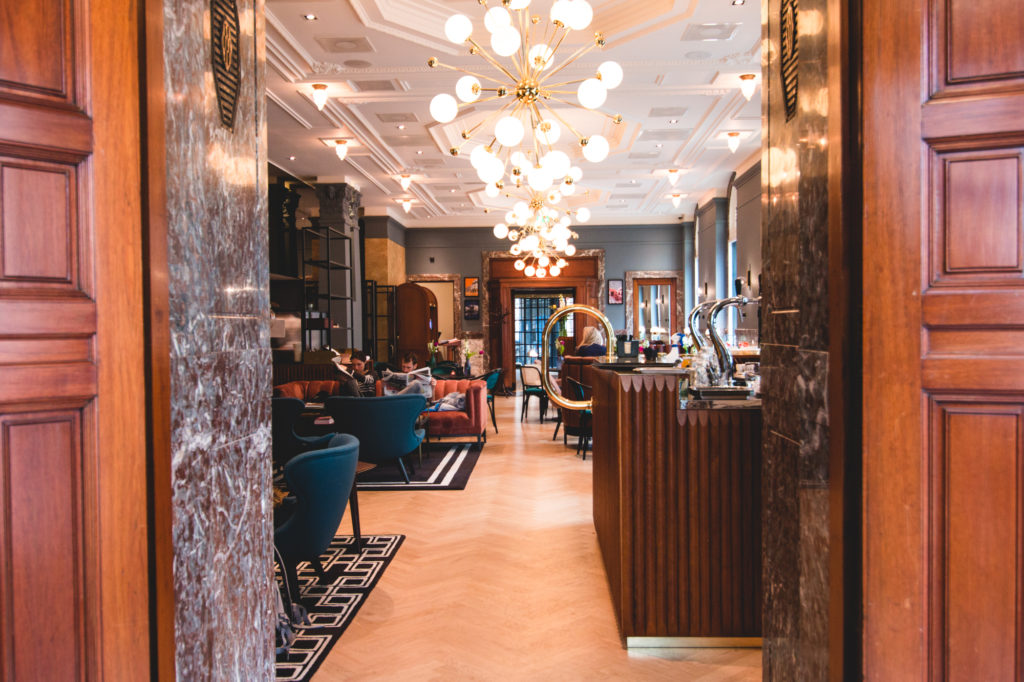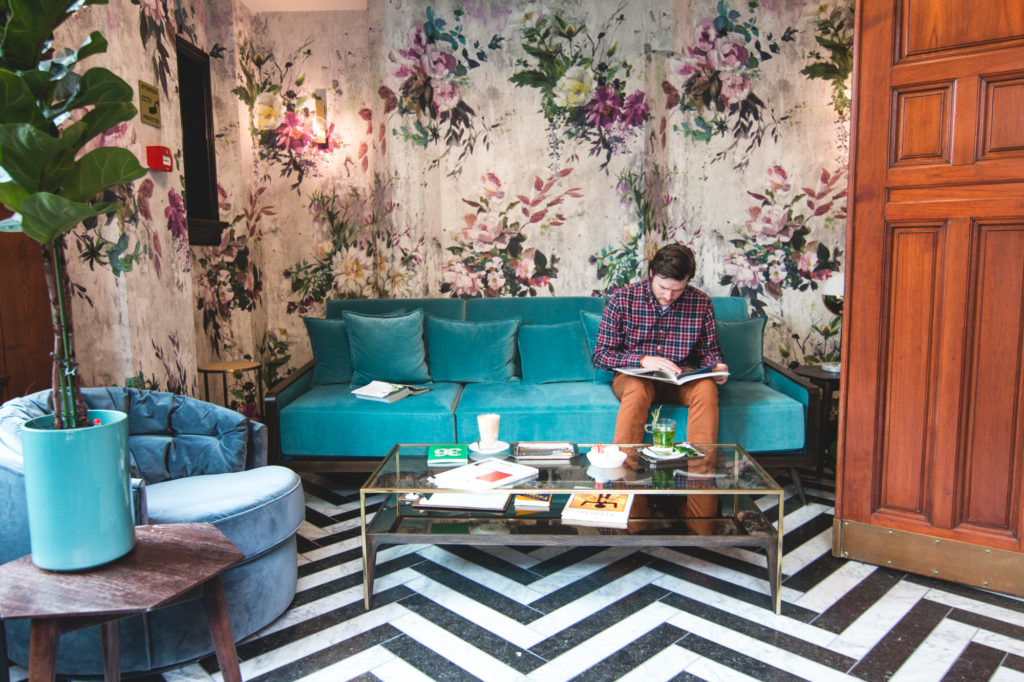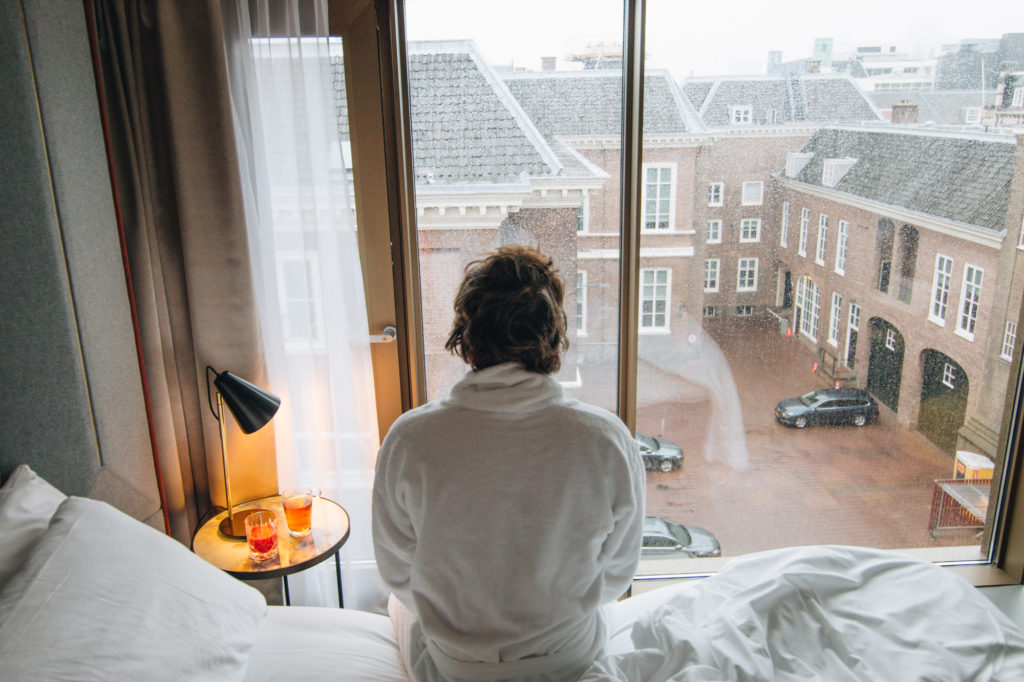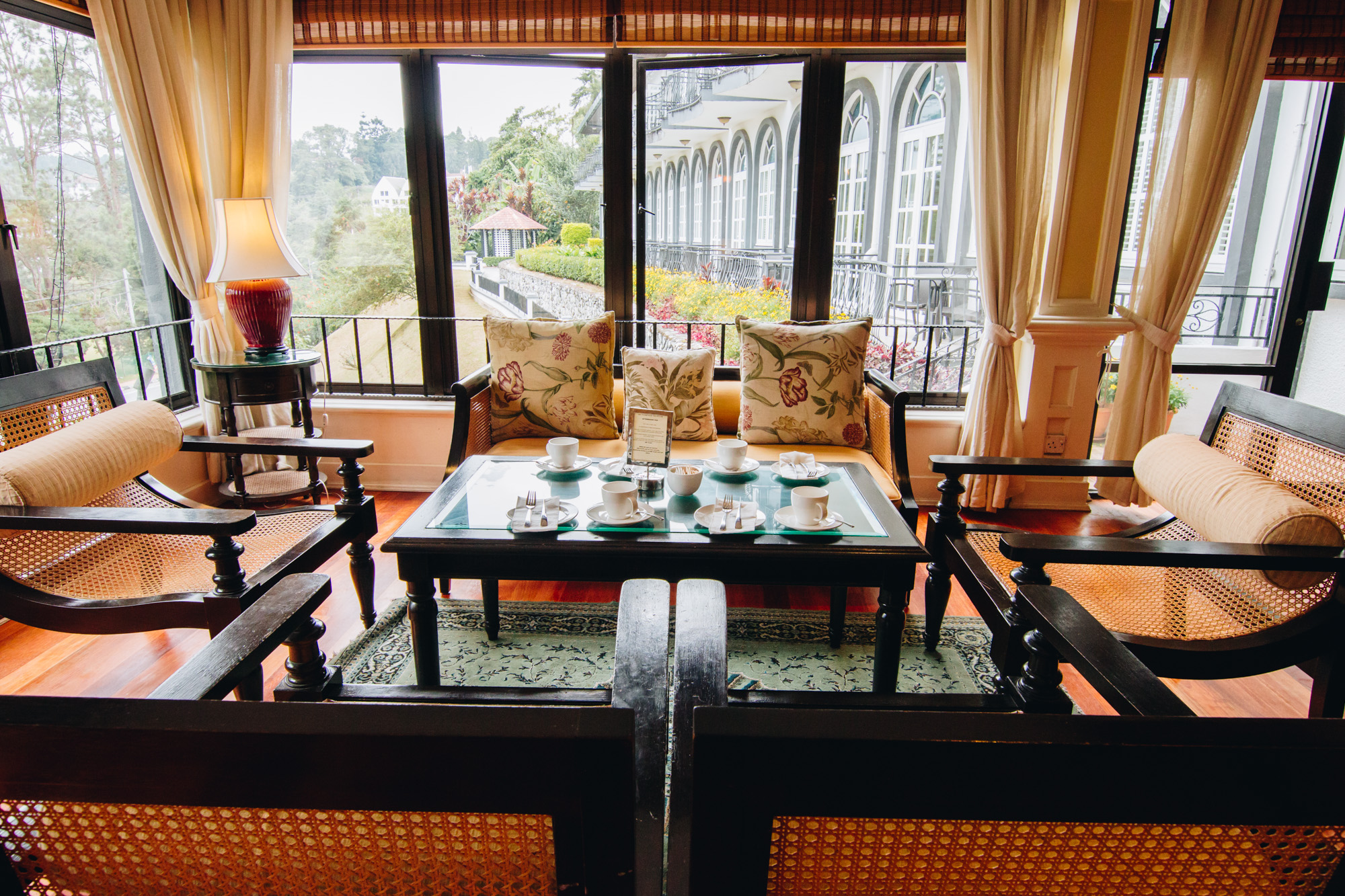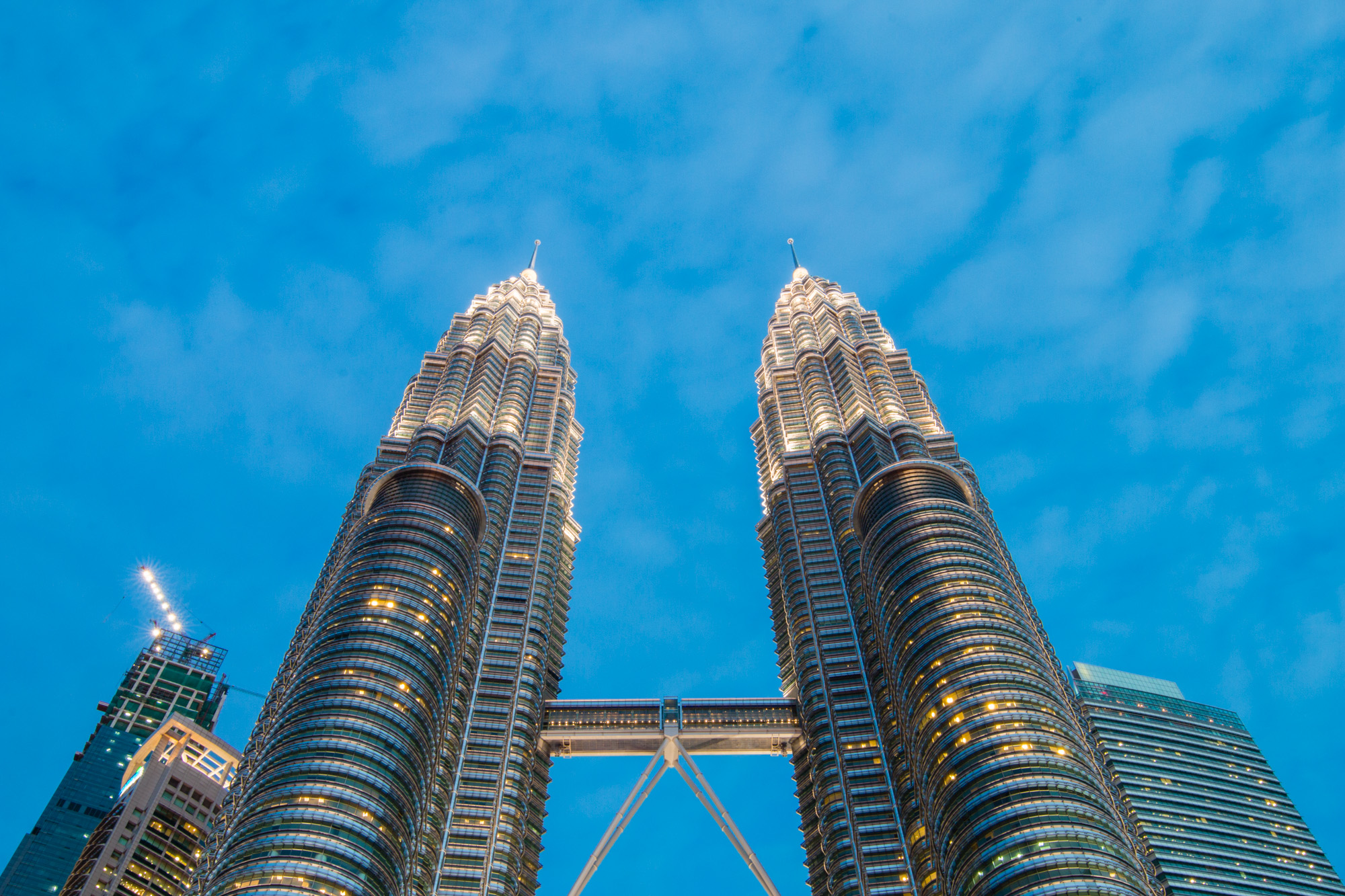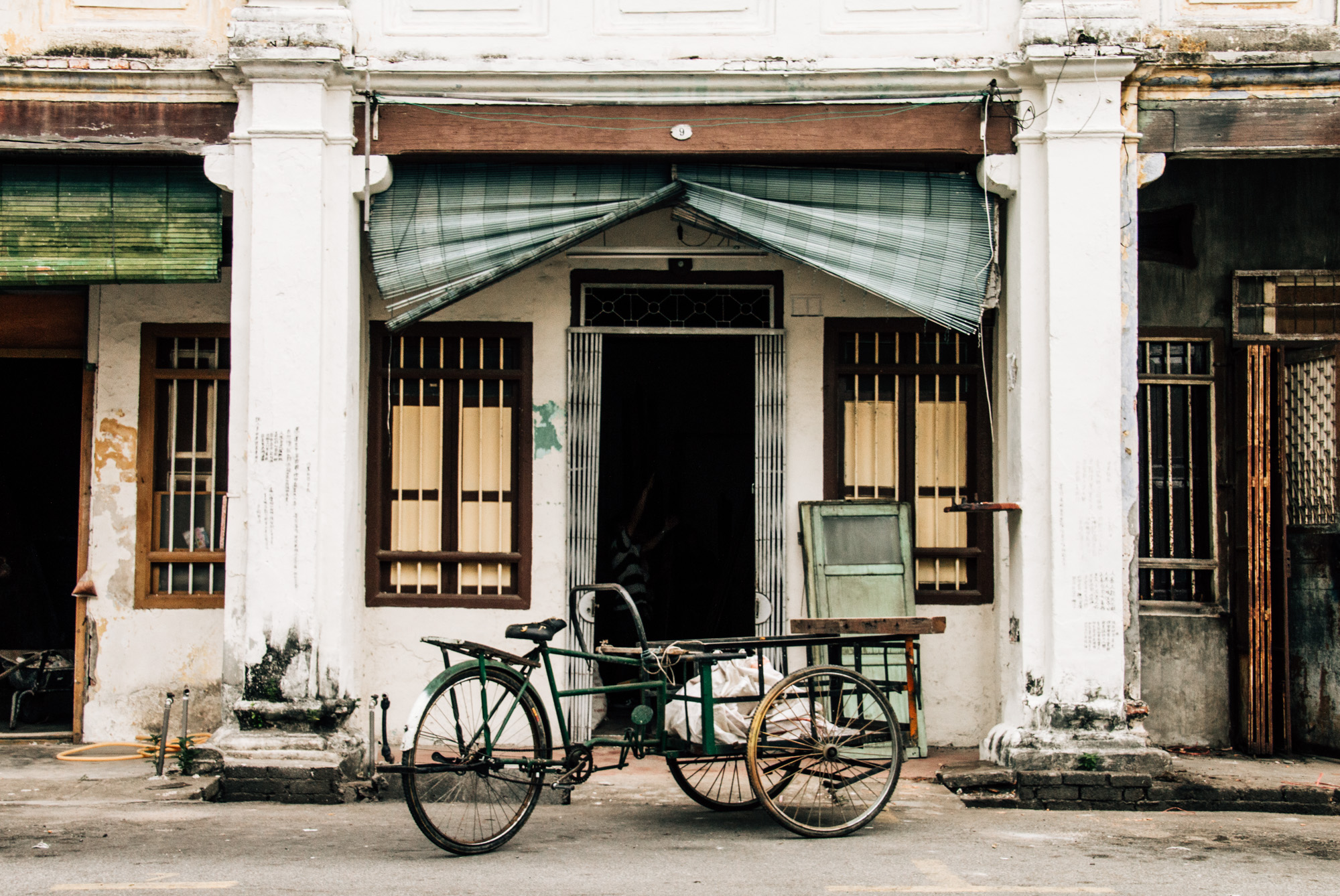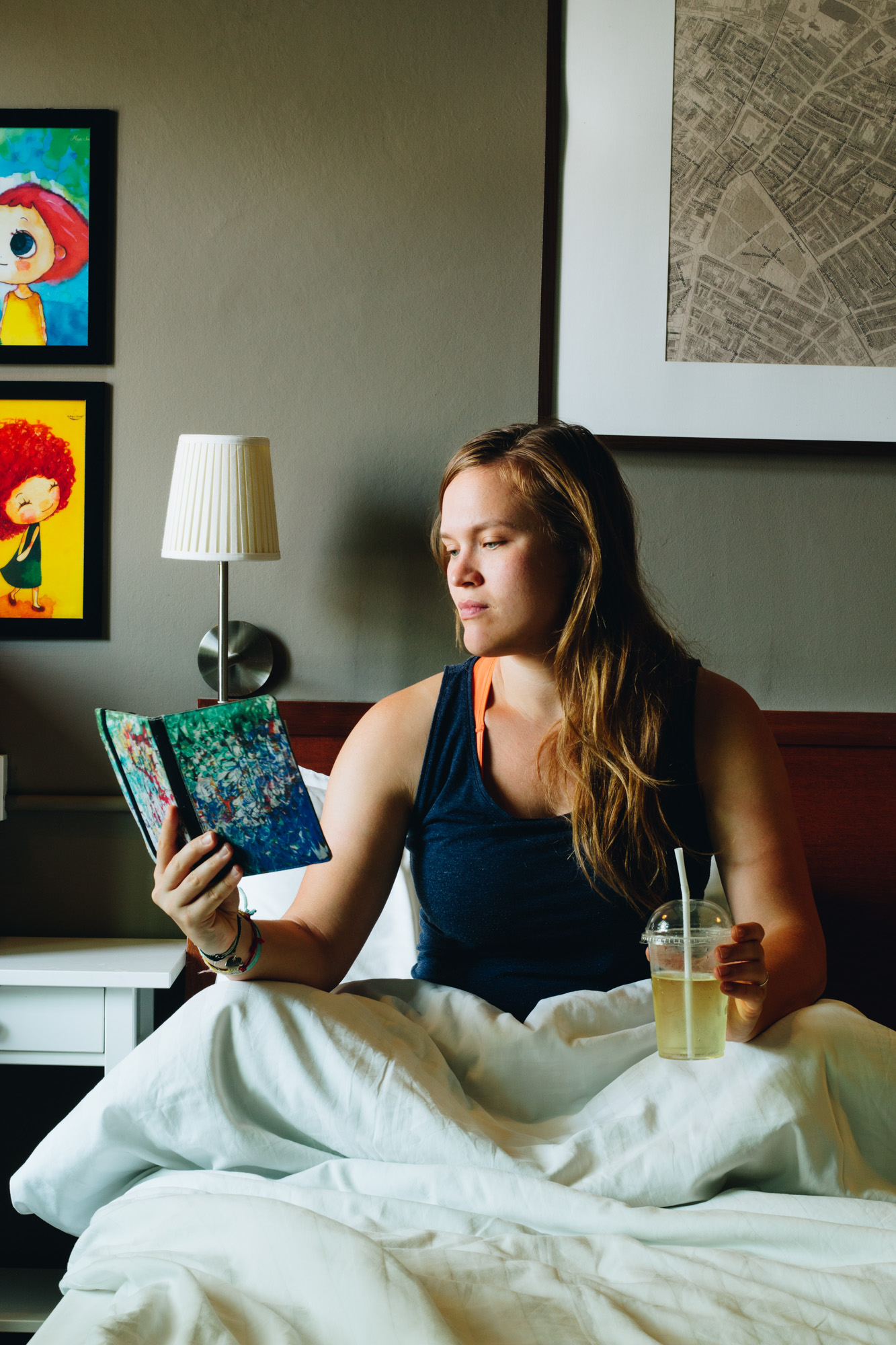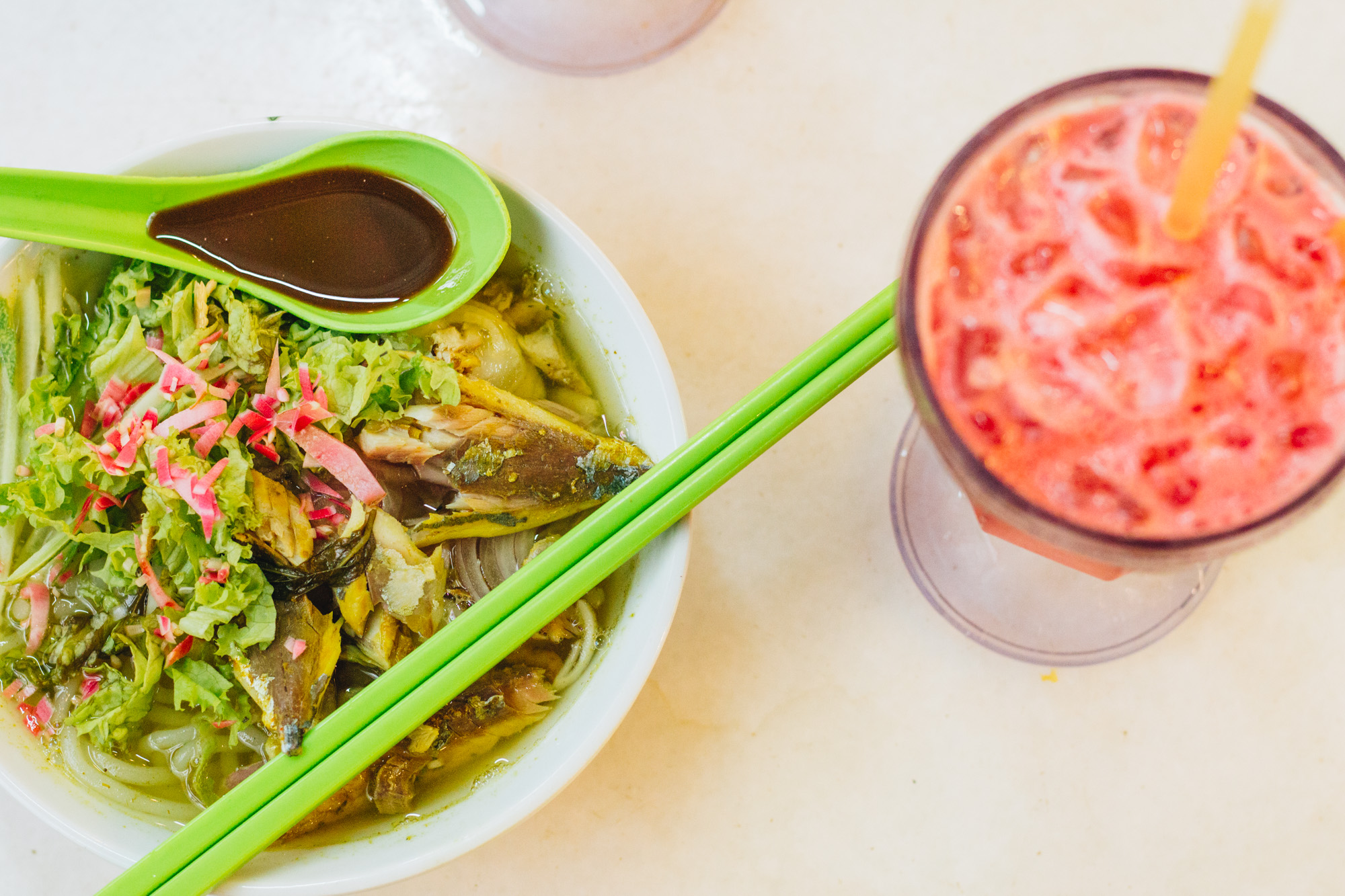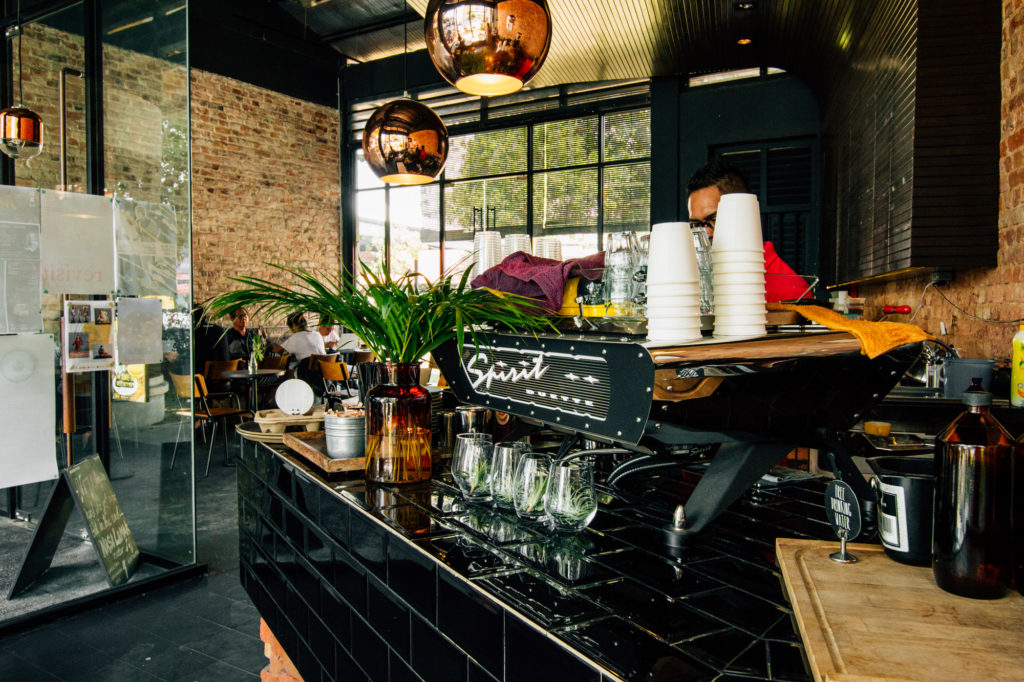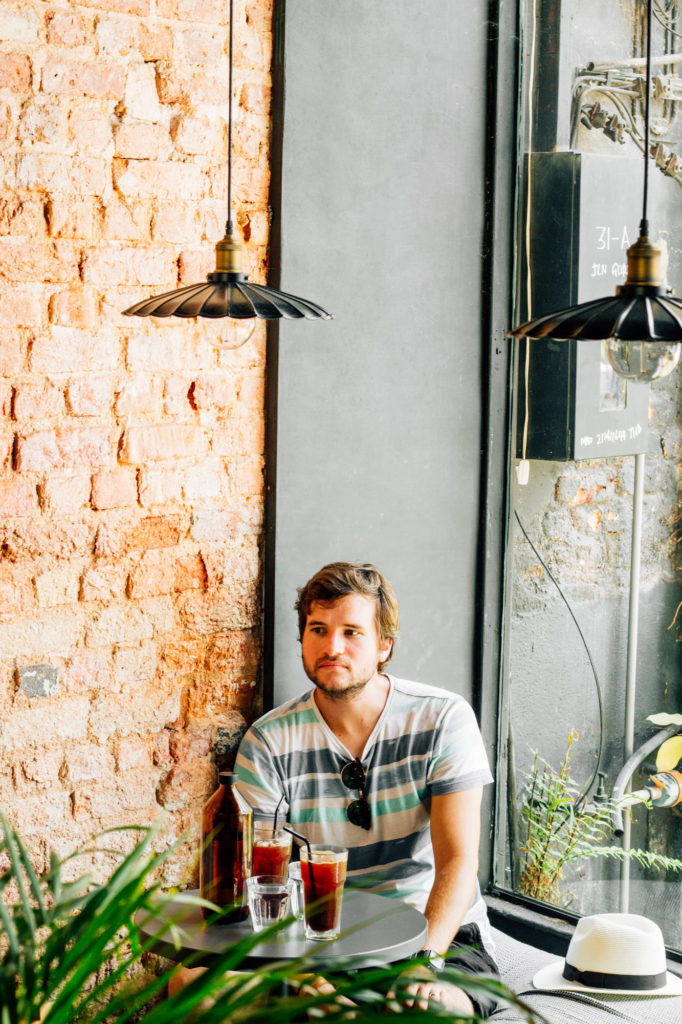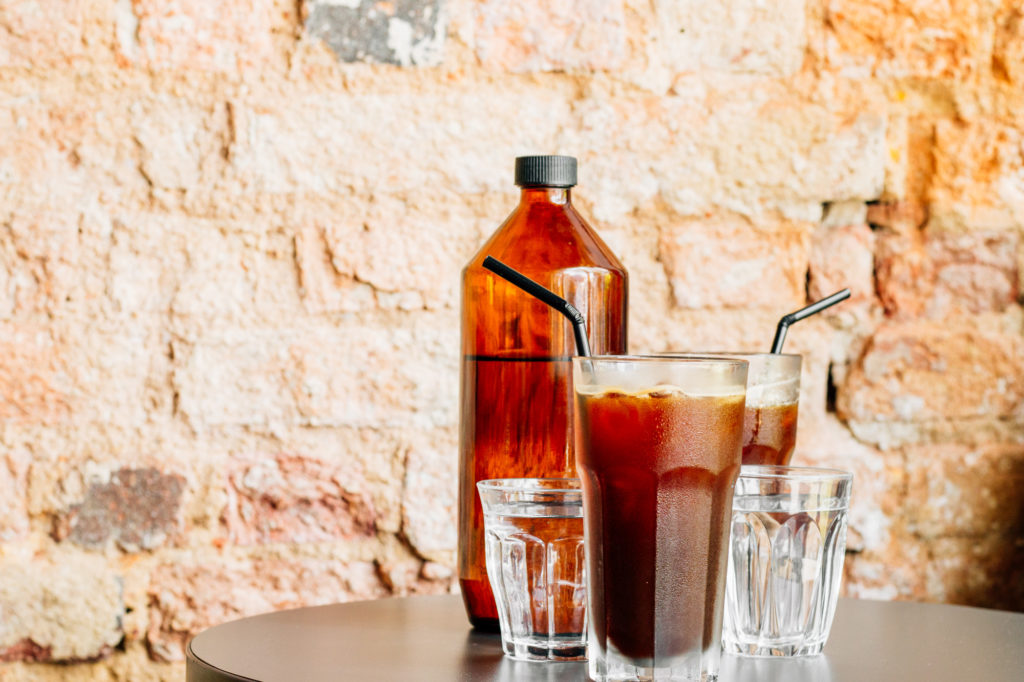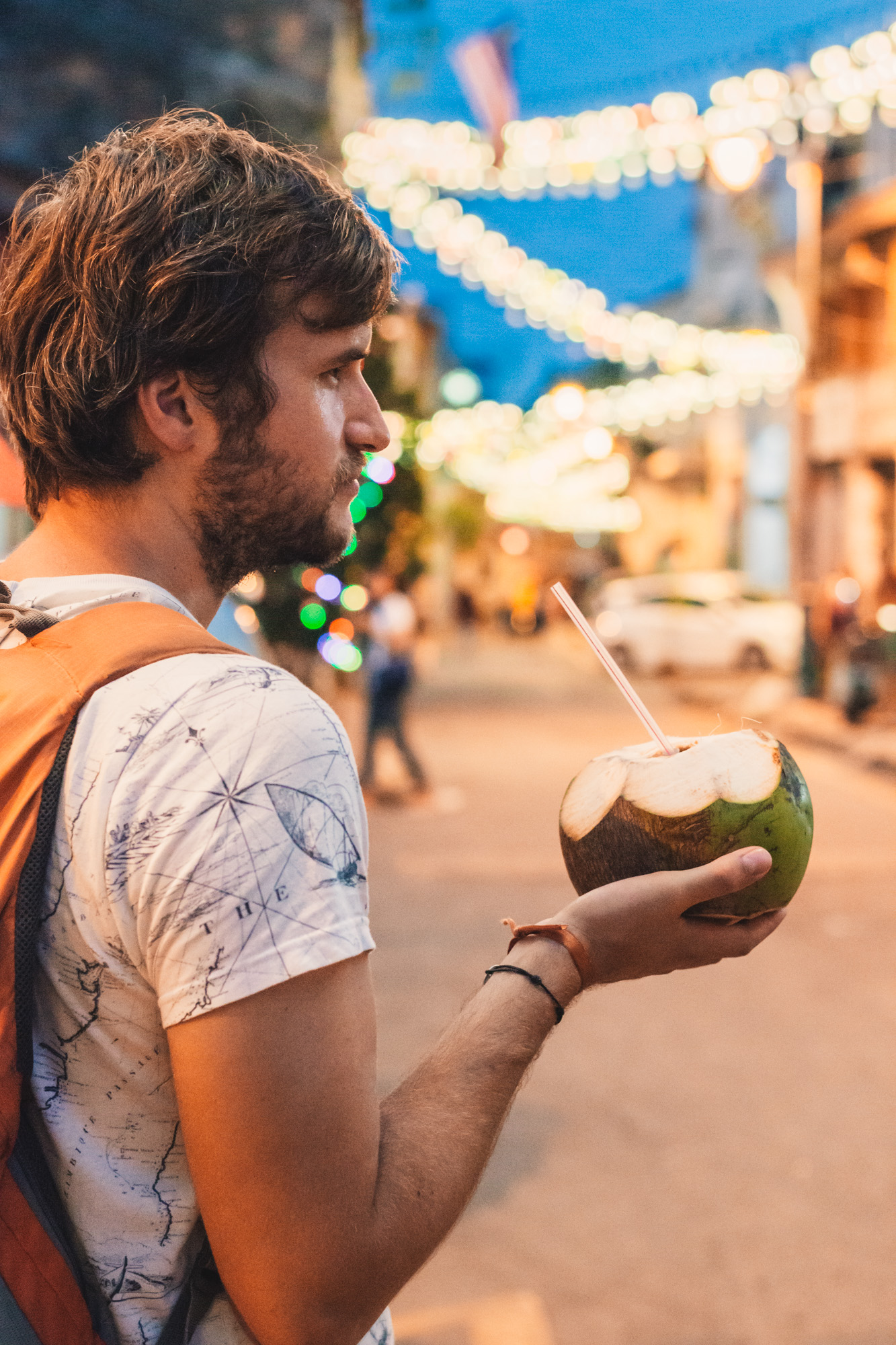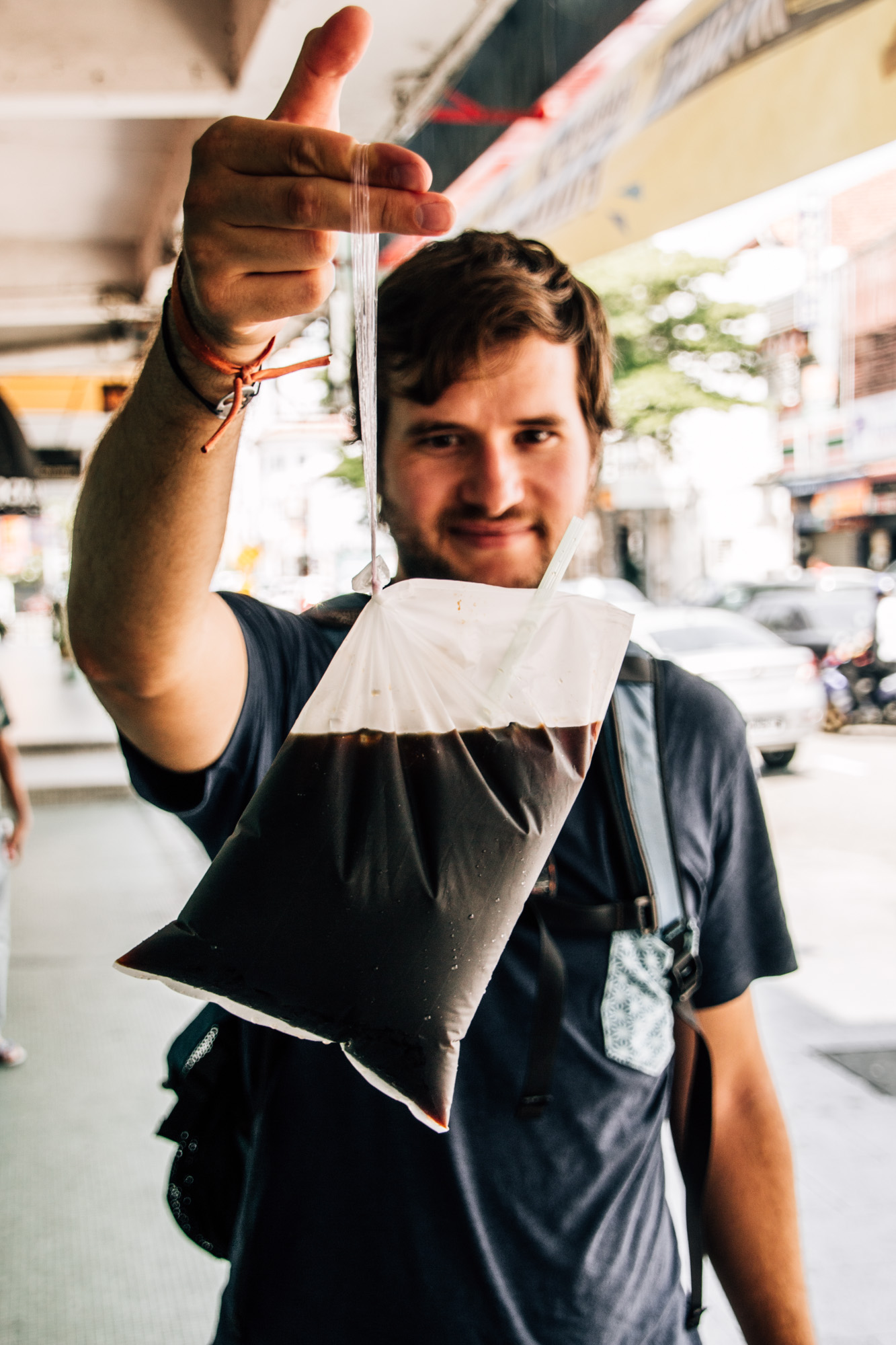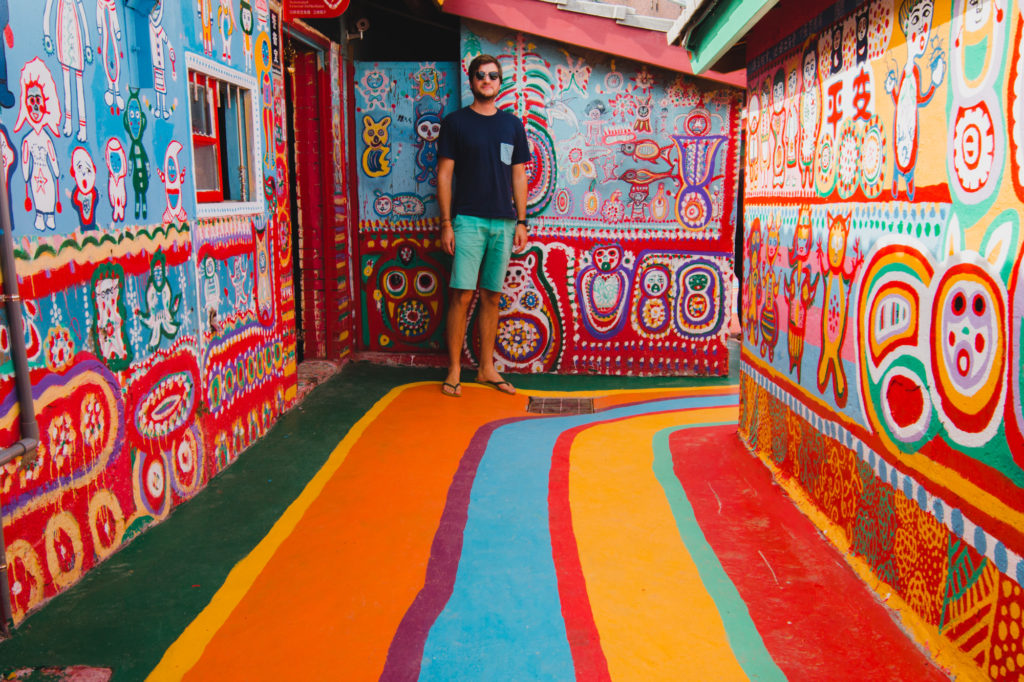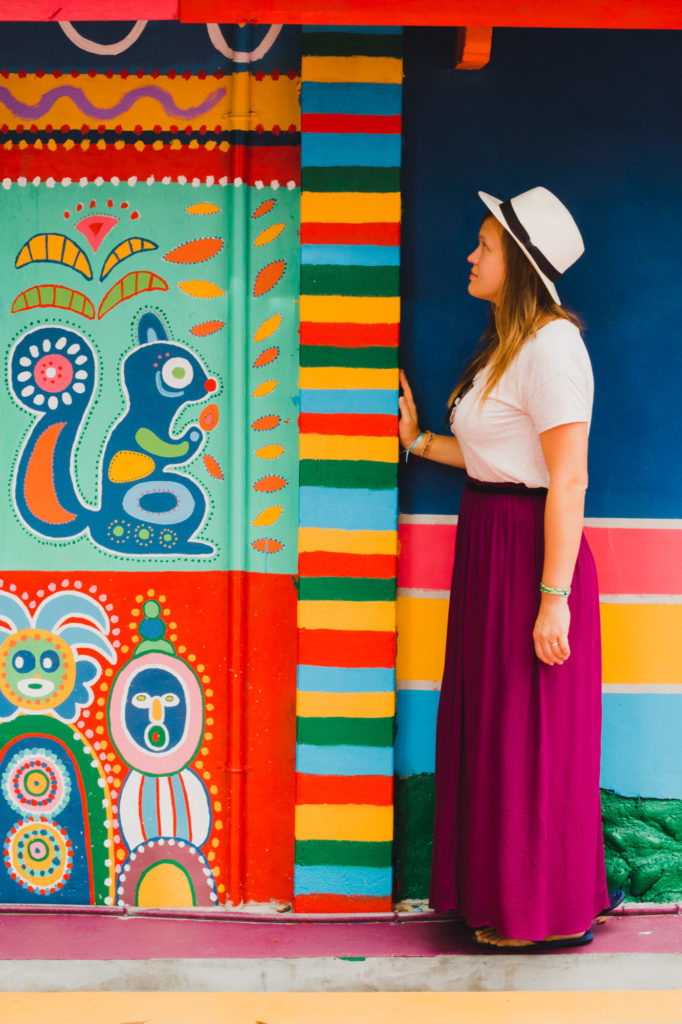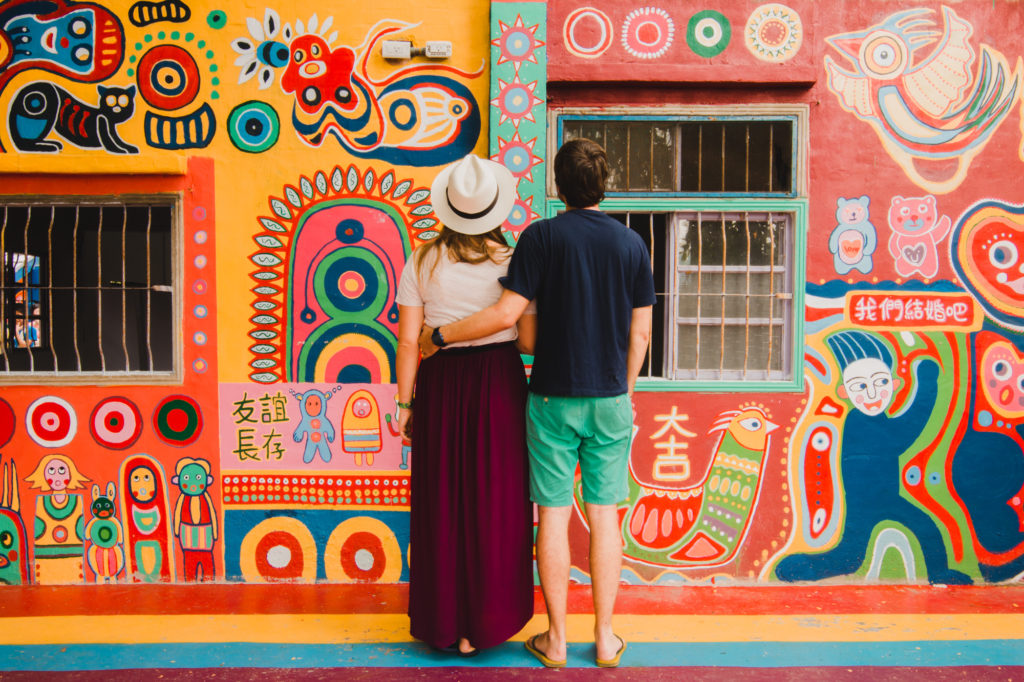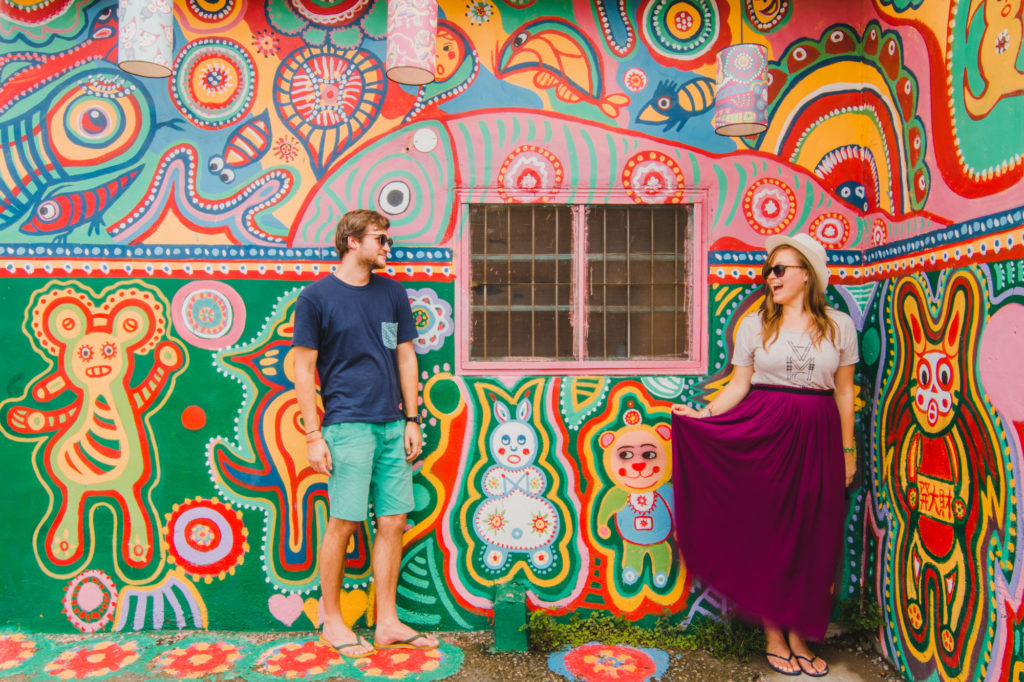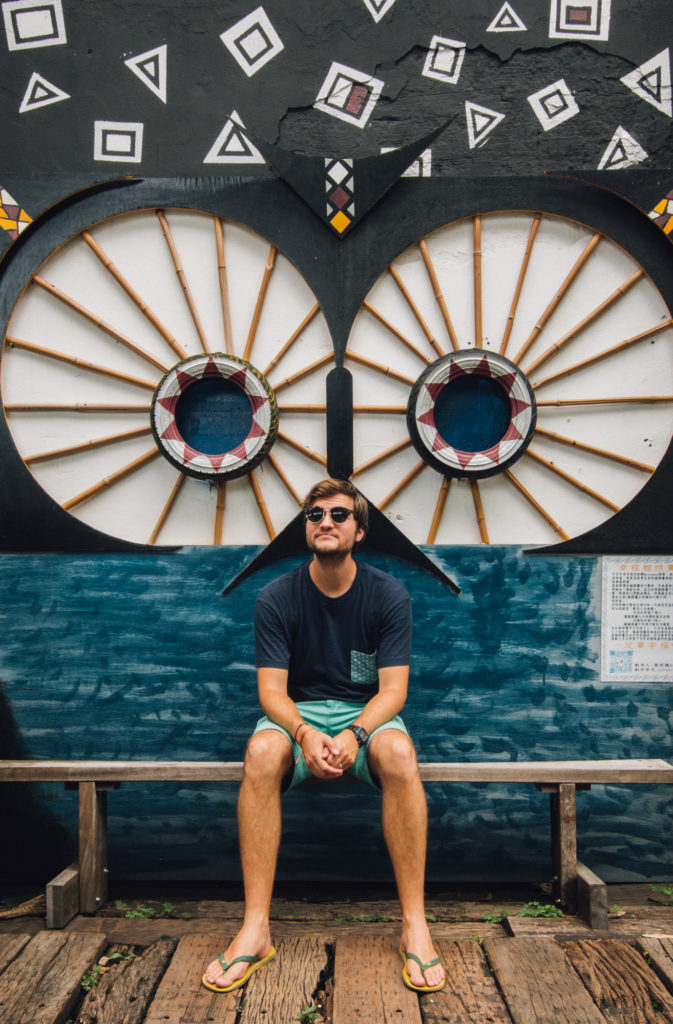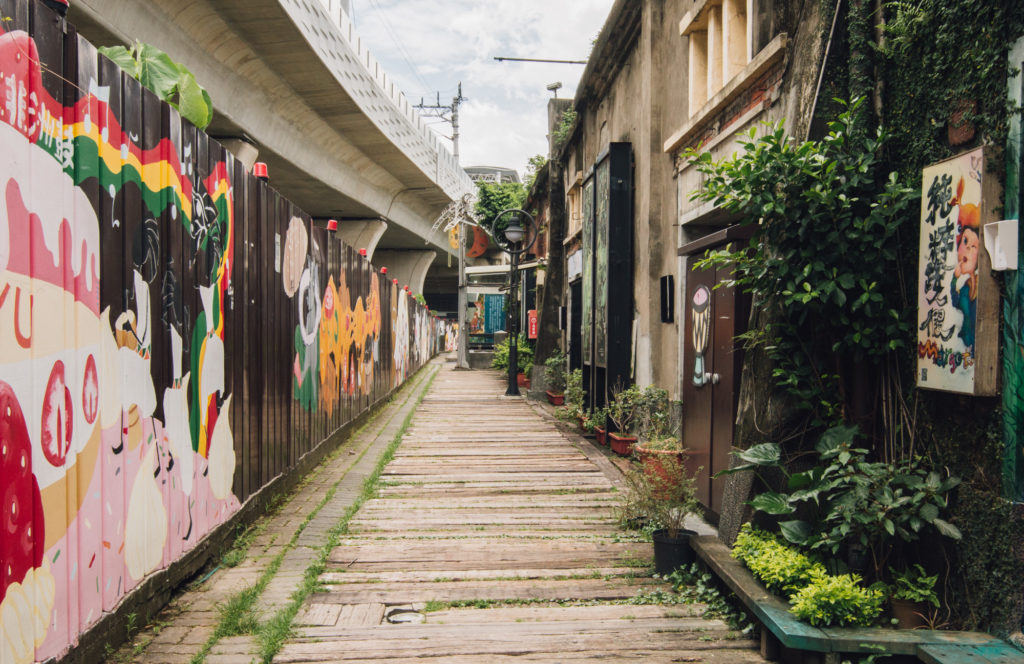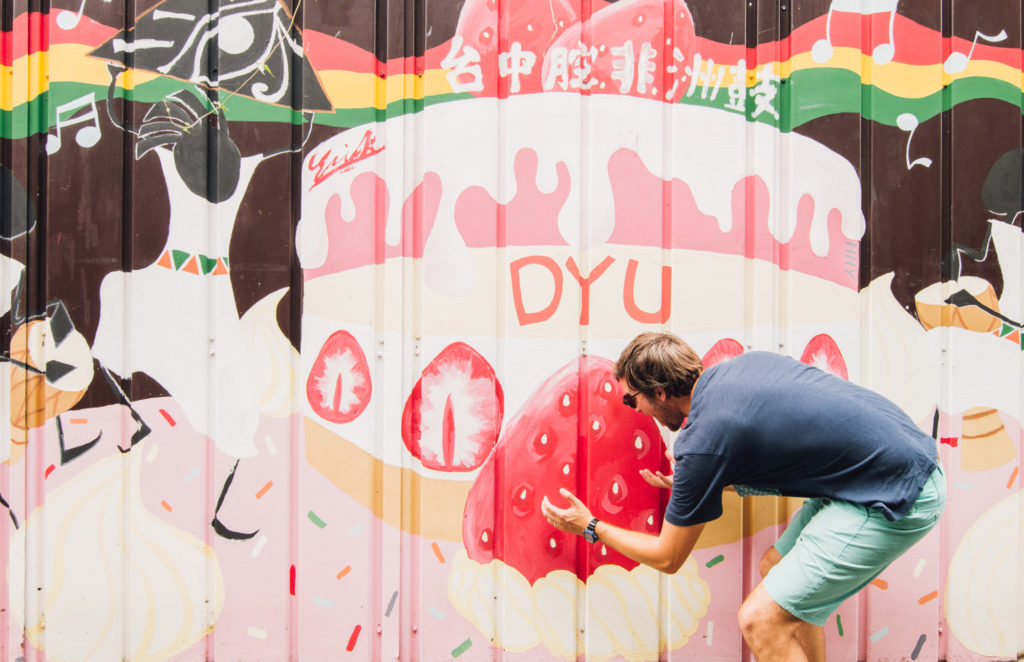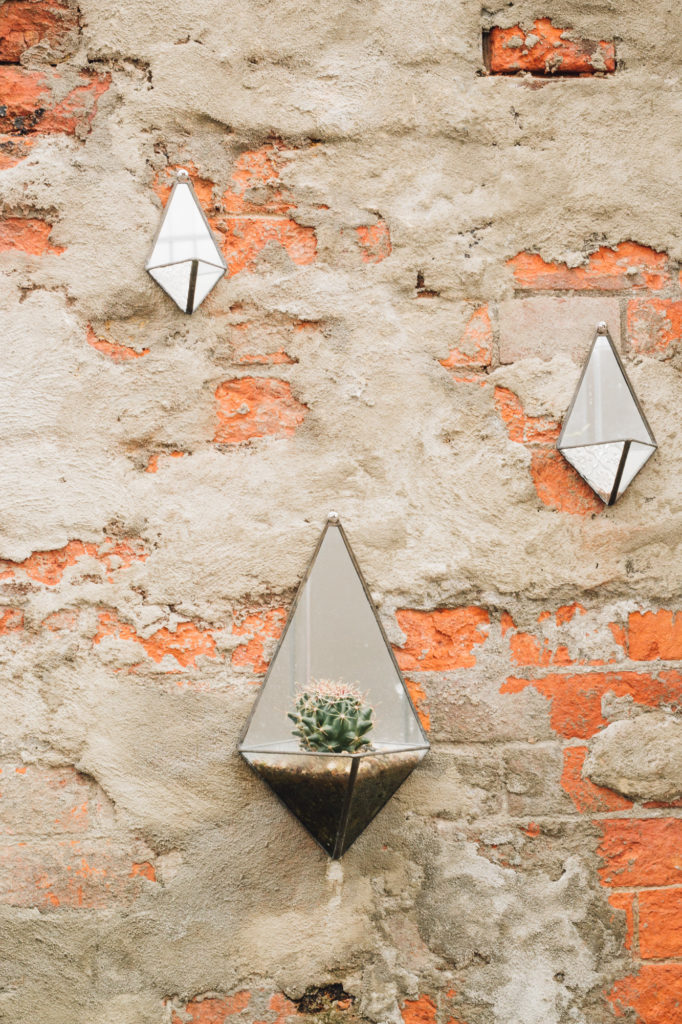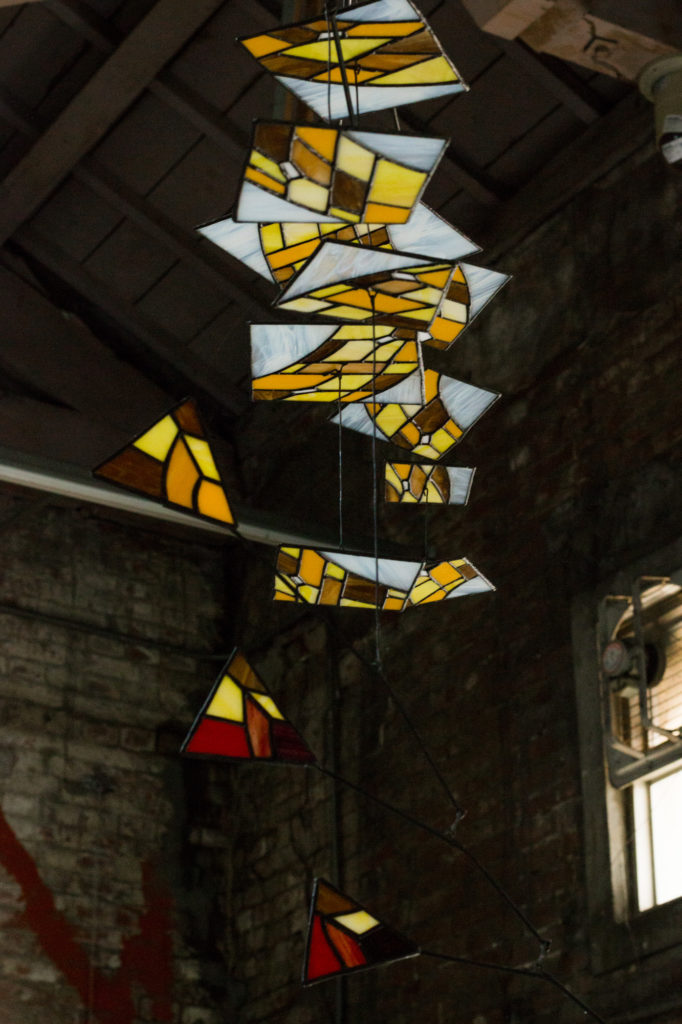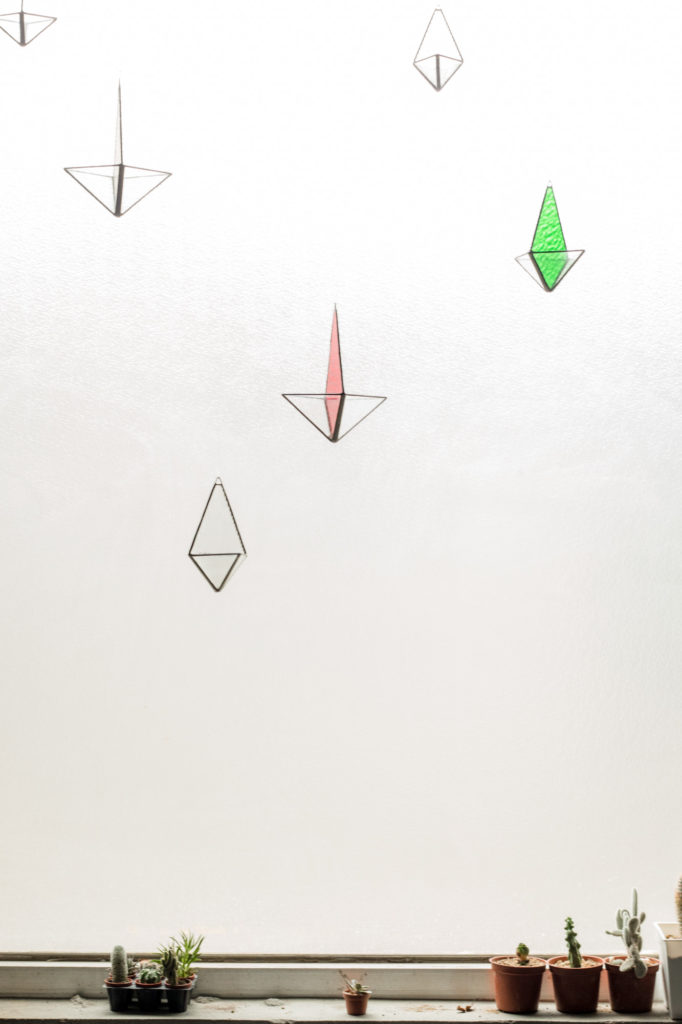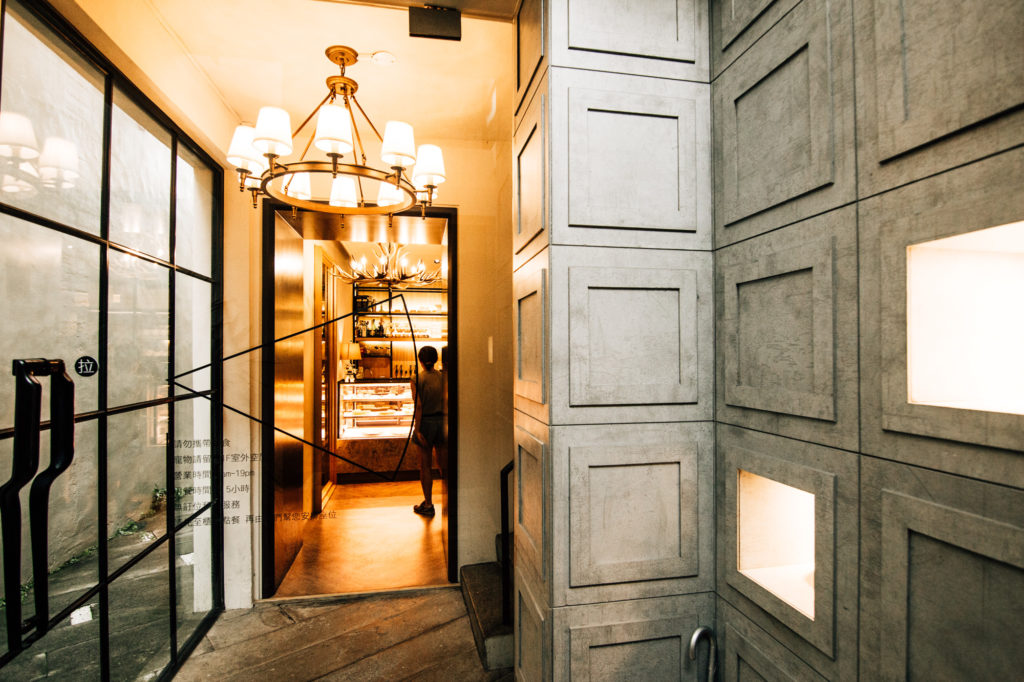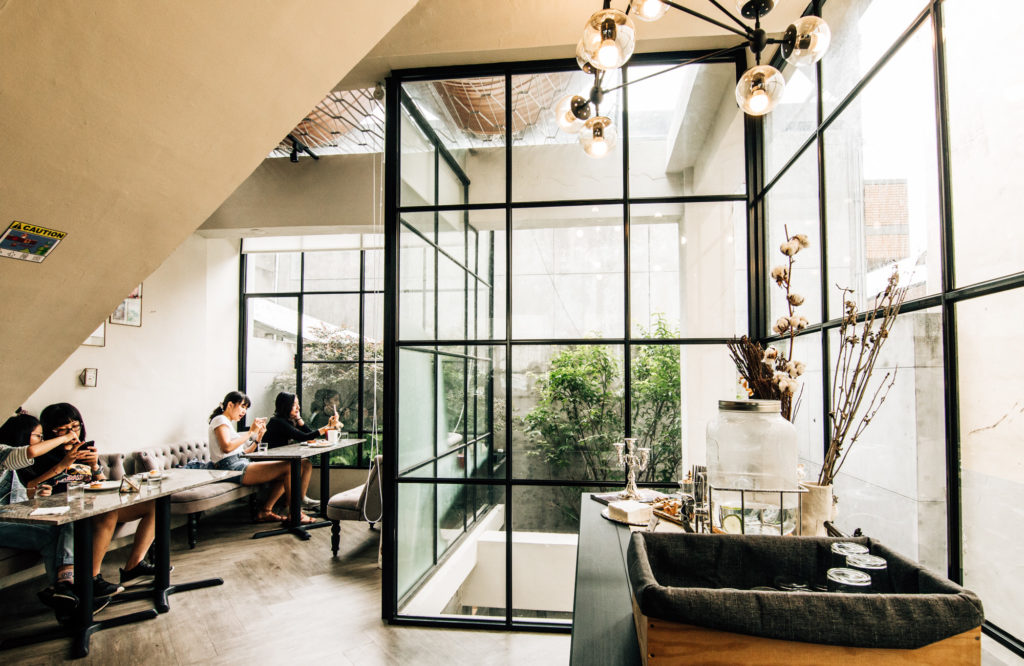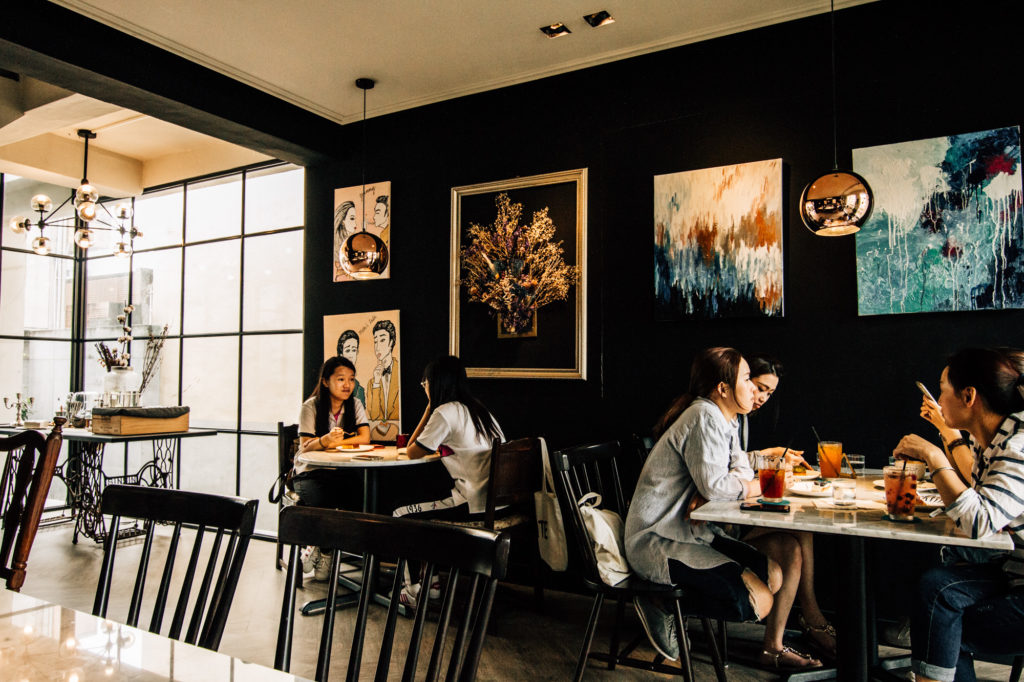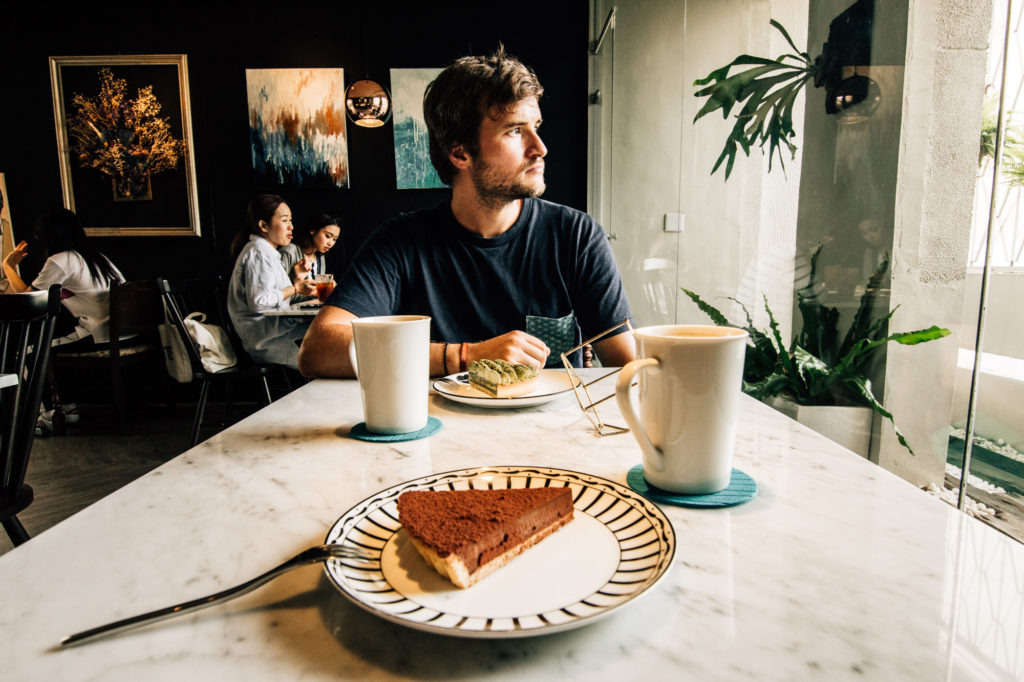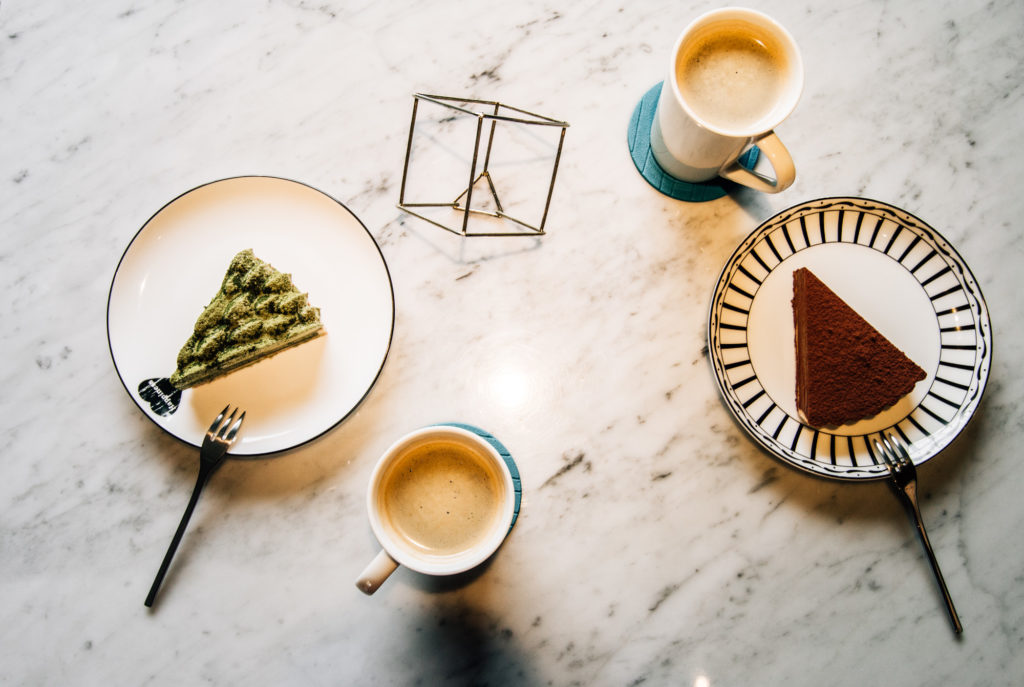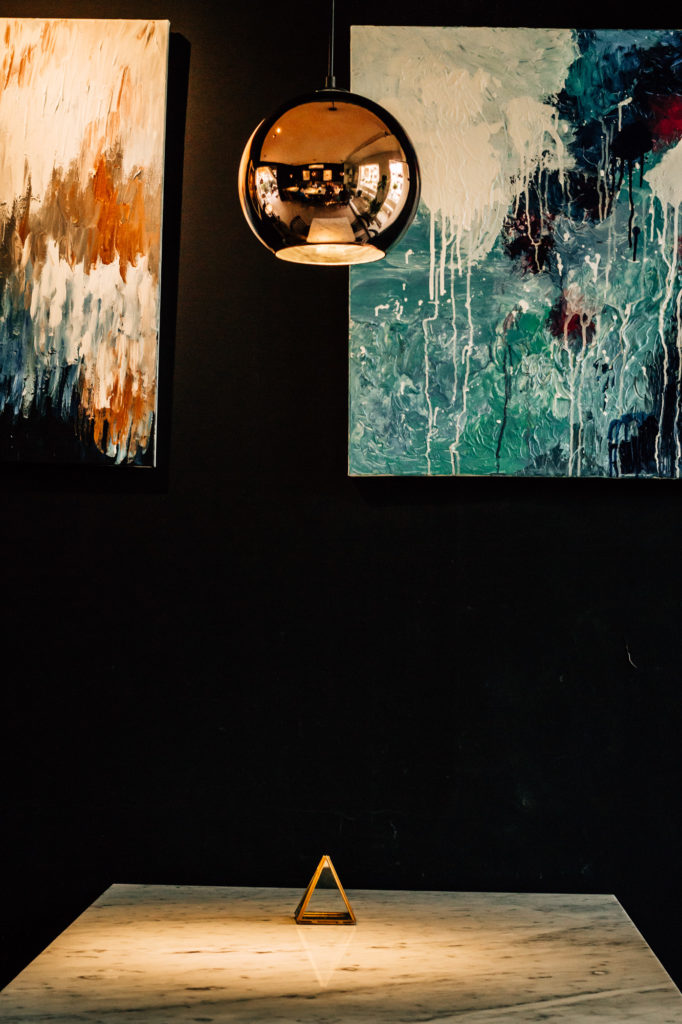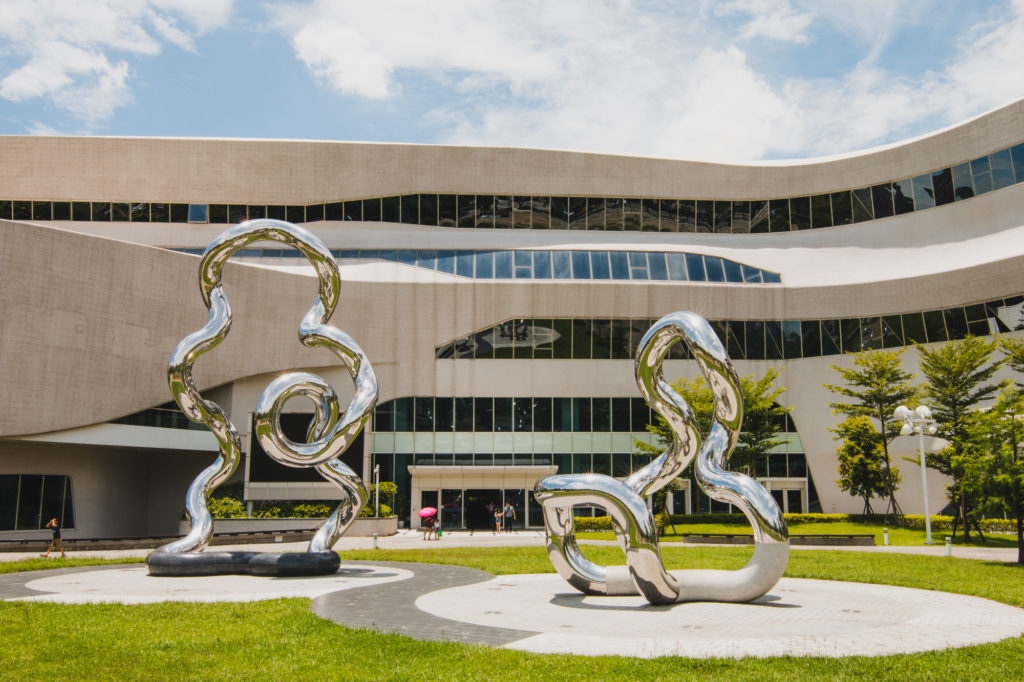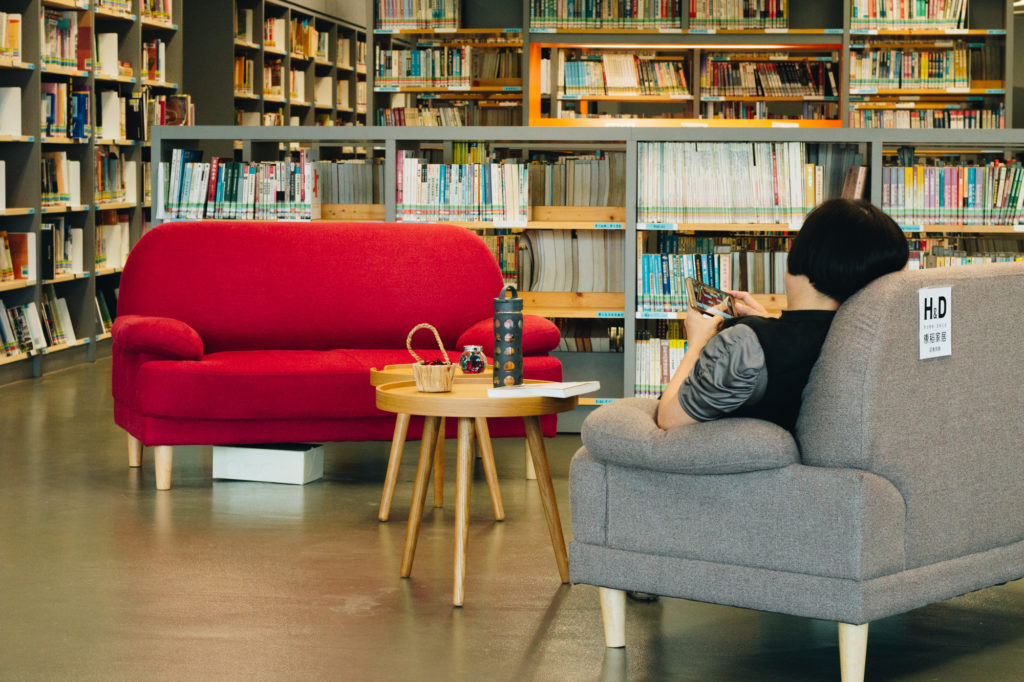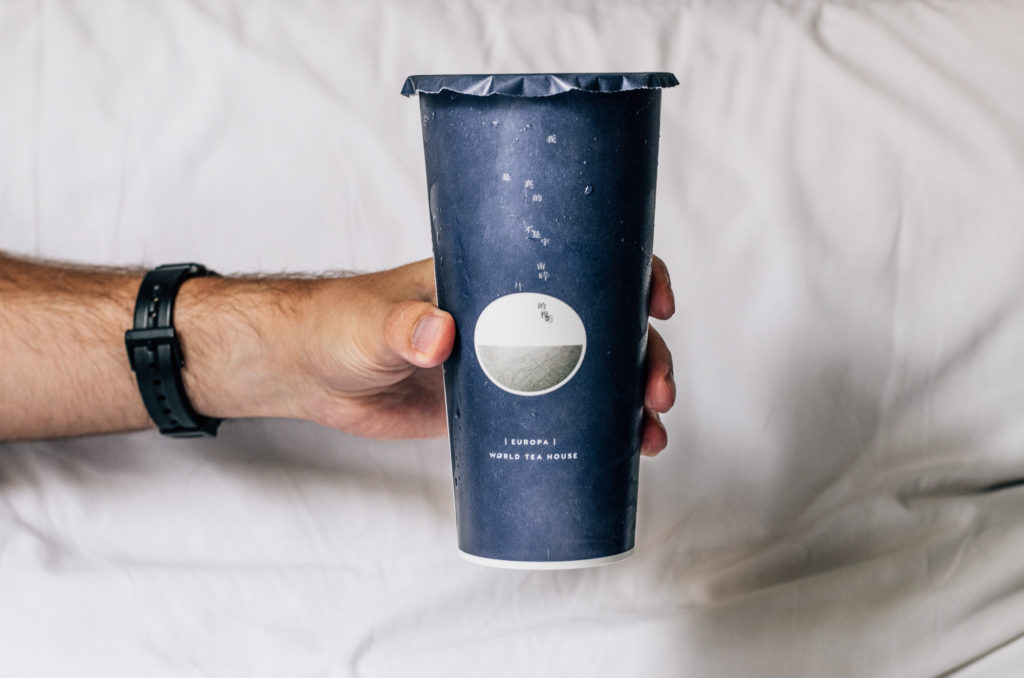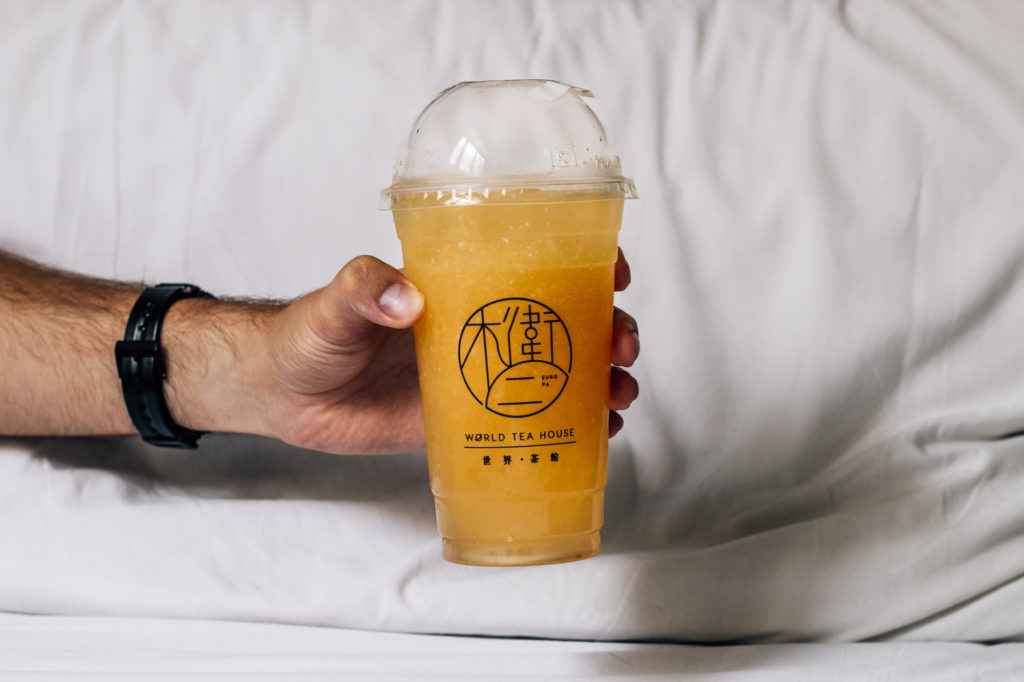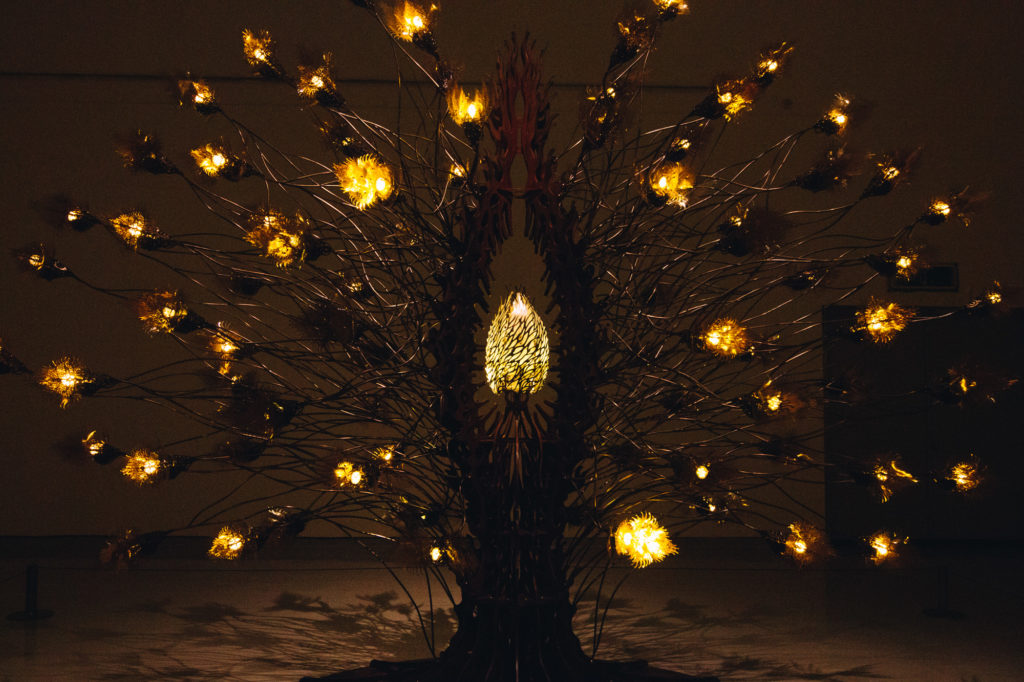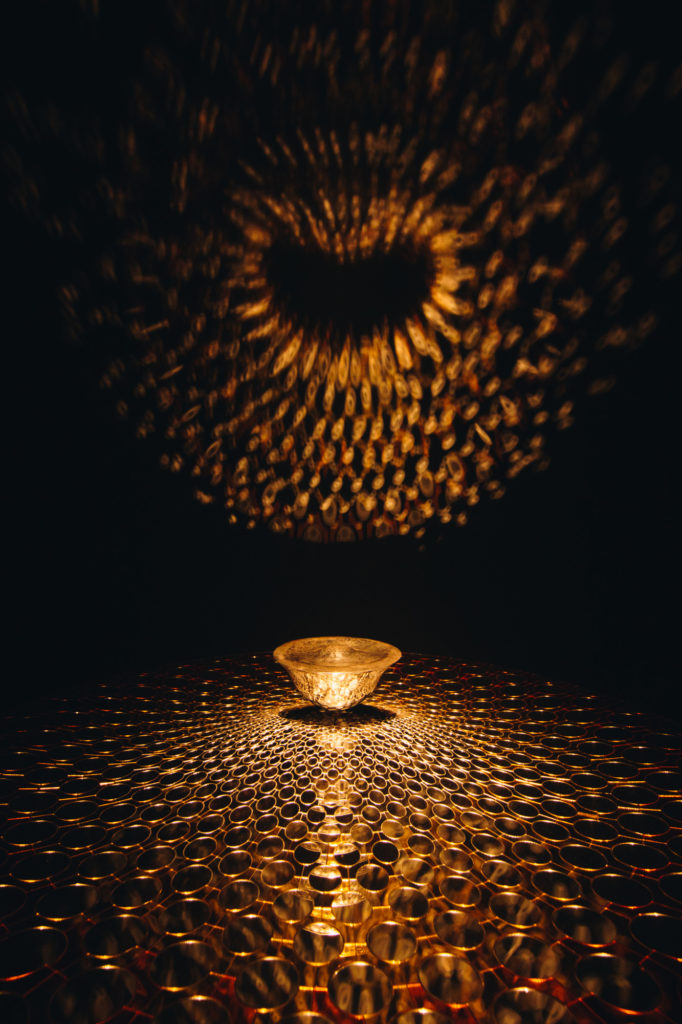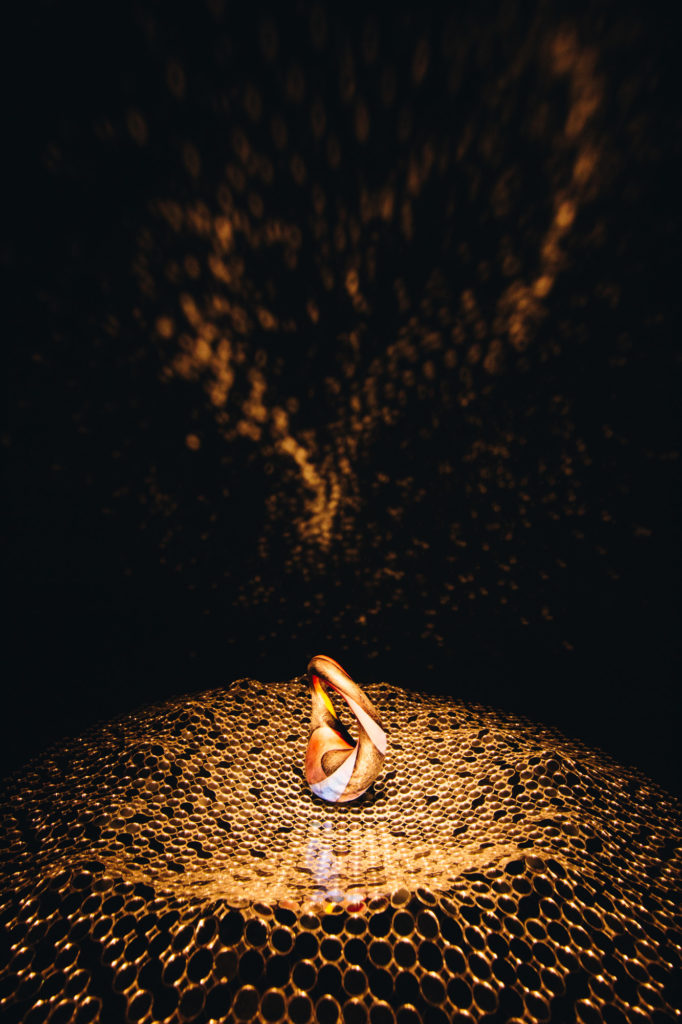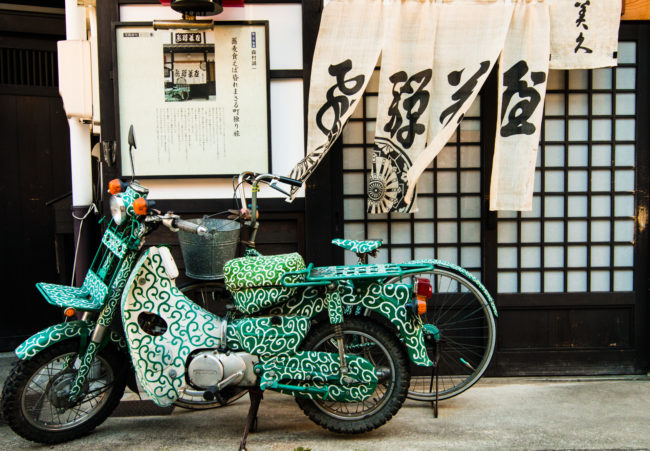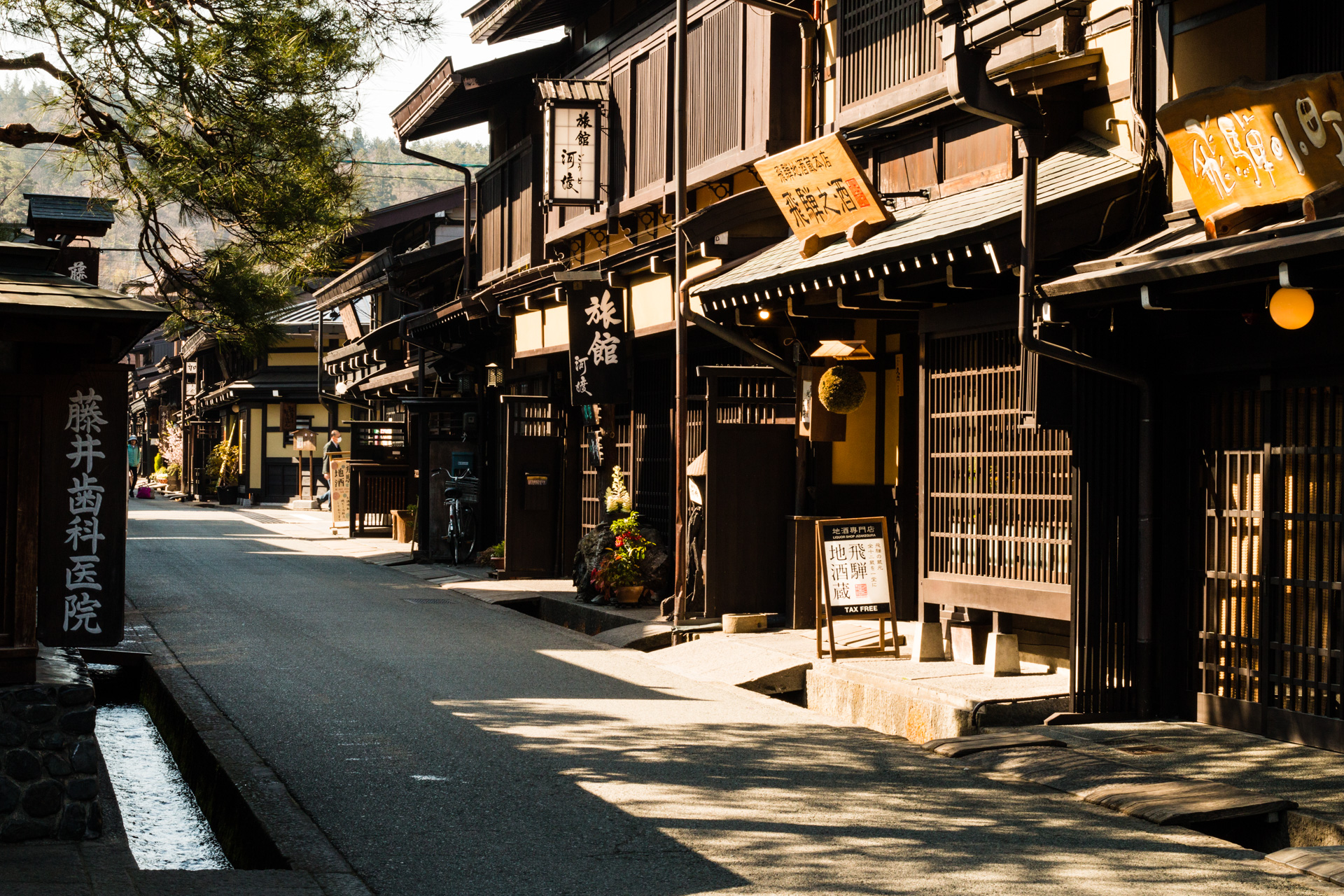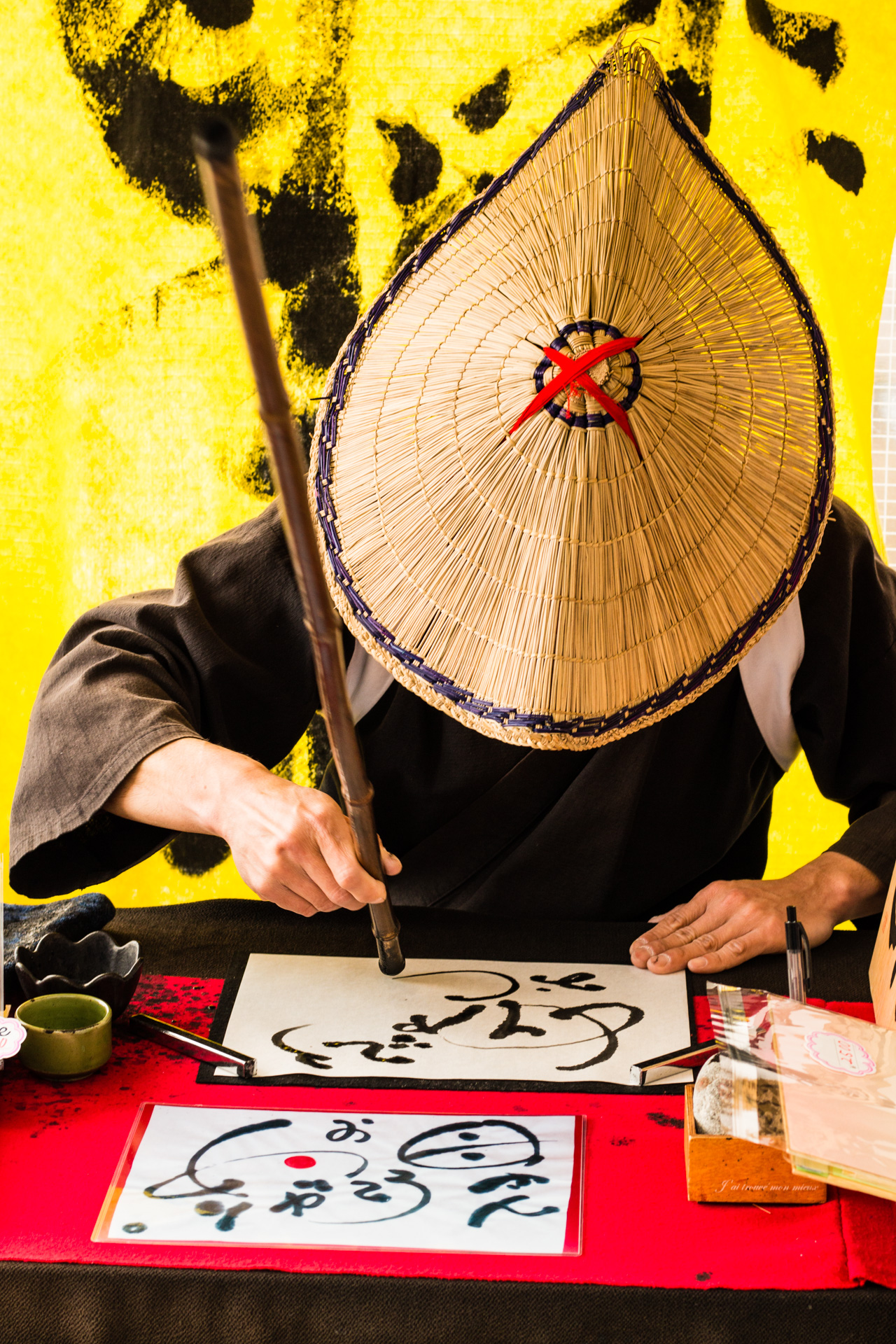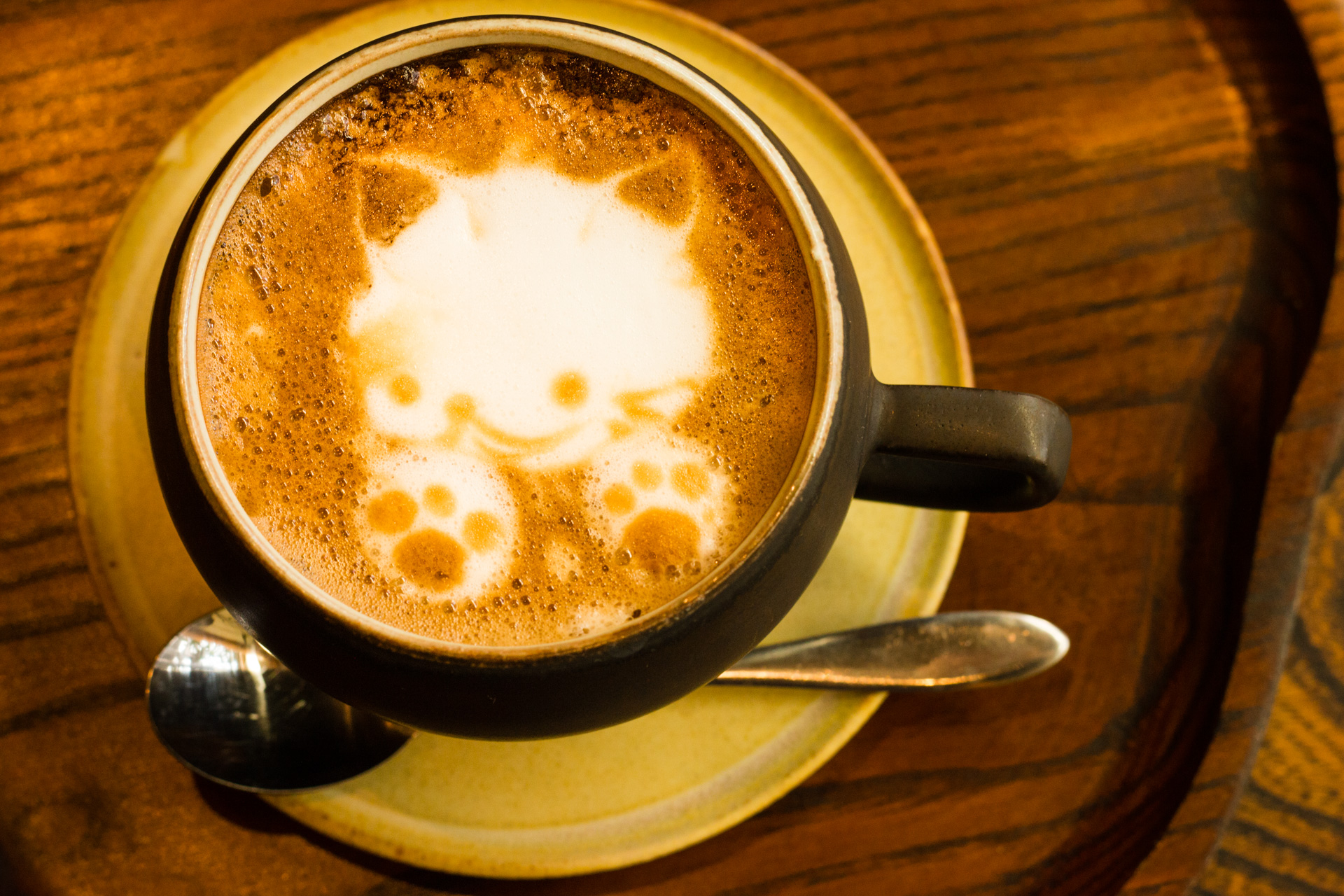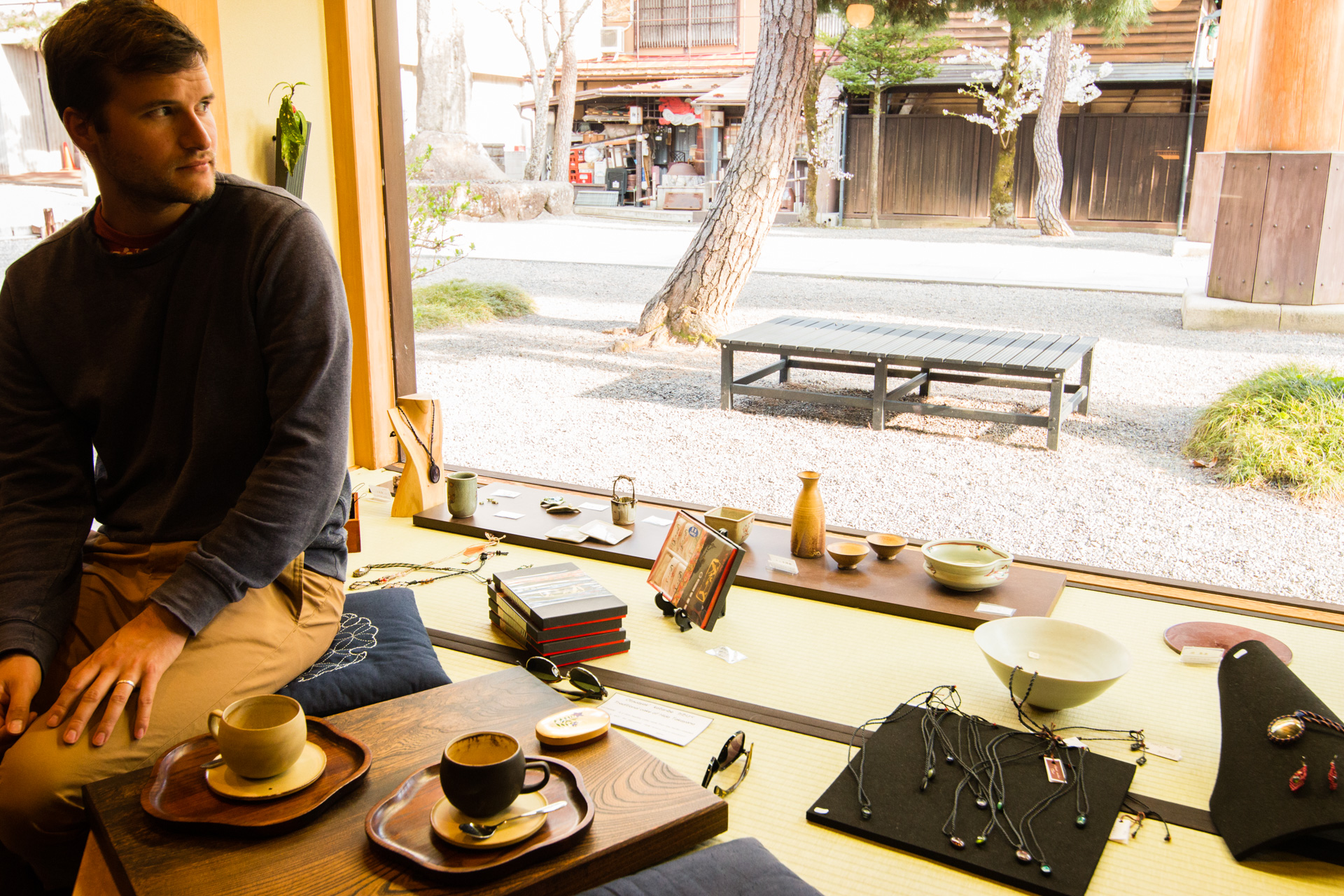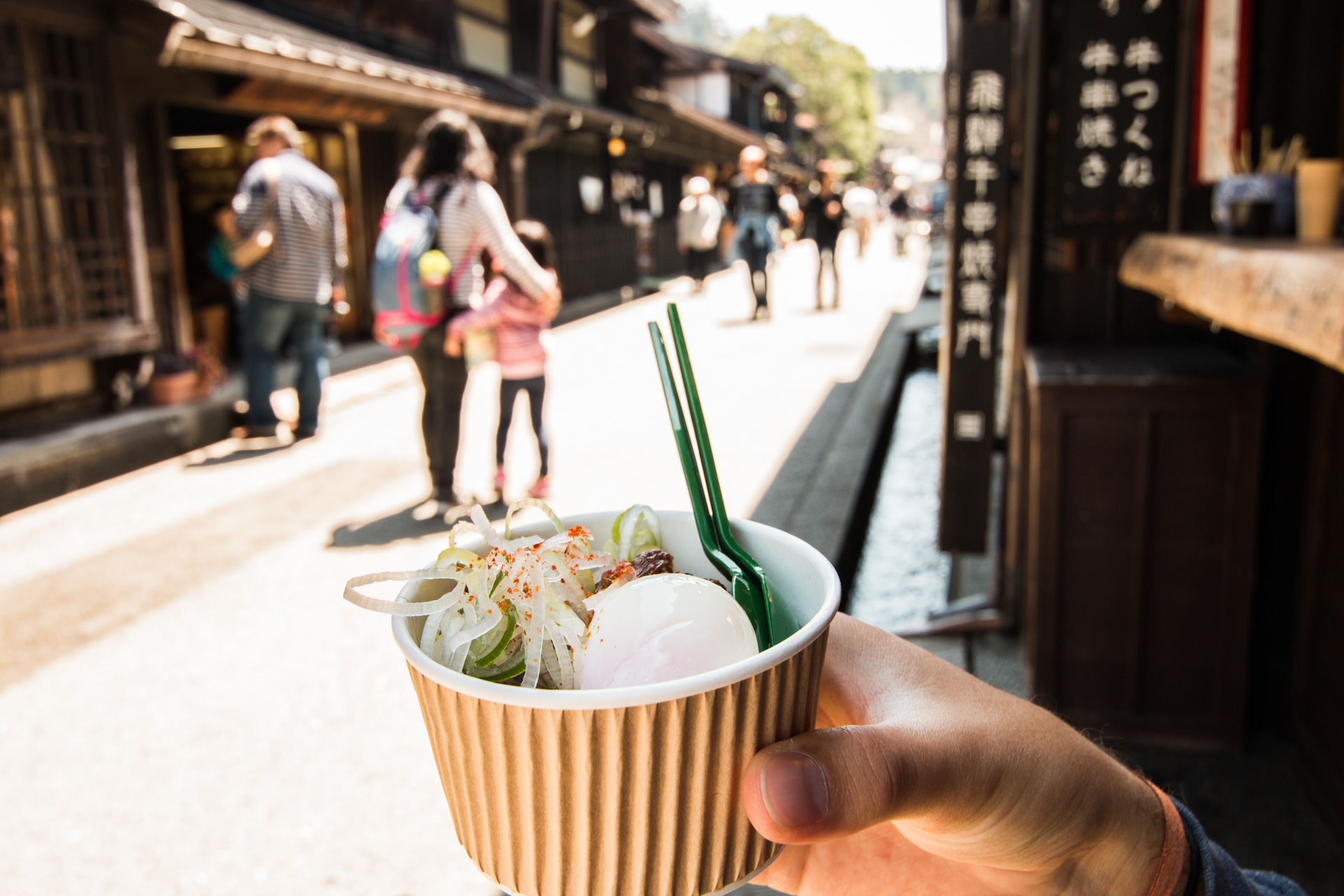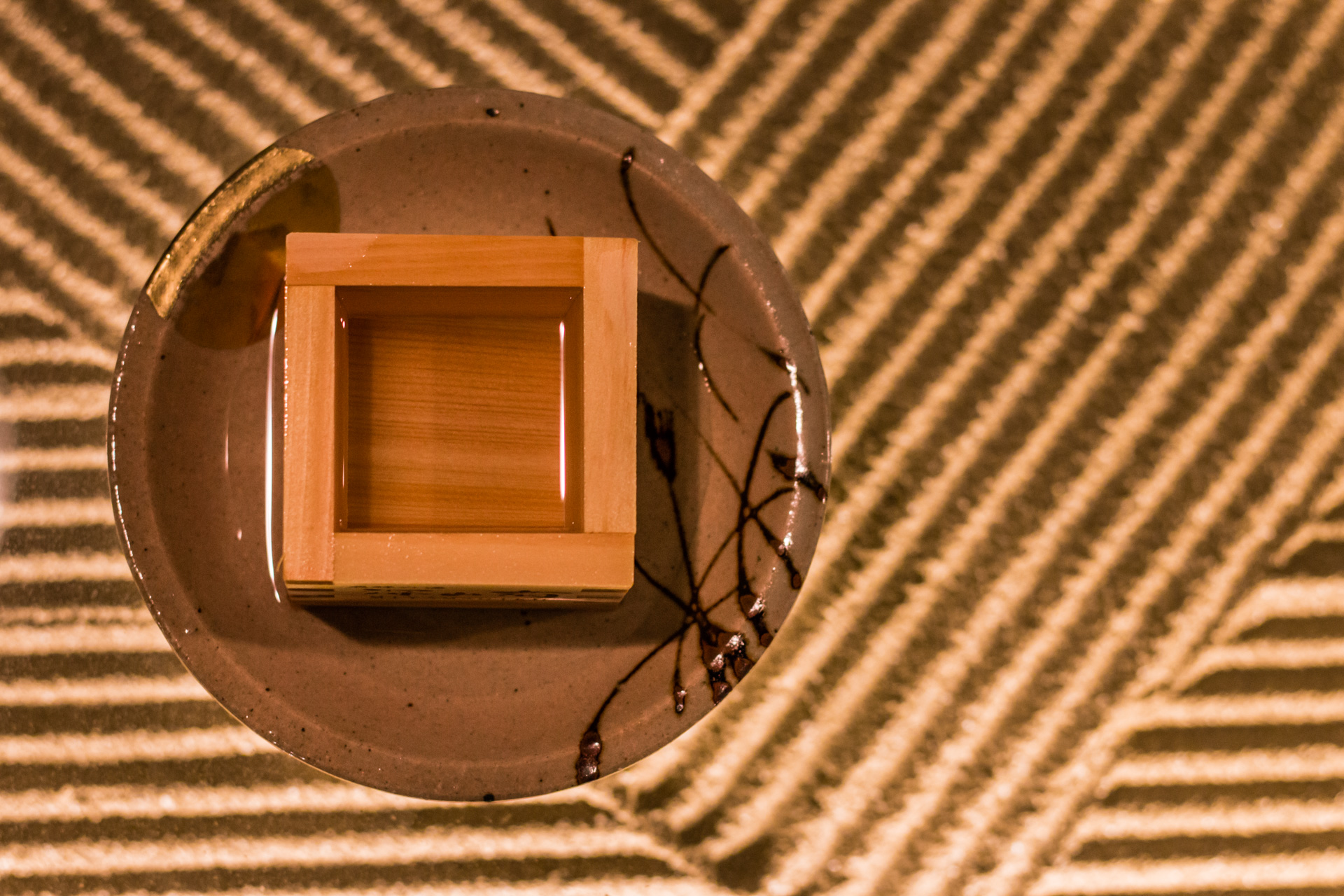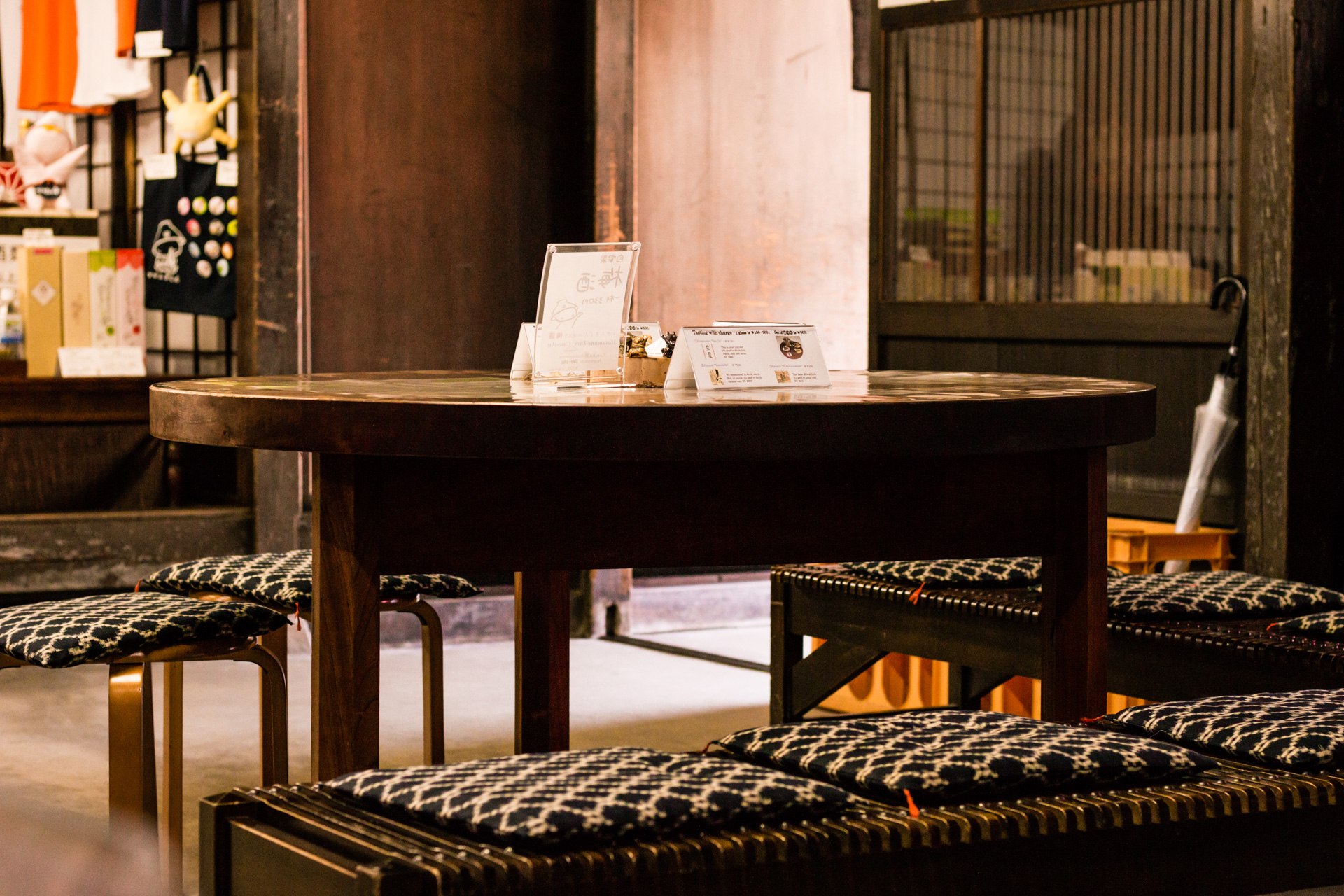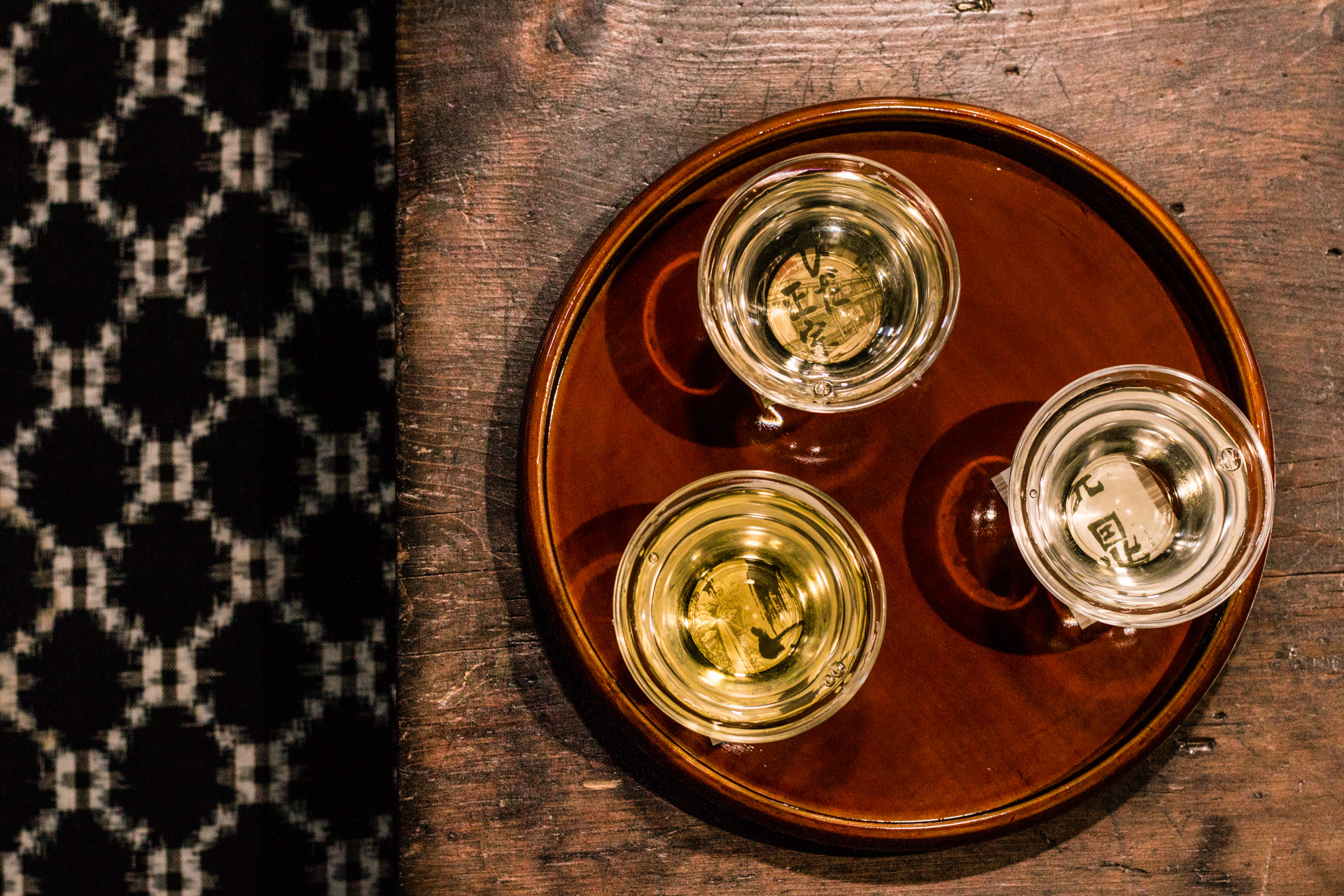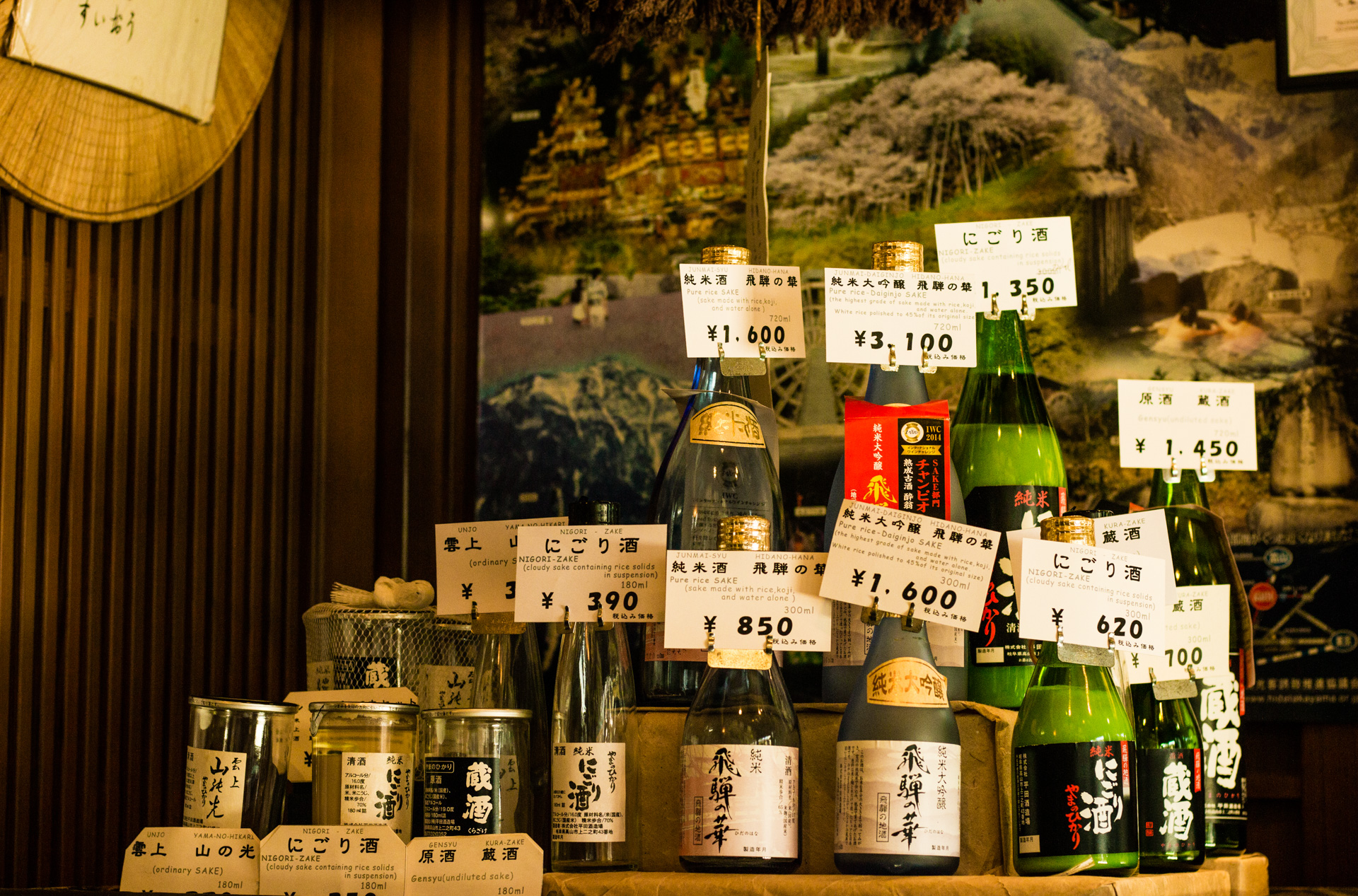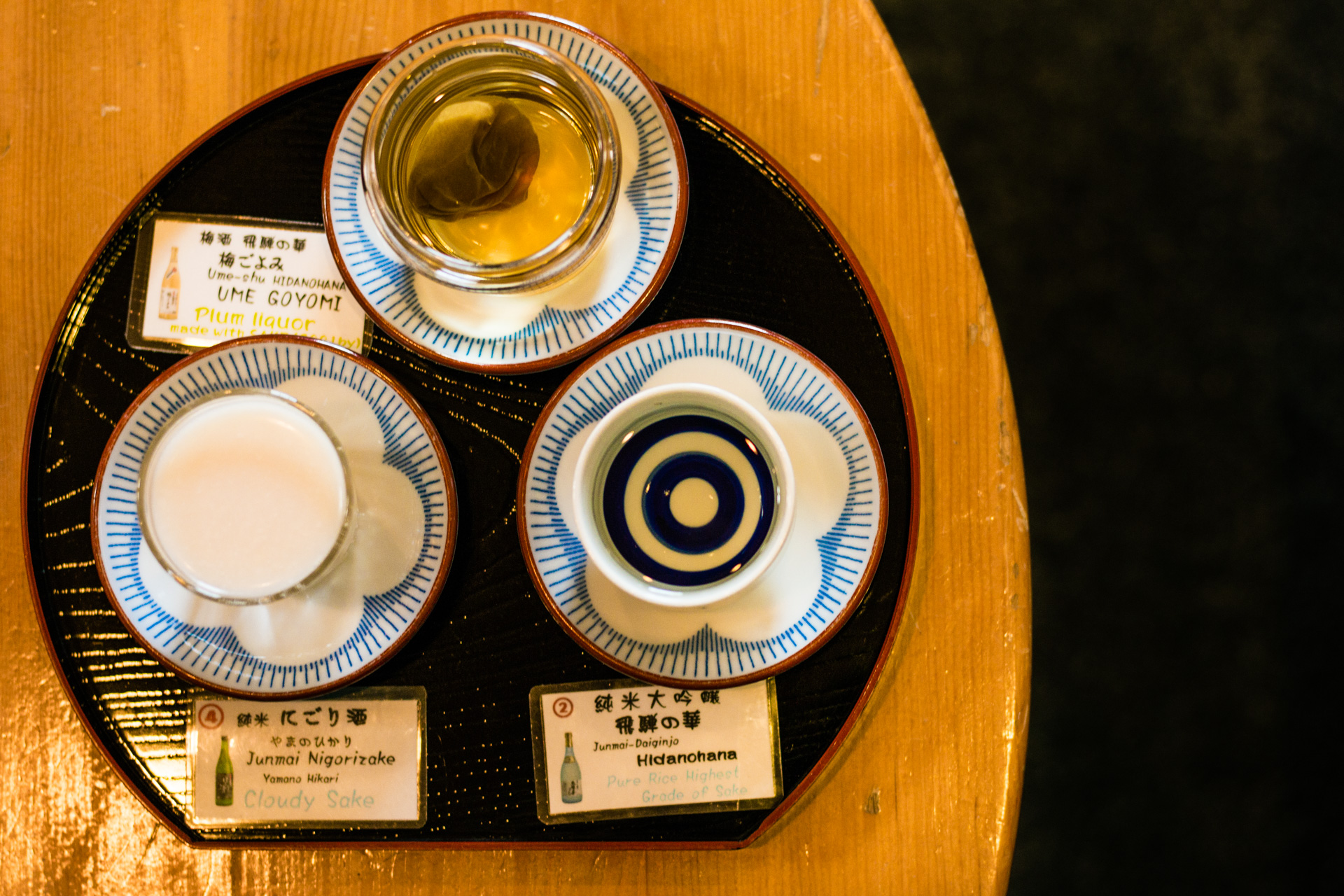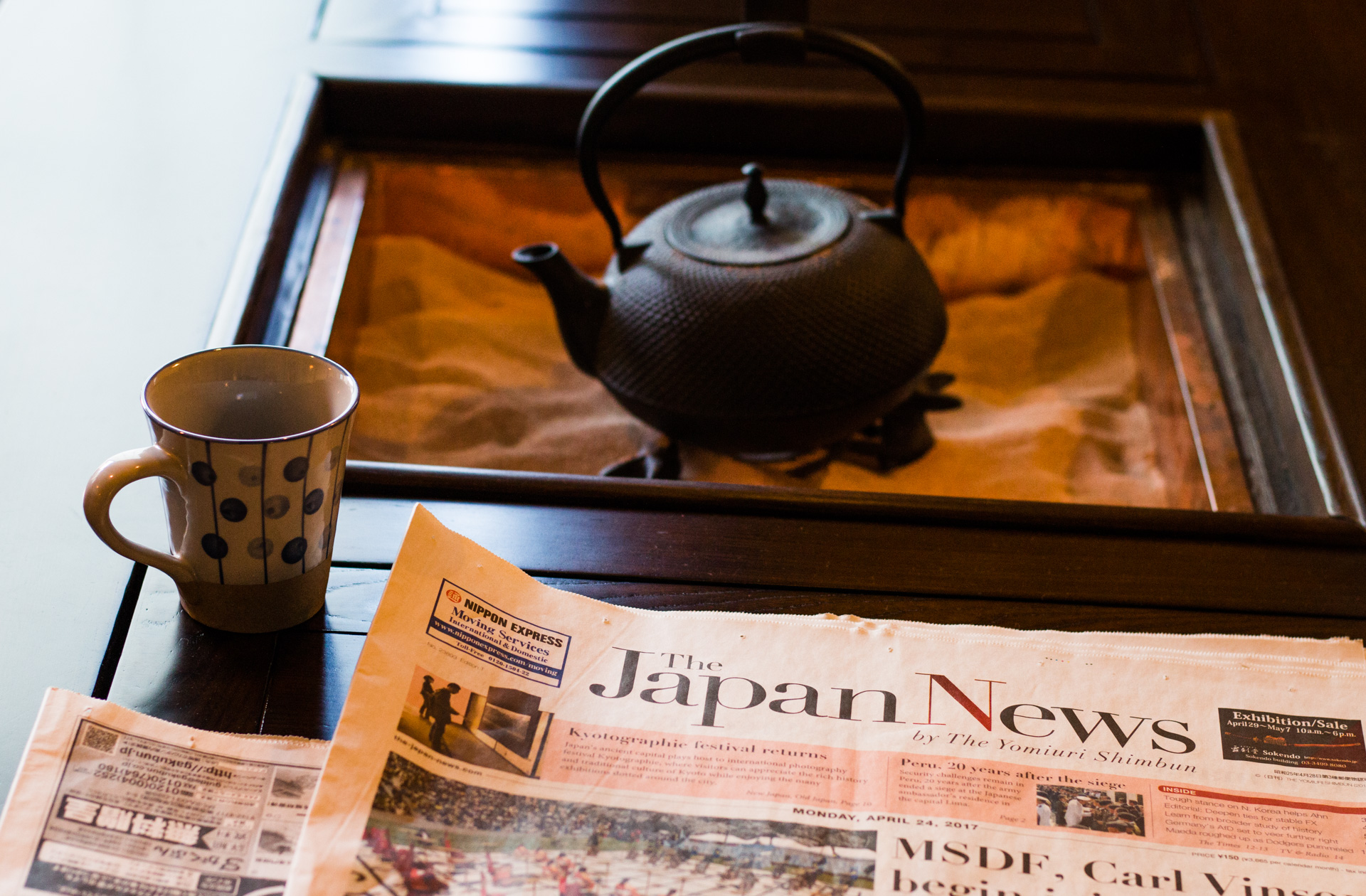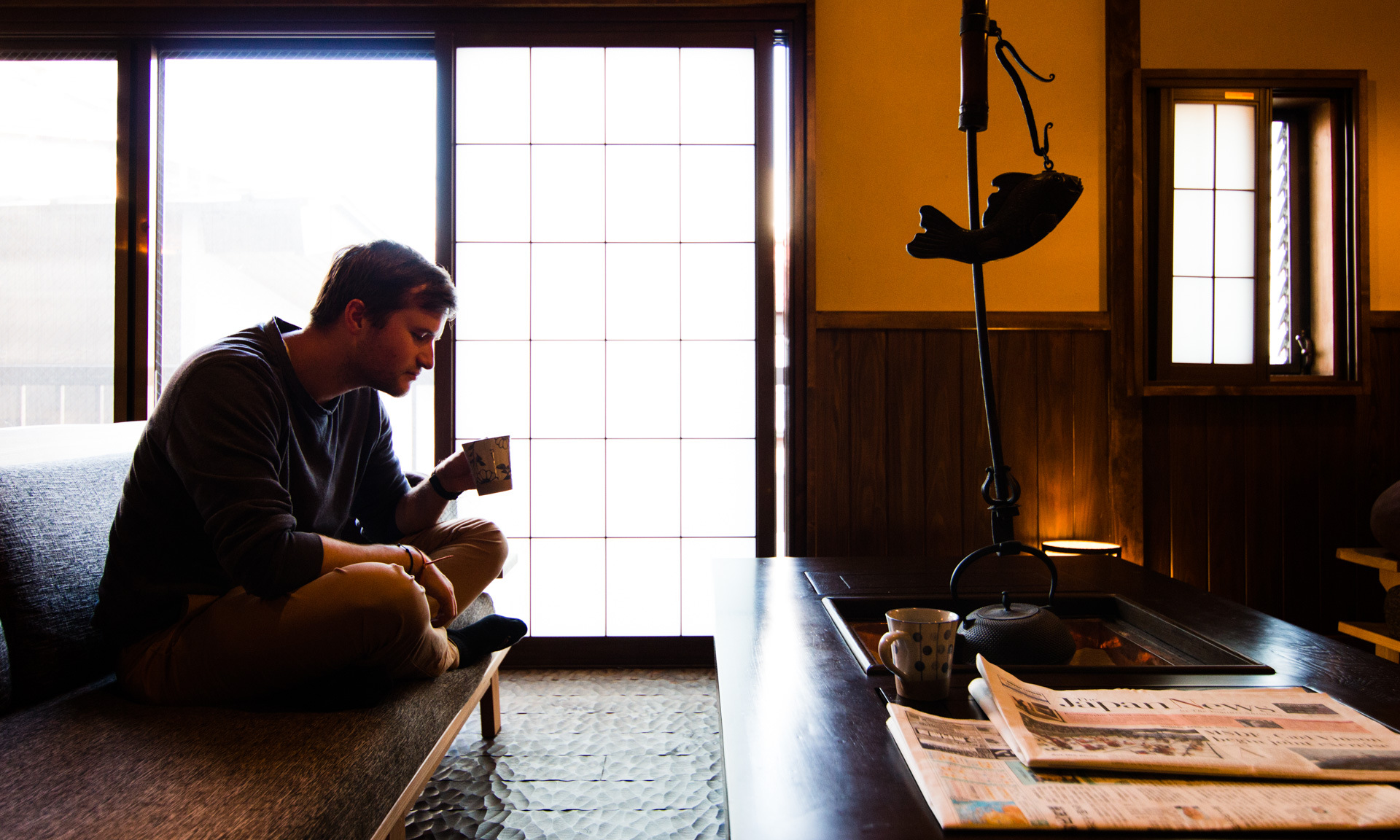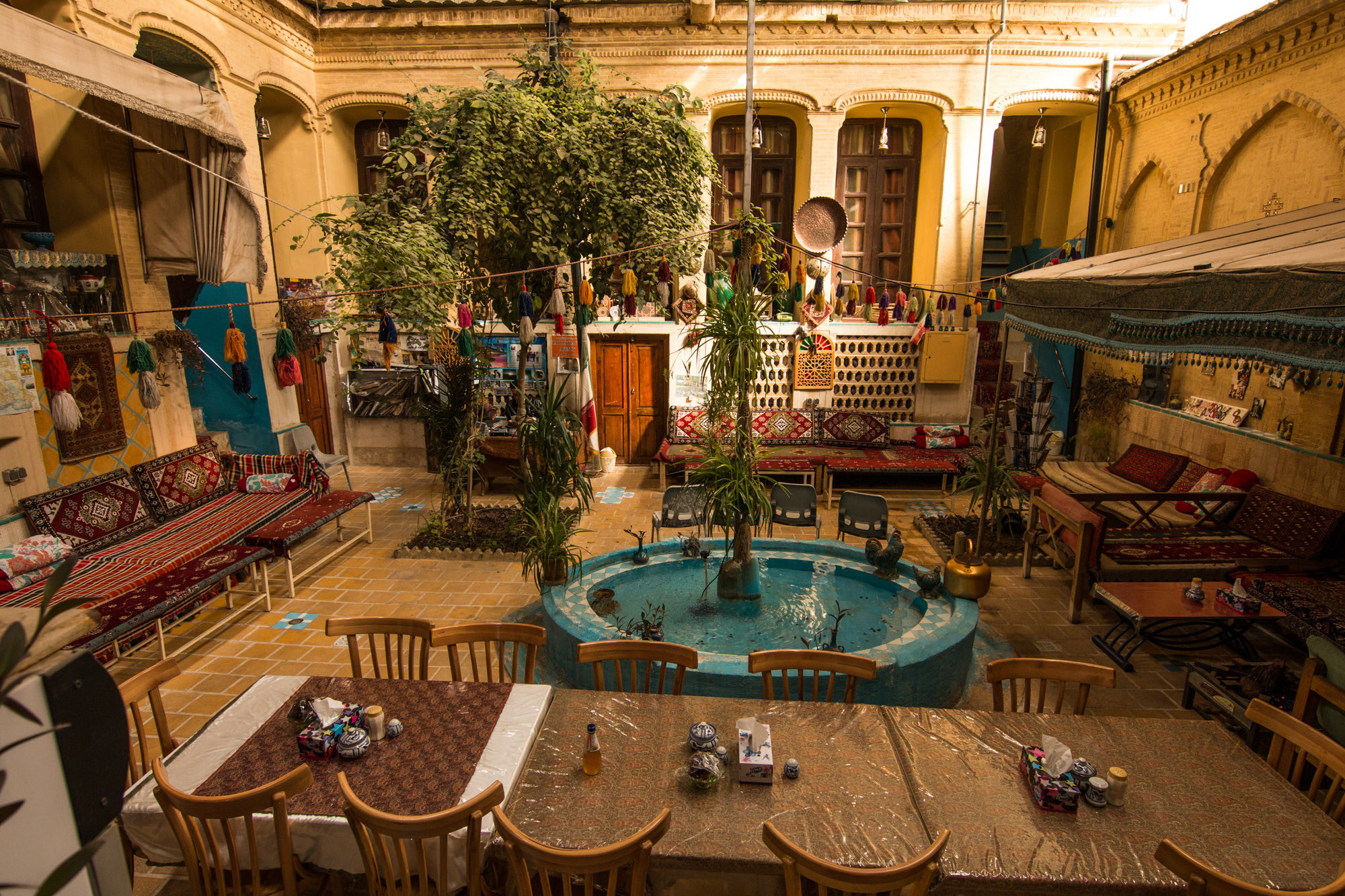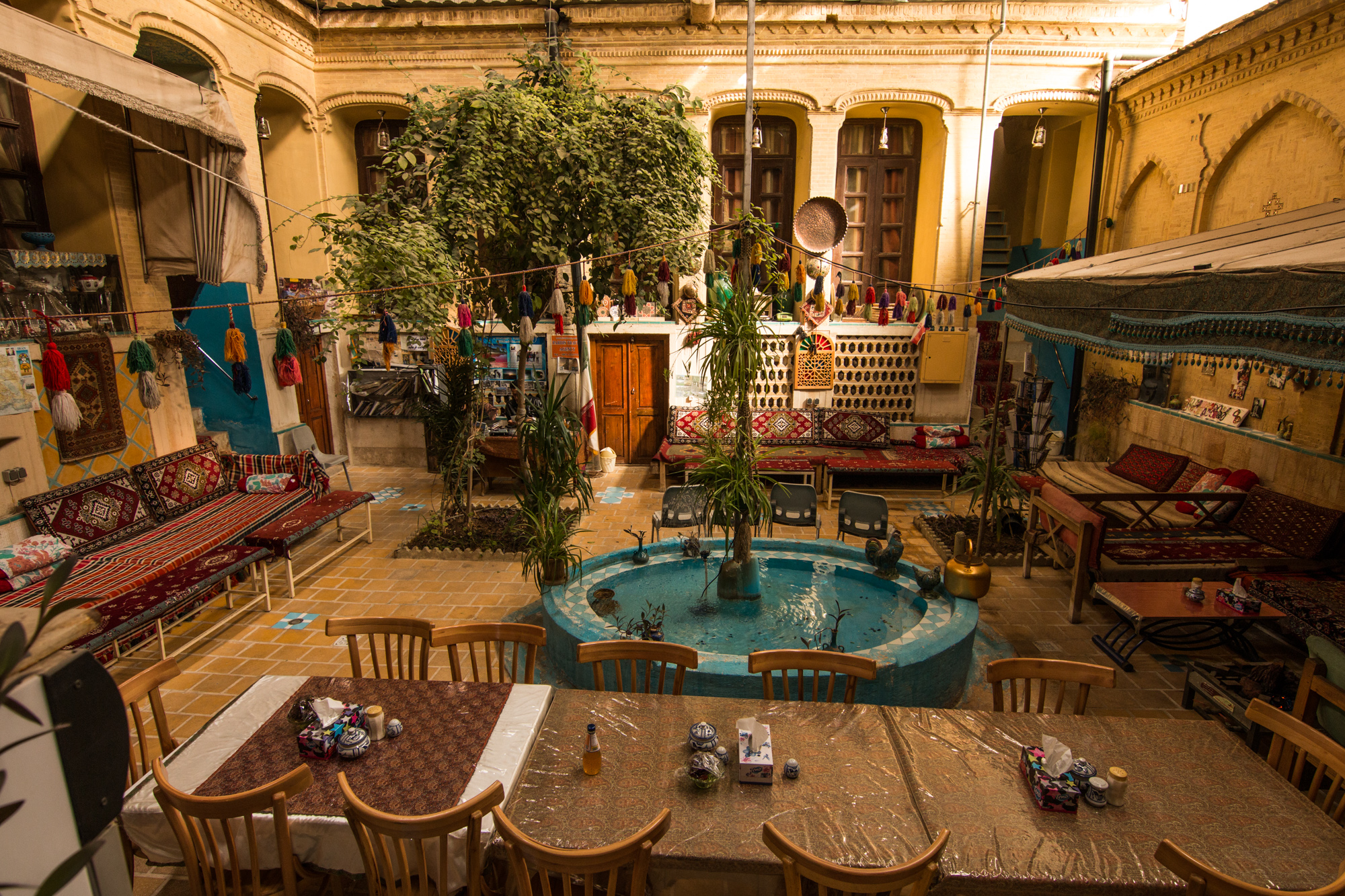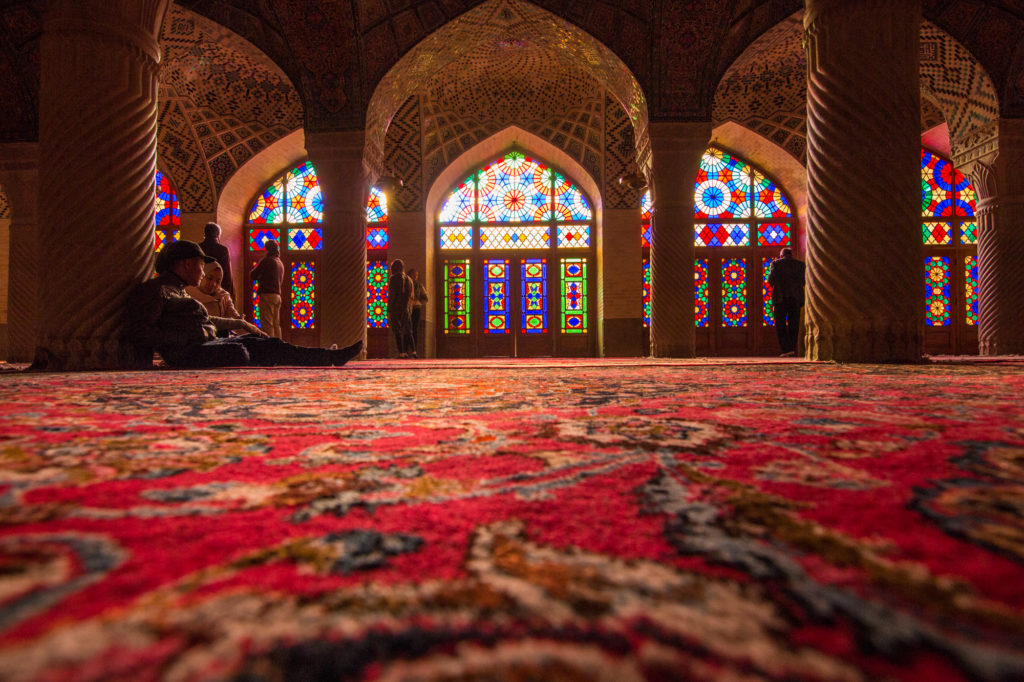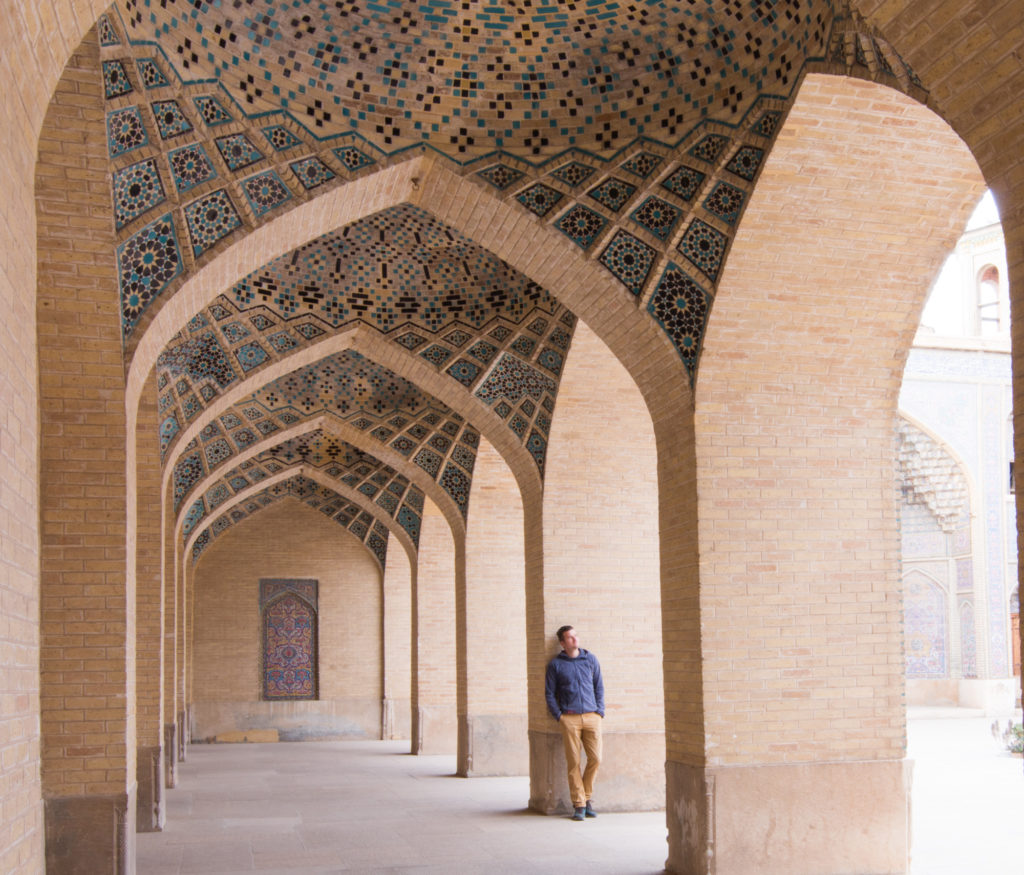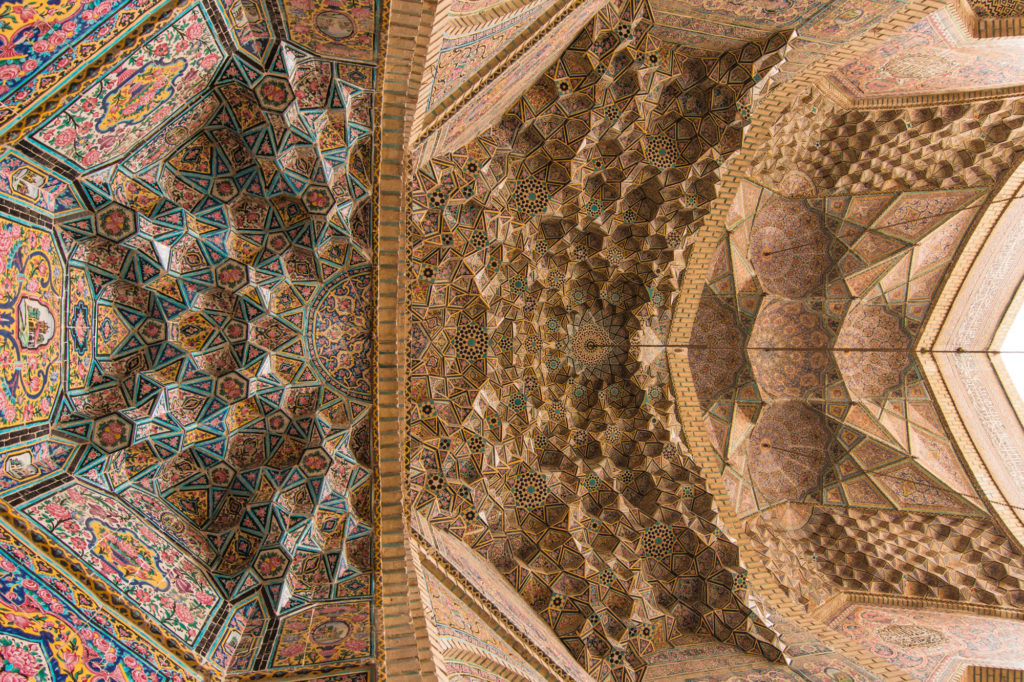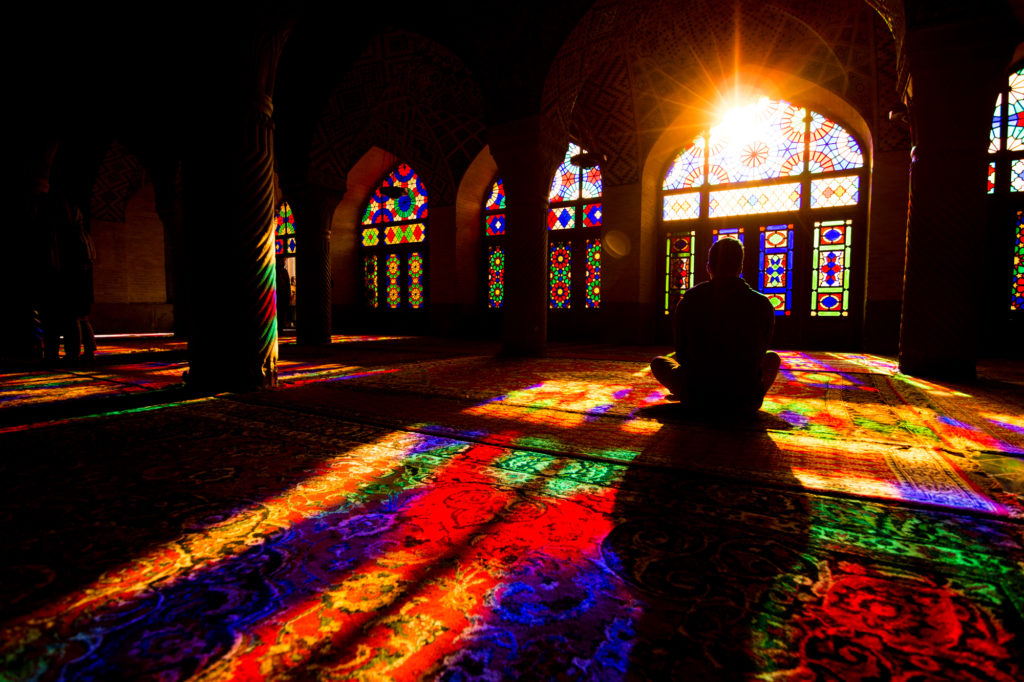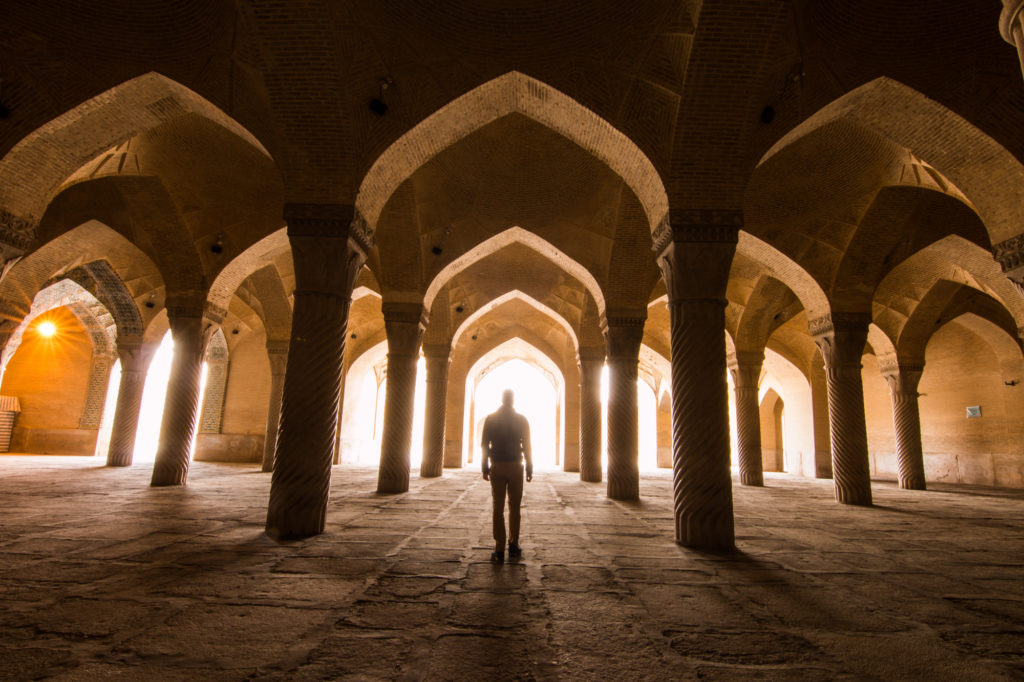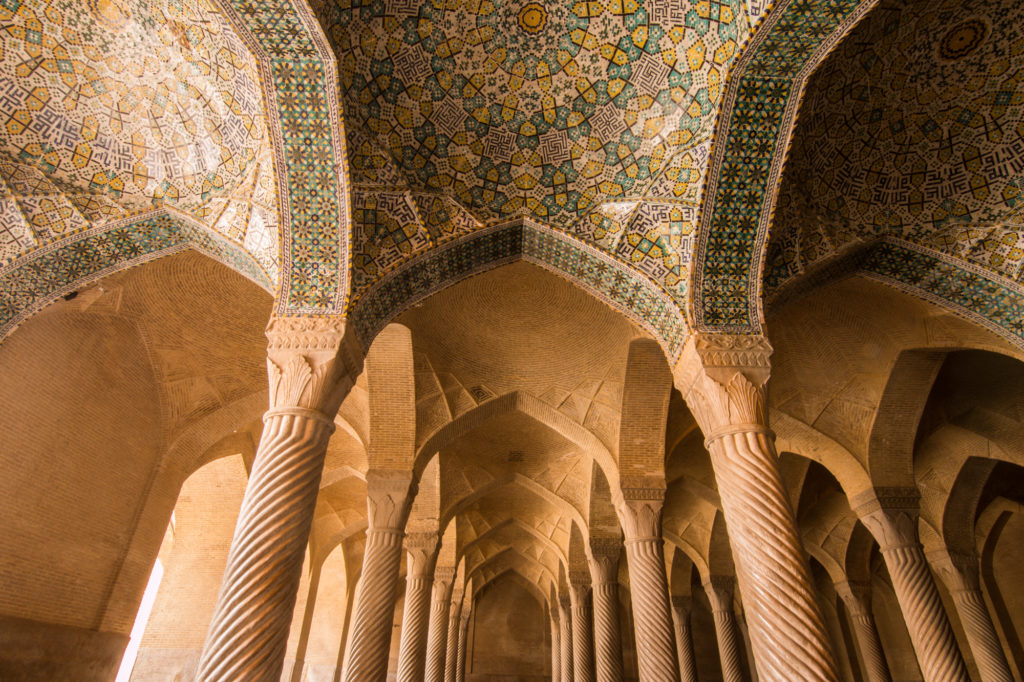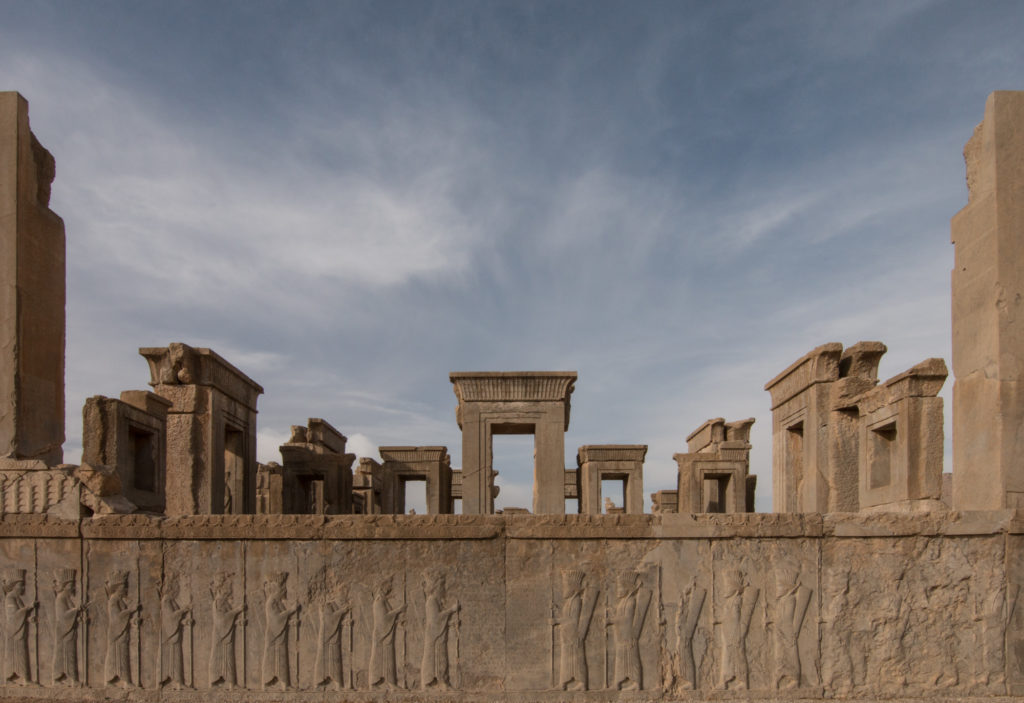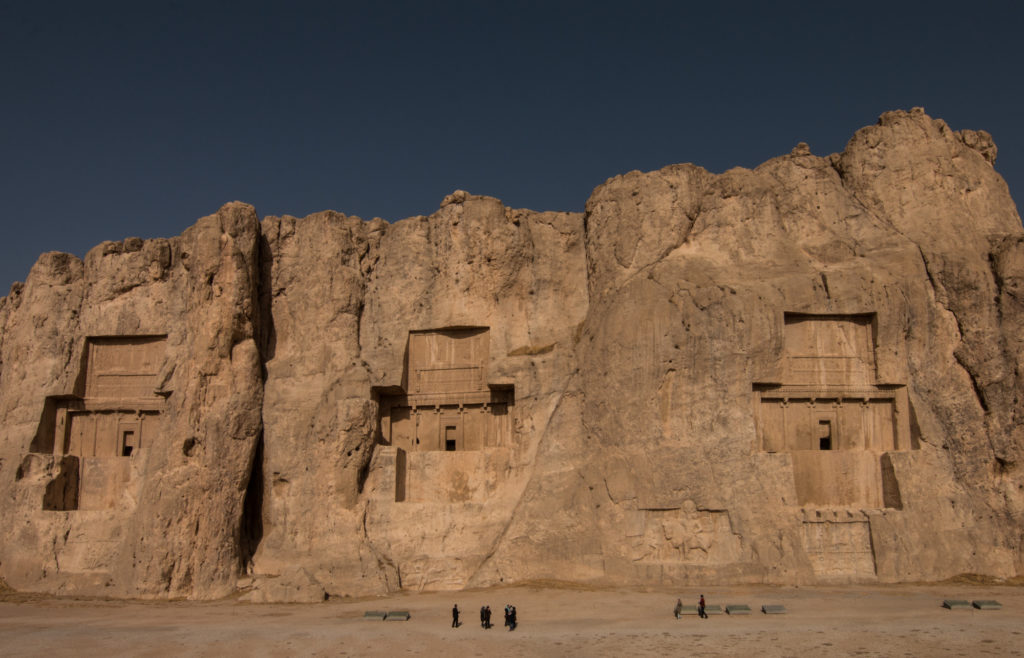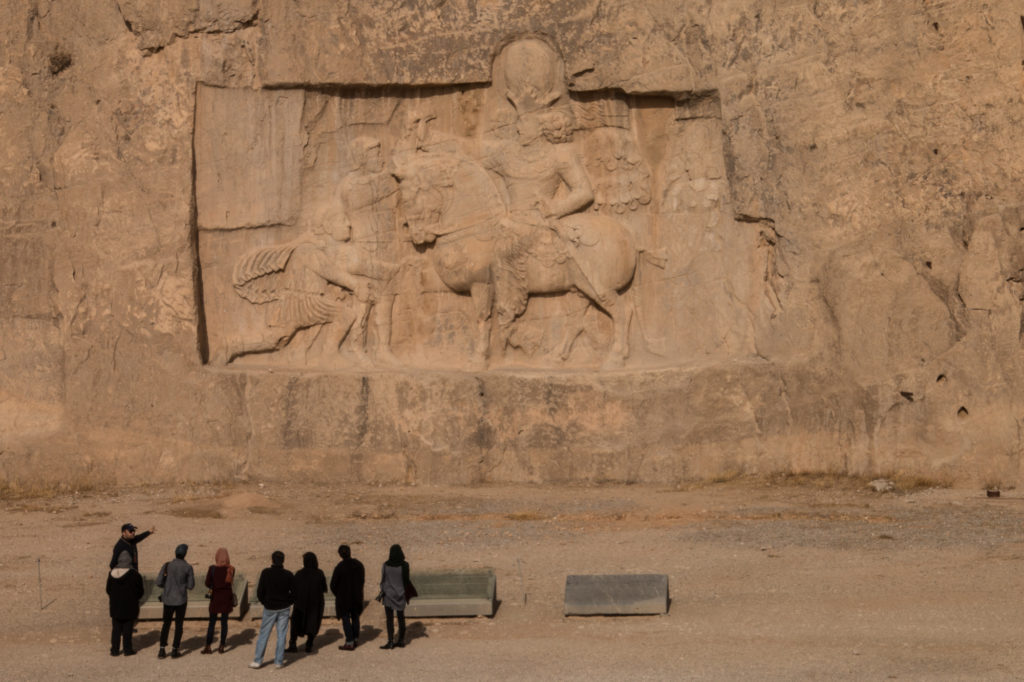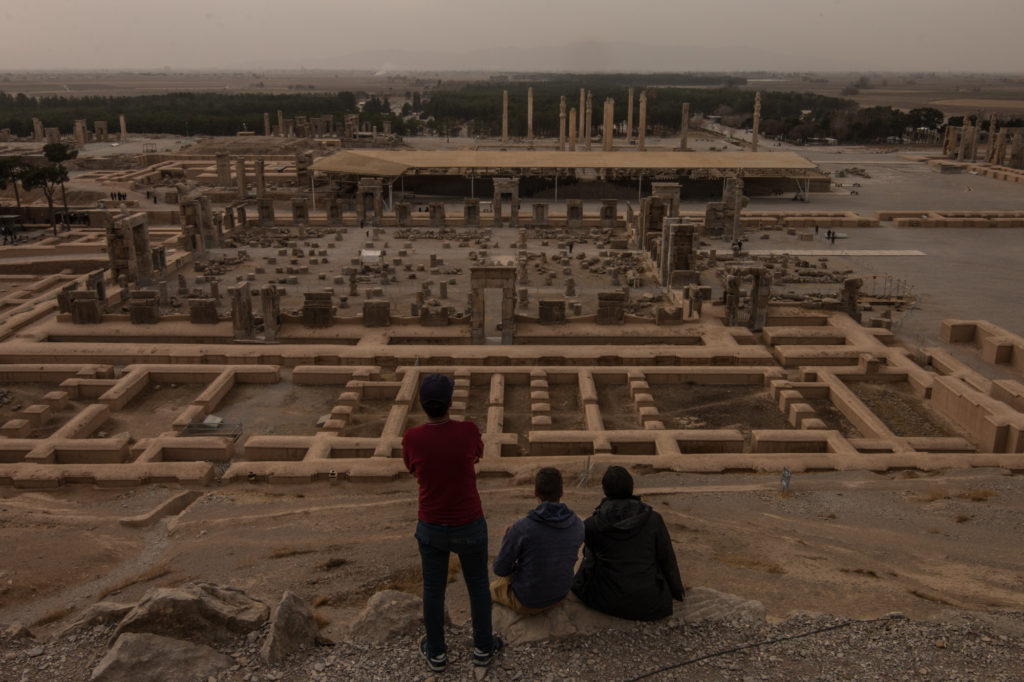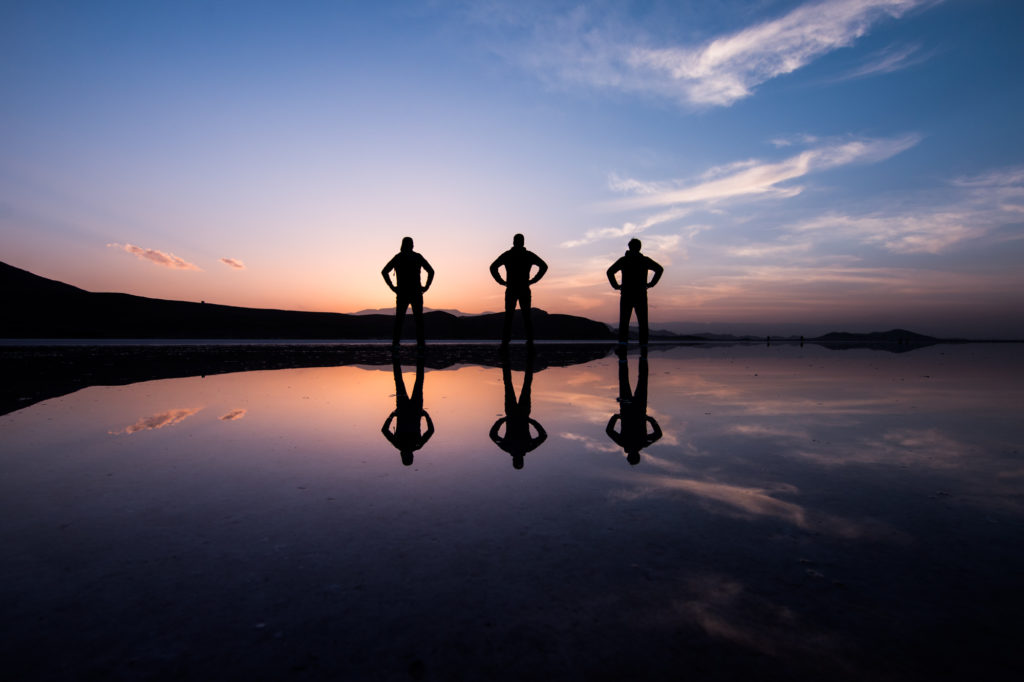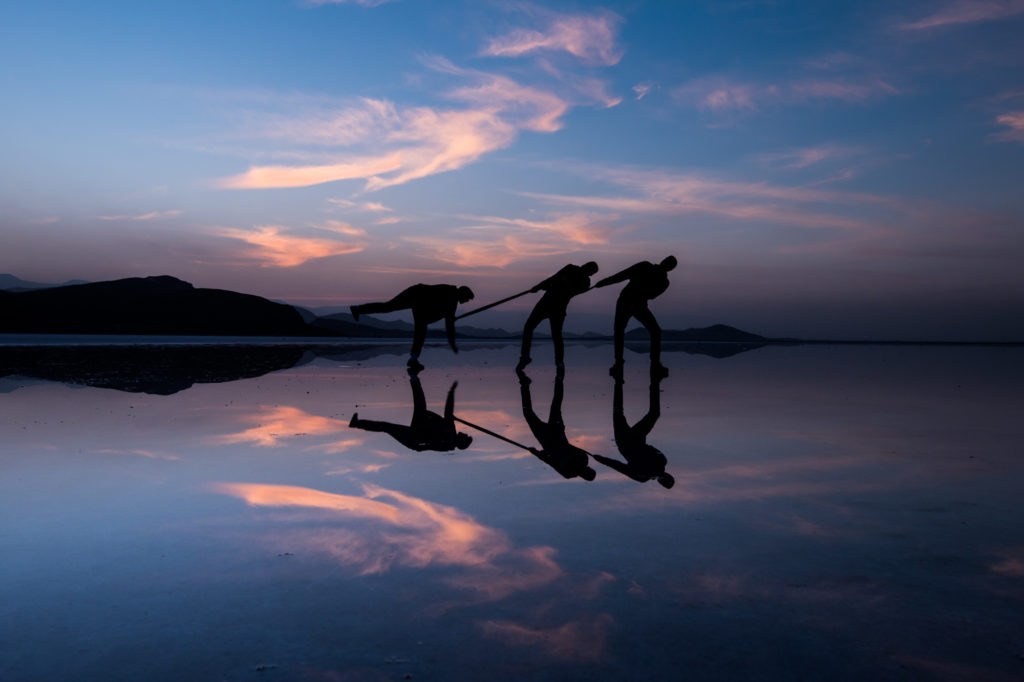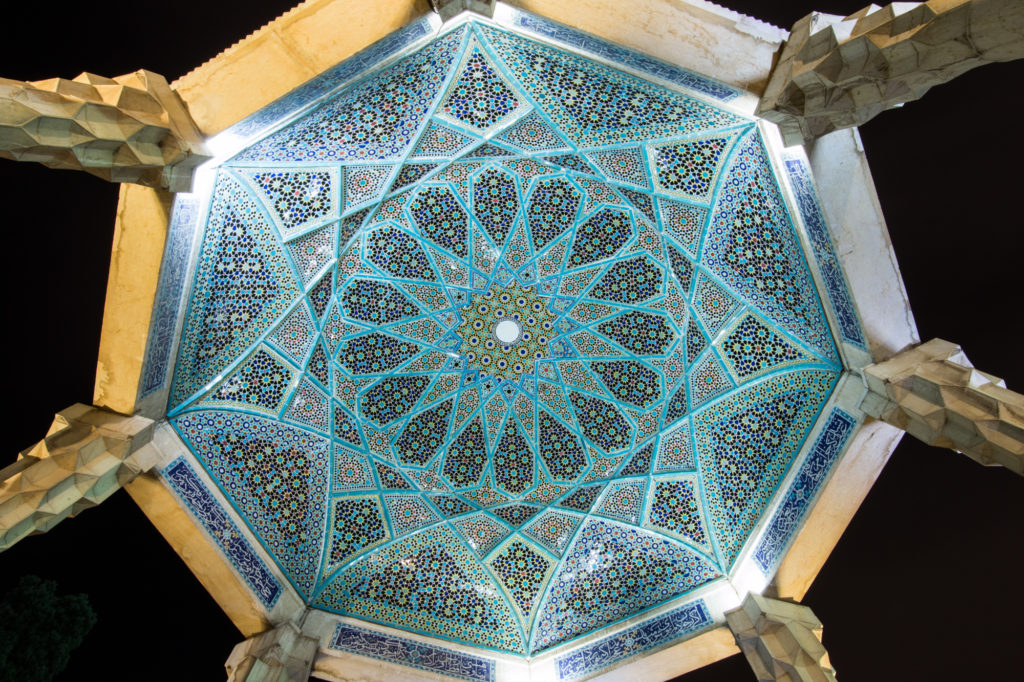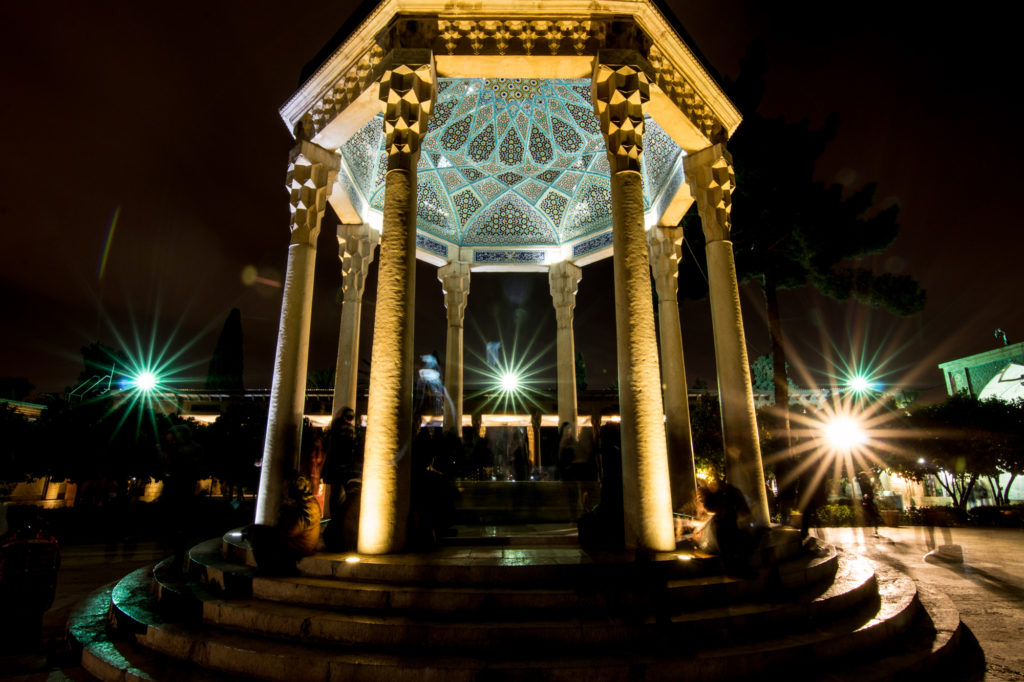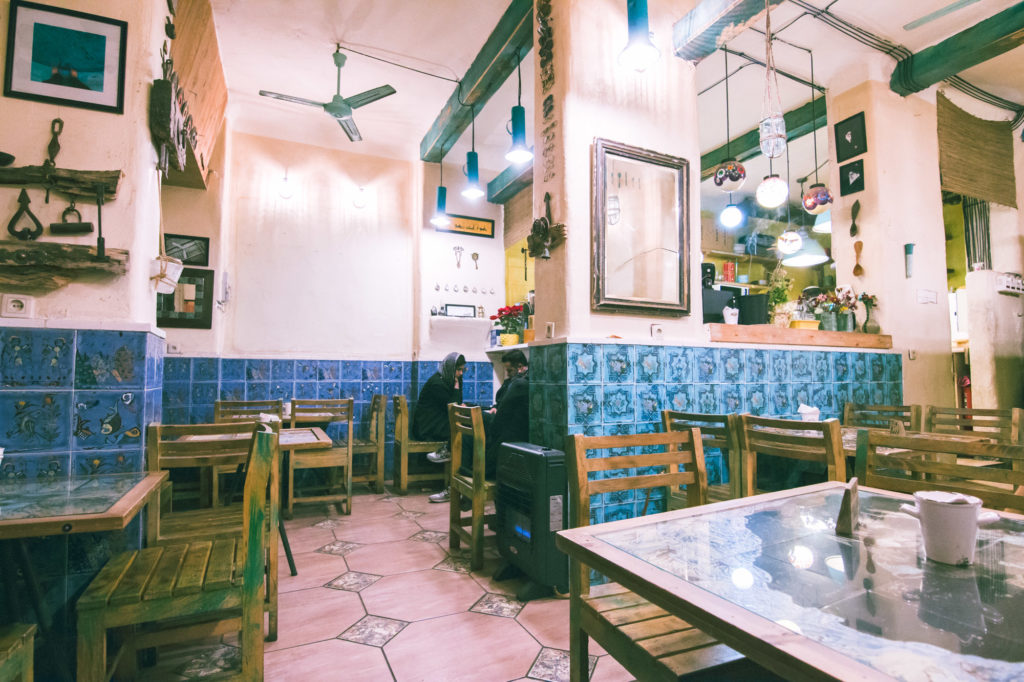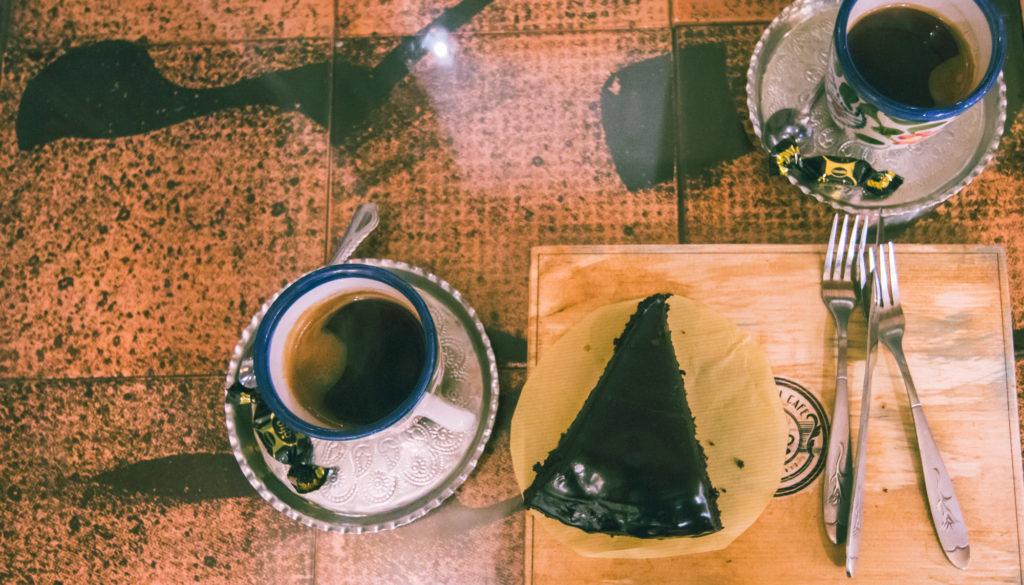On paper Delft should be the Dutch number two tourist destination. It’s where Vermeer created some of his most famous paintings and it’s where the famous white and blue pottery is made.
Mentally prepared for crowds we arrive at Delft central station on Sunday morning….
-
The Central Station
Even though we came to Delft by bus we rushed to see the train station first. It’s really the best way to start the walk. Although nowadays it’s divided into an old and new part, it’s the new part that took our breath away. On the ceiling we immediately spotted panels with a massive map of Delft. It shows how the city looked in 1877. To accompany this masterpiece the columns and walls of the station contain pieces of broken Delft Blue.
-
Museum Prinsenhof Delft
From the station we headed straight to the Prinsenhof Museum which provided us with a lot of insight into the history of Holland and quite some curious facts about the Delftware. Who would have thought it all started just as a cheaper, more accessibly replicas of Chinese porcelain?!
The building was a witness of one of the most important moments in Dutch history. It’s where King Willem of Orange was assassinated. You can still see the bullet holes in the wall. There is no way you will miss it as the whole scene is being projected on the walls…
-
Oude Delft
Going out from the Prinsenhof Museum we came out on Oude Delft, the oldest canal in Delft. It was created in 1100 when the city itself didn’t even exist yet. Nowadays that’s where the most monumental houses are situated. Every single one of them is unique and has its own story. We walked along that canal various times and on both ways. We loved it from every perspective. Don’t forget to walk till the very end of it. Not only are there plenty of charming, little bridges to cross on it but also on each end there is quite something to see. On one side it ends next to the Royal Dutch Army Museum and on the other side with the Old Church. Both of which are spectacular.
-
Lunch at Kek
An absolute must! Kek is the only busy spot that we saw in Delft, there was even a long queue to get a table. The waiting time went flying in this amazing interior and it was well worth it. Already in the door we realized we were in for something special. The interior is very green, full of plants, food and coziness. Everywhere we looked there was a little designed detail we loved. Some of those pieces you can buy directly in the café, others have info next to them to make sure you find the shop that sells them.
Not only our eyes got fed but also our bellies. Kek serves dishes from all over the world accompanied by homemade smoothies or great coffee. There is something for everyone and all of it is delicious!
-
Stroll through the center
After a great meal it’s time to burn it walking through the center. Voldersgracht is possibly the most touristic part of the old town but it’s well worth a stroll. For Vermeer lovers- that’s where the Vermeer center is located. We have to admit we were not convinced enough by its content to visit.
Just around the corner there is the heart of the city, the main square with the City Hall. For those who would like a beer or more coffee… there is plenty of lively cafes, restaurants and bars over there.
If you come during the summer and it’s not raining we would recommend stopping at the Beestenmarkt Square. It’s where all the restaurants put tables outside under some trees.
-
The Eastern Gate
It’s the only city gate still standing in Delft. It dates back to 1400. Not only is there a beautiful street leading towards it but also the Towers themselves are magnificent. I got a bit jealous that someone can call it home since it’s partially a residence, partially an art gallery.
TIP! For the best views on the Gate head to the other side of the river, where there are some benches to enjoy the sights in peace. The exact location is indicated on the map below
How to get to Delft?
Delft is just an hour away on a train from Amsterdam. You can easily check the timetables on google.
We decided to go to Delft from The Hague which was just a 15-20 min tram ride.
Where to sleep?
We really wanted to stay somewhere special and still be able to afford a living at the end of the month. We really couldn’t find a place like that in Delft so we decided to go for a hotel in The Hague. It was one of the most incredible stays we have ever had. Hotel Indigo is a brand new pearl, situated in plain center of the city. The hotel itself is worth a visit as such. It used to be an old bank and the designers embraced the idea. It’s a very modern but cosy interior with elements of an old bank. The bar in each room is in a safe, the pub in the basement is in an old vault and it features massive doors that once guarded gold and money. The past is warmly recalled on the pictures hanging on the walls. Highly recommendable stay!
